Apple will let you port Google Chrome extensions to Safari
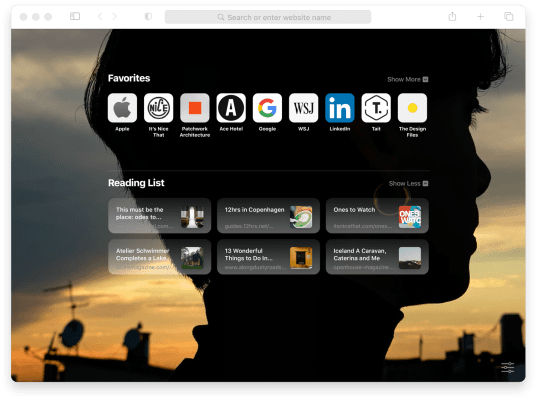
Apple unveiled macOS 11 Big Sur earlier this week and talked about some of the improvements for Safari. In addition to native extensions, Apple is adding support for web extensions. It’s going to make it much easier to port an existing extension from Chrome, Firefox or Edge.
The company shared more details about how it’s going to work in a WWDC session . Safari already supports extensions, but if you’re using Safari, you know that there aren’t a ton of extensions out there.
On iOS and macOS, you can install content blockers and apps that feature a share extension. Content blockers let you provide a list of content to block when you load web pages, such as trackers and ads.
Share extensions let you add features in the share menu in Safari. For instance, Pocket or Instapaper take advantage of share extensions to run JavaScript on a web page and return the result to the app.
On macOS, developers can also take advantage of app extensions. 1Password uses that to integrate its password manager with Safari.
“These are great if you’re a native app developer already familiar with Swift or Objective-C,” Safari engineer Ellie Epskamp-Hunt said.
Other browsers have taken a different approach. They leverage web technologies, such as JavaScript, HTML and CSS. That’s why Apple is adding another type of extension with Safari Web Extensions.
Like other Safari extensions, web extensions designed for Safari are packaged with native apps. It means that developers will submit extensions to the App Store. Users will download an app that comes with an extension. The app doesn’t have to do anything, it can just be a place holder.
Apple is shipping an extension converter to let you port your extension quickly. When you run it, it’ll tell you if everything is going to work as expected. You can then package it in an Xcode project, sign it and submit it to the App Store.
Some extensions require a ton of permissions. They can essentially view all web pages you visit. That’s why Apple lets you restrict extensions to some websites, or just the active tab. You can also choose to activate an extension for a day so that it doesn’t remain active forever.
The user will get a warning sign the first time an extension tries to access a site and there will be a big warning banner in Safari settings before you activate an extension that can access all your browsing data.
This change could potentially mean that there will be a lot more extensions for Safari in the future. Many Chrome users don’t want to leave Chrome because they can’t find the same extensions. If developers choose to port their extensions to Safari, Apple could convince more users to switch to Safari.
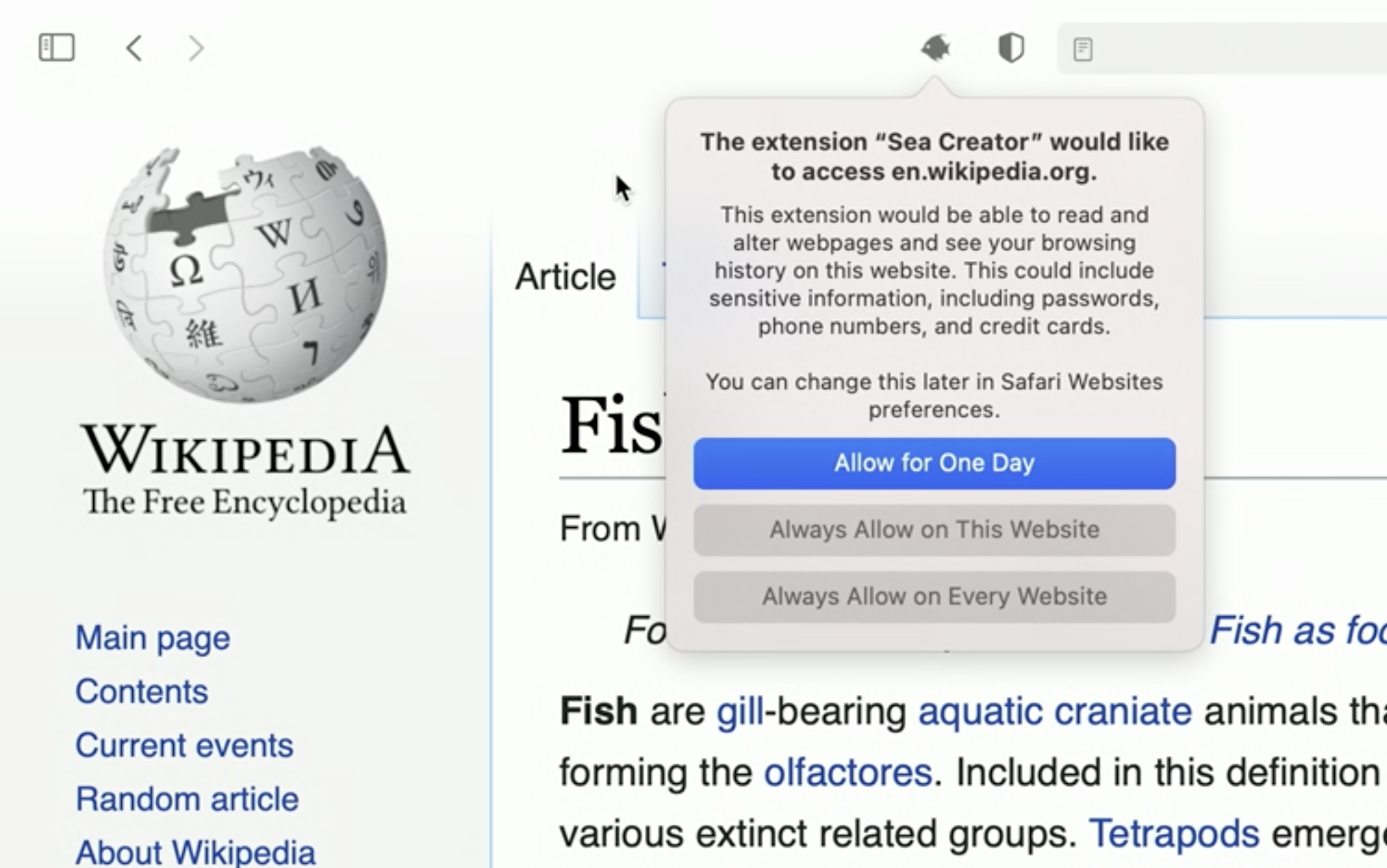
- PRO Courses Guides New Tech Help Pro Expert Videos About wikiHow Pro Upgrade Sign In
- EDIT Edit this Article
- EXPLORE Tech Help Pro About Us Random Article Quizzes Request a New Article Community Dashboard This Or That Game Popular Categories Arts and Entertainment Artwork Books Movies Computers and Electronics Computers Phone Skills Technology Hacks Health Men's Health Mental Health Women's Health Relationships Dating Love Relationship Issues Hobbies and Crafts Crafts Drawing Games Education & Communication Communication Skills Personal Development Studying Personal Care and Style Fashion Hair Care Personal Hygiene Youth Personal Care School Stuff Dating All Categories Arts and Entertainment Finance and Business Home and Garden Relationship Quizzes Cars & Other Vehicles Food and Entertaining Personal Care and Style Sports and Fitness Computers and Electronics Health Pets and Animals Travel Education & Communication Hobbies and Crafts Philosophy and Religion Work World Family Life Holidays and Traditions Relationships Youth
- Browse Articles
- Learn Something New
- Quizzes Hot
- This Or That Game New
- Train Your Brain
- Explore More
- Support wikiHow
- About wikiHow
- Log in / Sign up
- Computers and Electronics

3 Ways to Use Extensions for Chrome on an iPad
Last Updated: July 1, 2023 Fact Checked
Can you install Chrome extensions on an iPad?
Chrome remote desktop, safari extensions, orion browser.
This article was written by Luigi Oppido and by wikiHow staff writer, Nicole Levine, MFA . Luigi Oppido is the Owner and Operator of Pleasure Point Computers in Santa Cruz, California. Luigi has over 25 years of experience in general computer repair, data recovery, virus removal, and upgrades. He is also the host of the Computer Man Show! broadcasted on KSQD covering central California for over two years. This article has been fact-checked, ensuring the accuracy of any cited facts and confirming the authority of its sources. This article has been viewed 56,017 times.
Want to use a certain Chrome extension on your iPad instead of on your computer? While you can install Safari extensions on your iPad or iPhone, there's no official way to download or install Chrome or Firefox extensions on iOS. However, you can use some clever workarounds to access your Chrome extensions on your iPad without installing them on Chrome directly. This wikiHow article will teach you three simple ways to install and use Chrome extensions on any iPad.
Things You Should Know
- Use Chrome Remote Desktop to access your PC or Mac's Chrome extensions on your iPad.
- You can install Chrome extensions with Orion, a free alternative browser.
- Safari allows extensions, so check for Safari versions of your favorite Chrome extensions.

- While there was a workaround that involved porting Chrome extensions to Safari using Xcode on your Mac, this workaround relied on early versions of macOS, Xcode, and iOS to work. For now, the workarounds we cover in this article are the only options that we can confirm do work.

- On your home computer, go to https://remotedesktop.google.com/access in Chrome.
- Click the Download icon (an arrow pointing downward over a horizontal line), and then click Add to Chrome on the Chrome Remote Desktop page.
- Follow the on-screen instructions to install.

- As long as your computer is connected to the internet, you'll be able to use Chrome and its extensions from your iPad no matter where you are.

- Click the blue Turn On button.
- Type a name for your computer and click Next .
- Create a numeric PIN (at least 6 numbers).
- Click Start . Chrome Remote Desktop is now active.

- If you're away from your computer and it's not showing as online, it may have gone into sleep mode. You'll need to disable Sleep Mode to keep your PC or Mac awake even when inactive.

- While you're connected, a pop-up will appear on your computer's screen that says "Your desktop is currently shared with (your Google account name)." If you want to end the connection from your computer, click Stop Sharing .

- For example, if you want to use a password manager like LastPass or 1Password, you can install a Safari extension. This will mean you'll need to switch to Safari to use the extension. [1] X Research source

- Tap See All next to "Essential Safari Extensions," "Top Free," and "Top Paid" to view lists of Safari extensions.
- Alternatively, tap Search at the bottom-right and search for safari extensions . You can also search for the name of the extension you want and "Safari extension." Just keep in mind that some regular iPad apps may show up in the search results.

- Open Settings .
- Tap Safari .
- If you installed a content-blocking extension like Adblock , you'll see it under "Allow these content blockers." Other extensions will appear under "Allow these extensions."
- Tap the switch next to an extension to enable it.
- Once enabled, your extension will be available in Safari.

- Because of Apple's API limitations, Orion cannot run all Chrome extensions. [3] X Research source
- Orion also has other features, including ad-blocking and tracking protection.

- Once enabled, a new Extensions menu will be added to the main three-dot menu.

- If you install the uBlock Origin extension, disable Orion's built-in content blocker. Otherwise, uBlock won't work properly. [4] X Research source Go to Settings > Content Blockers and tap the "Other websites" switch to turn it off.
- Some extensions may install without trouble but won't work properly once installed. If you run into this problem, there might be a Firefox version of the extension that works. Enable Firefox extensions (in Settings ) and then go to https://addons.mozilla.org to install Firefox add-ons.
Expert Q&A
You might also like.

- ↑ https://support.1password.com/getting-started-safari-ios/
- ↑ https://support.apple.com/guide/iphone/get-extensions-iphab0432bf6/ios
- ↑ https://help.kagi.com/orion/browser-extensions/ios-ipados-extensions.html
- ↑ https://help.kagi.com/orion/browser-extensions/ublock-origin.html
About This Article

- Send fan mail to authors
Is this article up to date?

Featured Articles

Trending Articles

Watch Articles

- Terms of Use
- Privacy Policy
- Do Not Sell or Share My Info
- Not Selling Info
wikiHow Tech Help Pro:
Level up your tech skills and stay ahead of the curve
Use Safari extensions on your Mac
Safari extensions enhance and customize the browsing experience on your Mac. Here's how to install them, uninstall them, or share them across devices.
Safari extensions add functionality to Safari, so you can explore the web the way you want. Extensions can show helpful information about a webpage, display news headlines, help you use your favorite services, change the appearance of webpages, and much more. Extensions are a great way to personalize your browsing experience.
Install extensions
Turn on extensions, turn off extensions, uninstall extensions, share extensions across devices.
Use the App Store to conveniently download and install Safari extensions. All extensions in the App Store are reviewed, signed, and hosted by Apple for your security, and they're automatically kept up to date.
Start by installing the latest macOS updates to make sure that Safari is up to date. You need Safari 12 or later to get Safari extensions from the App Store.
Open Safari and choose Safari > Safari Extensions from the menu bar.
The App Store opens to the Safari Extensions page. To download and install an extension, click Get or click the price. You might be asked to sign in with your Apple ID.
Click Install.
After the extension is installed, click Open and follow the onscreen instructions provided by the extension.
After installing an extension, follow these steps to turn it on.
Choose Safari > Settings (or Preferences).
Click Extensions.
Select the checkbox next to the extension's name. Learn what to do if you can't turn on extensions .
If you're browsing privately, or using a profile or web app
When browsing in a private window in macOS Sonoma or later, all extensions that require website access are turned off by default. To use an extension when browsing privately:
Choose Safari > Settings.
Select the extension in the sidebar, then select “Allow in Private Browsing” on the right.
Whether or not you're browsing privately, you can also restrict the extension's access to certain websites. Click the Edit Websites button to view the extension in Websites settings. From there you can allow access, deny access, or require that websites ask you for access.
When using Safari profiles , extensions for the default profile are managed in the main Extensions tab of Safari settings. Extensions for other profiles are managed in the Profiles tab, which has its own Extensions tab for each profile. By default, extensions are turned off for each new profile.
Choose Safari > Settings (or Preferences), then click Extensions.
To turn off an extension, deselect its checkbox.
If you can't determine what an extension does, or you don't expect to use it again, you should uninstall it.
To uninstall an extension, select the extension and click the Uninstall button.
Starting with macOS Ventura, iOS 16, and iPadOS 16, you can share extensions across your Mac, iPhone, and iPad:
On your Mac, open Safari and choose Safari > Settings, then click Extensions. Select “Share across devices” at the bottom of the window.
On your iPhone or iPad, go to Settings > Safari > Extensions, then turn on Share Across Devices.
To uninstall an extension from all devices, you must uninstall it on each device.
Safari no longer supports most web plug-ins. To load webpages more quickly, save energy, and strengthen security, Safari is optimized for content that uses the HTML5 web standard, which doesn't require a plug-in. To enhance and customize your browsing experience, use Safari extensions instead of web plug-ins.
Information about products not manufactured by Apple, or independent websites not controlled or tested by Apple, is provided without recommendation or endorsement. Apple assumes no responsibility with regard to the selection, performance, or use of third-party websites or products. Apple makes no representations regarding third-party website accuracy or reliability. Contact the vendor for additional information.
Explore Apple Support Community
Find what’s been asked and answered by Apple customers.
- Product Design
- Web Development
- Mobile Development
A Step-by-Step Guide to Porting Your Chrome Extension to Safari

Apple has revealed the new macOS 11 Big Sur with the addition of new features and upgrades to the existing ones. They also added support for making it easier to port an existing extension from Chrome and other browsers. Although Safari has its own extension, it is nowhere close to the number of extensions available on Google Chrome. This accounts for the success of Chrome compared to Safari. Chrome users are not willing to migrate to Safari because they won’t find the great variety of extensions that are available on Chrome. But now that porting your Chrome extension to Safari is easy, more users will be engaged towards Safari.
Google Chrome extension is a software program that provides additional functionality to modify and improve the existing behavior of the Chrome browser. You can see Chrome extensions by entering chrome.google.com/webstore in the address bar of your web browser. There are 137,345 Chrome extensions available with millions of daily users. Chrome extensions have helped users to block ads, speed up the browser, manage websites, change browser appearances, and much more.
Safari is a web browser developed by Apple that was first introduced back in 2003 , and it became popular very quickly. It is currently supported on macOS, IOS, and iPadOS. Previously it was also supported on Windows between 2007 to 2010. Safari is also the most popular web browser in the world after Chrome, with a global market share of 19.22 percent, which means that around two in every ten people use Safari. However, in the United States, Safari has a higher market share of 35.56 percent, which means that many users in the United States prefer Safari over other browsers. It is also worth noting that Chrome maintains its highest market share globally as well as in the United States.
The reason millions of people around the world prefer Safari is that it has a nice and clean UI, moreover, it works seamlessly on all Apple devices. The Safari browser is optimized by Apple for a great performance on all iOS devices which is why a lot of Apple users use this as their default browser. However, like we mentioned before, Safari does not have a huge marketplace of extensions. And this is where porting your Chrome extensions to Safari will come really handy!
Porting Your Chrome Extension to Safari: Step-by-Step Guide
With new updates on macOS, porting your Chrome extension to Safari is going to be very easy, if you have installed Xcode 12 and Safari 14 in your Mac . Moreover, contrary to general belief, you don’t need to have an Apple Developer Program account or any development skills to do it.
Below are the steps that you need to follow for porting your Chrome extension to Safari:
- First, copy the URL of the extension from the Chrome Webstore that you are interested in migrating to Safari
- Then, go to the CRX Extractor , paste the URL in the input bar on the left and click ‘ Download’ . This will extract all the source code.
- Once it is downloaded, drag and drop the file where it says ‘ Drop .crx file here, or click the button to choose the file ’. Now your source code zip file is ready.
- Extract the zip file and open ‘Terminal’ in macOS. Here you will need to type two commands. First, to select Xcode, type sudo x-code -s <xcode app path> in the terminal.
- Then to convert your extension, type cxrun safari-web-extension-convert <extension path> . While running, choose ‘ Yes ‘ as the default option if anything comes in between. This will create and open a new extension folder in the Xcode.
- Once Xcode is opened, go to the ‘ Toolbar’ on your right and select ‘ Products’ and then click ‘ Archive’ . Doing this will run another build script.
- You will see new options popping up on your screen. Click on ‘ Distributed App’ and then select ‘ Development’ and hit ‘ Next’ .
- An option would appear prompting to choose a development team from accounts. If you have an account already, then select and press ‘ Next’ . In case you don’t have an account, you will need to create one first. Click on ‘ Add Accounts’ and Sign In to iCloud. You will see a ‘+’ sign at the bottom left of your window. Click on it and enter your ‘ Apple Id’ and hit ‘ Next’ . You can now close this window. Now you can select your new account and press ‘ Next’.
- A checkbox would appear showing two options; Select the one which says ‘ Automatically sign in ’ and hit ‘ Next’ . Here it might take some processing time.
- Now go back to your extracted folder and drag & drop the file with the ‘. app ’ extension to the Mac’s Applications folder. You may ignore the other files in the folder.
- Finally, double click the file with the ‘. app ’ extension in your Application folder and select ‘ Open and Quit Safari Extension Preferences ‘.
There you go! You have successfully ported your chrome extension to Safari.
We hope that this article helped you in porting your Chrome extension to Safari. In case it didn’t work out, we highly encourage you to go through the steps again as you might have missed something. You may also reach out to us if you have any queries.
Want to get a Custom Web Extension?
PubGENIUS is a software development firm that specializes in providing customized and high-quality web development solutions using the latest tools and technologies. We have a team of highly qualified and experienced developers who can create a professional website or a web extension based on your requirements. PubGENIUS has always followed the best development practices to ensure that our products meet the highest international standards and fulfill our clients’ expectations.
If you are looking for a professional website or extension, you may contact PubGENUIS.

- Get One: Tornado Alert Apps
- The Best Tech Gifts Under $100
Soon, Chrome Extensions May Work in Safari
No browser left behind
:max_bytes(150000):strip_icc():format(webp)/Charliesorrel-cbc2fd049a1a4c3a93335d3afd7434c3.jpg)
- University of Maryland Baltimore County
- Mobile Phones
- Internet & Security
- Computers & Tablets
- Tech Leaders
- Home Theater & Entertainment
- Software & Apps
- Social Media
- Women in Gaming
Key Takeaways
- Apple, Google, Microsoft, and Mozilla have agreed on a common standard for browser extensions.
- Apple stands to get the most from this deal.
- Browser extensions are coming to the iPad in iPadOS 15.
Soon, you’ll be able to use all those sweet Chrome browser extensions in Safari, Edge, and Firefox, and "enjoy" the handful of Safari extensions in all browsers, too.
Apple, Google, Microsoft and Mozilla have gotten together to make a common platform for browser extensions. The idea is a single extension can work in any web browser, instead of being limited to just, say, Chrome. For Chrome users, this means little—if there’s an extension you want, chances are it’s Chrome-exclusive anyway. But for Safari users, this is huge news. Especially as extensions are supported in Safari on the iPad in iOS 15.
"I would have to say that Apple probably stands to gain the most from that interoperability, given most browser plugins are built to work in either Chrome or Firefox or both already," Adam Hudnall, of 3D printing and prototyping company Recursive Dynamics , told Lifewire via email.
Under-Extended
Last year, Apple opened Safari’s extensions to use the same technologies as Chrome extensions: JavaScript, HTML, and CSS, aka standard web technologies. In theory, developers could get their extensions running on Safari with little or no extra work. In practice, even this was too much of a bother. Chrome has around 65% of the browser market . Safari comes in second, but still only has a measly 18% share.
I would have to say that Apple probably stands to gain the most from that interoperability.
This WebExtensions Community Group Charter is an extension of Apple’s 2020 policy change. Developers will still need to actually make Safari extensions (and presumably submit them to Apple’s App Store for approval), but at least Safari—and Firefox—will be on level ground with Chrome.
"I would say that Apple stands to benefit most from this development," Daivat Dholakia, director of operations at Force by Mojio , told Lifewire via email. "Safari still ranks well below Chrome in popularity. I foresee Apple putting a lot of emphasis on dominating the web browser scene in years to come."
Browser Wars
It used to be that you’d pick a platform based on either hardware (Mac or PC) or OS (macOS vs Windows). Now, with so much software running in the cloud, your computer is just a front-end to identical experiences. Dropbox, Google Docs, Gmail, Trello, and so on all run in or on the cloud. Even services that use apps, like Slack, are just websites that run in a standalone, custom Chrome browser on your computer.
The browser, then, is a big deal. And unlike pretty much everywhere else, Apple is lagging far behind in the web browser world.
Apple’s strategy so far has been to make Safari excellent and private. It’s fast, it’s very power-efficient, and it’s deeply integrated with the Mac and iOS. Your bookmarks, reading list, and even open tabs are synced between all your devices, and it’s easy to use Safari with other features like Shortcuts. But even that is table stakes in the browser wars—Chrome also syncs everything.
Apple’s other play is privacy. Safari already blocks trackers, lets you control what private data sites can access, and plenty more. This is a fantastic advantage, but it’s not enough.
Another Extension Joke
Some apps, like 1Password, offer native extensions for all browsers. Others, like Trello, require you to install a browser extension for basic functions—clipping a web page to Trello, for example—and yet fail to make an extension for Safari. This leaves Mac users with little option but to install Chrome (or a Chromium-based browser like Microsoft’s Edge), with all the energy and privacy problems they bring.
I foresee Apple putting a lot of emphasis on dominating the web browser scene in years to come.
The WebExtensions Charter shows Apple is serious about not letting Safari get left behind. But that’s not all.
"They are already rolling out new products with web extension capabilities in mobile browsing, which is likely a result [of] this collaboration," says Dholakia.
One of these "new products" is extension support in Safari for iPad in iOS 15. You’ll be able to add them to Safari, just like you can with the Mac. The difference is the iPad has pretty much the entire market when it comes to tablets. That could bring pressure to developers to add more support for Safari, which might be exactly what Apple wants.
Get the Latest Tech News Delivered Every Day
- What Is Safari?
- What Is a Home Page?
- 4 Ways of Transferring Files From Android to Mac
- The 22 Best Chrome Extensions for Chromebooks in 2024
- How to View and Type Emojis on a Computer
- 9 Best Safari Extensions of 2024
- The Top 10 Internet Browsers for 2024
- How to Manage Extensions in Popular Web Browsers
- The 14 Best Plugins (Extensions) for Chrome in 2024
- 8 Best Free Download Managers
- How to Increase Web Browser Security
- Firefox Quantum vs. Google Chrome
- How to Install Safari Extensions in Windows
- How to Disable WebRTC
- What Is Capital One Shopping and How Does It Work?
- How to Enable and Allow Cookies on Mac
Porting your Chrome extension to Safari
April 29 2021 by jeff johnson.
Safari version 14 for macOS, released last year, added support for the cross-platform Web Extensions API . The intention was to make it much easier to port your Chrome extensions to Safari, by allowing you to use the same code on each platform. (This applies to Firefox extensions too, but I'm going to focus on Chrome, because that's where the main interest seems to be for Safari ports.) In the ideal case, your Chrome extension's code will "just work" in Safari, no changes required. Believe it or not, even chrome.* JavaScript API calls work in Safari! But there's a catch. You knew there'd be a catch. Or several catches. In this blog post, I'll give an overview of the issues you may face in porting your Chrome extension to Safari.
1. Mac App Store
All Safari web extensions — that is, Safari extensions using the cross-platform Web Extensions API — must be distributed via the Mac App Store. Unfortunately, there's no alternative distribution method. This is a change in policy, since it is possible to distribute Safari app extensions — Safari extensions using the earlier Apple-specific Safari extensions API — outside the Mac App Store, via Developer ID. For example, my own Safari app extension StopTheSwift can be downloaded directly from my web site. (There are now two different kinds of Safari extension, in case you weren't confused enough yet.) I don't know why Apple changed policy for Safari web extensions, but there's effectively no way around the policy. Safari will simply refuse to load Developer ID signed web extensions. (In Safari's "Develop" menu, you can select "Allow Unsigned Extensions", which will then request your keychain password, and then allow any extension to load. But this resets every time you relaunch Safari, and its purpose is for developing and testing Safari web extensions, not for distributing them.) I suppose that Apple would claim App Store review of extensions is needed for "security", but we know from recent court testimony that App Store review is quite superficial and typically lasts only a few minutes. ¯\_(ツ)_/¯
2. Apple Developer Program
Submitting to the Mac App Store requires membership in the Apple Developer Program . The membership fee is $99 USD plus tax per year. There are fee waivers available for "eligible organizations", i.e., nonprofit, education, and government entities, but there's significant red tape involved, and the waivers are not available to individuals, even if your extension happens to be open source. (Apple never gave fee waivers to open source iOS or Mac apps either.) Thus, most people will have to pay. And you must maintain your membership, otherwise your extension will be removed from the Mac App Store. If you're not already a member of the Apple Developer Program, then porting your Chrome extension to Safari will cost you at least $99 per year, indefinitely. (This is in contrast to the one-time $5 fee to submit extensions to the Chrome Web Store.) The "good news" is that even if you later decide to discontinue membership in the Apple Developer Program, and Apple removes your extension from the Mac App Store, the extension will continue to work for your users who already downloaded it. Apple does not "pull a remote kill switch" in that case, thankfully.
In joining the Apple Developer Program, you'll have to agree to its terms and conditions . You may or may not be ok with that. I won't discuss them here and have no legal advice other than to read before you sign. (I didn't follow my own advice, because I'm a hypocrite.)
3. Mac App Wrapper
Extension developers are accustomed to writing JavaScript, HTML, and CSS. Perhaps the biggest surprise in porting your Chrome extension to Safari is that Safari web extensions require a native Mac app wrapper. The rationale behind this requirement is even more baffling than the App Store requirement, because very few Chrome extension developers have Mac app development experience. To create a Safari extension, you first need to install Xcode and become familiar with how Xcode works. This may be a daunting experience for someone who has never done Apple development. Xcode itself is a massive (like 30 GB massive), complex beast that is used for all Apple platform development: iPhone, iPad, Mac, Apple TV, Watch, and Safari. Fortunately, Xcode comes with a built-in conversion tool to automatically create a Mac app wrapper for your existing Chrome extension. If you're not too picky, that could be "good enough", and you probably won't have to write any native Swift or Objective-C code. The default Mac app wrapper for web extensions is a very simple GUI that instructs the user to enable the extension in Safari's Preferences. Otherwise, the app has no real purpose. It's just a container for the extension, an appendage of the Mac App Store requirement. In any case, though, you'll need to learn how to build your app in Xcode, and how to upload it to App Store Connect.
For an experienced Mac app developer (such as myself), creating a Mac app wrapper for a Safari web extension is a relatively trivial task, requiring very little time and effort. If you have no Apple development experience yourself, you might consider finding a Mac developer to help you through the process. You could do it yourself, but be prepared for a steep learning curve.
4. Web Extensions API
Safari support for the Web Extensions API was just added less than a year ago. At present, the implementation is very far from complete. A number of features are missing. This appears to be partly intentional — for "security" or "privacy" or whatever reason, the Safari team has no intention of implementing certain Web Extension features — and partly unintentional, a consequence of Apple shipping Safari web extension support before it was "fully baked". There are also a lot of bugs, which I assume are unintentional. For example, there's a bug with document_start that's particularly painful to me, because the bug renders practically useless the Safari web extension I've been wanting to release ever since Safari web extensions were first announced. Sigh. Anyway, you may have no problems with the API, or you may have a showstopping problem, but you probably won't know whether the existing Safari web extensions implementation is adequate for your purposes until you convert and test your Chrome extension in Safari. However, there is some useful compatibility documentation that you can review beforehand.
The elephant in the room is uBlock Origin. This is the extension that everyone asks about, that everyone wants ported to Safari. And I'm sorry to say, but it's not going to happen. It can't happen. Apple's compatibility documentation specifically says of the webRequest API, "Blocking requests not supported." In other words, uBlock Origin not supported. And the Safari team has been very clear that their preferred option is their own Apple-specific Safari content blocker API . (Which extension developers know is inferior, but that debate is… fruitless.)
5. Safari Intelligent Tracking Protection
Assuming the Safari Web Extensions API works as you expect for your Chrome extension, there's still another possible barrier to porting: every web browser has its own "quirks", and Safari is no exception. (Or should I say, Safari is an exception?) One feature of Safari that often trips up Chrome developers is Intelligent Tracking Protection ("Prevent cross-site tracking" in Safari's Privacy Preferences). ITP is enabled by default in Safari, which can make Safari behave differently than Chrome. There is an option "Block third-party cookies" in Chrome's settings that's somewhat similar, but it's currently off by default. Especially in cases where your Chrome extension works alongside your web site, you may find that some feature you've always counted on to work in Chrome suddenly doesn't work in Safari.
Although you may experience issues, I wouldn't recommend that you use Safari ITP as an excuse to avoid porting your Chrome extension to Safari. After all, you may soon be experiencing the same kind of issues in Chrome too. Google has already announced that they intend to eliminate third-party cookies. And some people (including myself!) already disable third-party cookies in Chrome. In some sense, the experience of porting your Chrome extension to Safari may be a useful wake-up call. All of the web browsers are innovating rapidly in the area of privacy, so as an extension developer you don't want to be caught unaware of those changes and be left in the dust.
Honestly, don't expect much help. There's a section in the Apple Developer Forums where Apple engineers sometimes respond to questions, but the response is typically "Please file a bug", which is not very helpful. There doesn't seem to be a large community of developers porting extensions to Safari, so if you have a question or a problem, there may not be anyone available to help you. I've seen a number of unanswered questions on Stack Overflow too. On the other hand, your Apple Developer Program membership does include two Technical Support Incidents per year, and you can purchase more. These give you direct access to Apple support engineers, so perhaps they could help you if you have problems.
7. Conclusion
Since the release of Safari 14, a number of Chrome extensions have already been successfully ported to Safari, and more are to come. In this blog post, I've tried to give an overview of what issues you may face when porting your Chrome extension to Safari, so you can go into the process with realistic expectations. Porting to Safari may not be for everyone, but I certainly don't intend to dissuade you, otherwise I wouldn't have bothered to explain how it all works. It can work, and hopefully this post is useful to extension developers who have been thinking about porting to Safari.
How to use Safari extensions on your iPhone and iPad
Along with some extensions to try.
By Barbara Krasnoff , a reviews editor who manages how-tos. She’s worked as an editor and writer for almost 40 years. Previously, she was a senior reviews editor for Computerworld.
Share this story
If you buy something from a Verge link, Vox Media may earn a commission. See our ethics statement.
:format(webp)/cdn.vox-cdn.com/uploads/chorus_asset/file/22863260/akrales_210917_4760_0330.jpg)
One of the handiest types of software in anyone’s quiver is the browser extension: those cool little applets that let your browser do what you want it to do. And one of the nicest things about iOS 15 and iPadOS 15 is that you can now add extensions to the Safari browser. Even though this is a new feature that launched with the latest iOS version, there are already a number of useful extensions available for you to add.
What follows is a rundown on how to add extensions to your Safari app — while we’ve illustrated the process using an iPhone, you can follow the same basic directions with an iPad. We’ve also included a sampling of some extensions you can try.
How to add extensions
- Tap on the Settings app.
- Scroll down to and select Safari > Extensions.
- Any extensions that you’ve already installed will be listed here. Tap on “More Extensions” if you’d like to see what’s available in the App Store. (You can also simply go to the App Store and search on “Safari Extensions.”)
:format(webp)/cdn.vox-cdn.com/uploads/chorus_asset/file/22924238/makephotogallery.net_1634147611611.png)
- Once you’ve installed your first extension, you’ll see a little “puzzle piece” icon on the left side of Safari’s address bar. Tap that, and the menu that pops up will include your current extensions plus a “Manage Extensions” selection, which lets you toggle your extensions on and off.
:format(webp)/cdn.vox-cdn.com/uploads/chorus_asset/file/22924199/IMG_62BD37855789_1.jpeg)
Some extensions to try
This is a small sampling of some of the extensions that you can now access via the App Store. While there are not many extensions yet available (compared to the number of extensions for, say, Chrome), it’s a pretty safe bet that there will be lots more to come over the next few months.
Amplosion ($2.99)
AMP, which is short for “Accelerated Mobile Pages,” is a web format created by Google to optimize search results for mobile browsers. However, if you’d rather not have Google tweaking the webpages you upload, you can use Amplosion to redirect the AMP links that show up in search results into normal mobile links.
Noir ($2.99)
When you’re browsing at night and you’ve set your iPhone or iPad to dark mode, you will often hit a website that is bright enough to make your eyes water. Noir allows you to set a dark mode for all the websites you visit.
1Password (subscription needed)
1Password is a well-known and respected password manager . If you’re a 1Password user, there’s no question that you’re going to want to add this one to your mobile Safari app.
Super Agent for Safari (free)
This handy extension automatically fills out a website’s cookie consent forms based on your preferences, which can save you a lot of time and irritation.
Web Inspector (free)
Something for developers: an app that lets you inspect the HTML coding of a website, modify it, debug it, and perform other essential tasks.
Razer made a million dollars selling a mask with RGB, and the FTC is not pleased
The walls of apple’s garden are tumbling down, in the first autonomous racing league race, the struggle was real, fcc fines at&t, sprint, t-mobile, and verizon nearly $200 million for illegally sharing location data, fiido air review: so lightweight you’ll forget it’s an e-bike.
More from Tech
:format(webp)/cdn.vox-cdn.com/uploads/chorus_asset/file/25184511/111323_PlayStation_Portal_ADiBenedetto_0013.jpg)
Sony’s portable PlayStation Portal is back in stock
:format(webp)/cdn.vox-cdn.com/uploads/chorus_asset/file/23925998/acastro_STK054_03.jpg)
The Nintendo Switch 2 will now reportedly arrive in 2025 instead of 2024
:format(webp)/cdn.vox-cdn.com/uploads/chorus_asset/file/19336098/cwelch_191031_3763_0002.jpg)
The best Presidents Day deals you can already get
:format(webp)/cdn.vox-cdn.com/uploads/chorus_asset/file/25289959/Command_Line_Site_Post_Dylan_Field_Figma.jpg)
Interview: Figma’s CEO on life after the company’s failed sale to Adobe
- Apple Pencil
- Apple Watch
- All Smart TVs
In This Article
What is a chrome extension, can you install chrome on ipad, does chrome support extensions on ipad, how to use chrome extension in safari on ipad, use chrome mirroring to use chrome extensions on ipad, is it safe to run chrome on ipad, use chrome and its extensions on your ipad, related articles, chrome extensions on ipad – how to use them [the only way].
Updated on: February 08, 2024
Those who have had the chance to use Chrome extensions on iPad know they can get the Windows-style convenience that comes with a powerful browser. You also probably noticed that you couldn’t get extensions the normal way you do for Safari. So, let’s figure out how to hack this.
You can learn more about Chrome iPad extensions and how to get them on your iPad right here.

A Chrome extension is a program that enhances the functionality of the Chrome web browser. For example, there are Chrome extensions to block ads, correct grammar, copy texts from websites, etc. Once installed, a small icon appears on the top right of your Chrome web browser for each extension.
You can install a Chrome extension to customize your browser experience to meet your preferences or needs by tweaking the browser’s functionality.
Yes, you can install Chrome on your iPad for free. To install Google Chrome on iPad, head to the app store, search for “Google Chrome” and click on the “Get” button. Enter your Apple ID to download and install Google Chrome on your iPad.
If you cannot download Google Chrome, it may be because your iPad is incompatible.
Update your iPad to the latest version of iOS. Most likely, your current version of iOS does not support Google Chrome, especially versions 12.2 and below.

No, Chrome extensions are not supported on iOS. No browser can authorize a desktop-level Chrome extension for the iPad. Apple’s policy prevents developers from including downloadable module engines in their apps, including Chrome iPad extensions.
There are multiple reasons for this limitation, primarily Apple’s security restrictions.
Also, allowing web extensions may create a loophole to bypass Apple’s means of gatekeeping through the App Store. Bypassing Apple’s gatekeeping may lead to bypassing Apple’s revenue collection.
Before using Chrome iPad extensions, you must go through a conversion process first. Since Chrome extensions are not supported on an iPad, they must first be ‘adapted’ for Safari.
You can do that with xCode and the Safari web extension converter. Here are the steps to use chrome extensions in Safari on your iPad:
You will need Xcode 12.2 to convert your Chrome extensions to Safari. You will also need Mac OS 12 (Monterey) and Safari 14.0.1 and iOS 15.
Step 1. Get Xcode On Your Mac
You can download Xcode from the App Store .
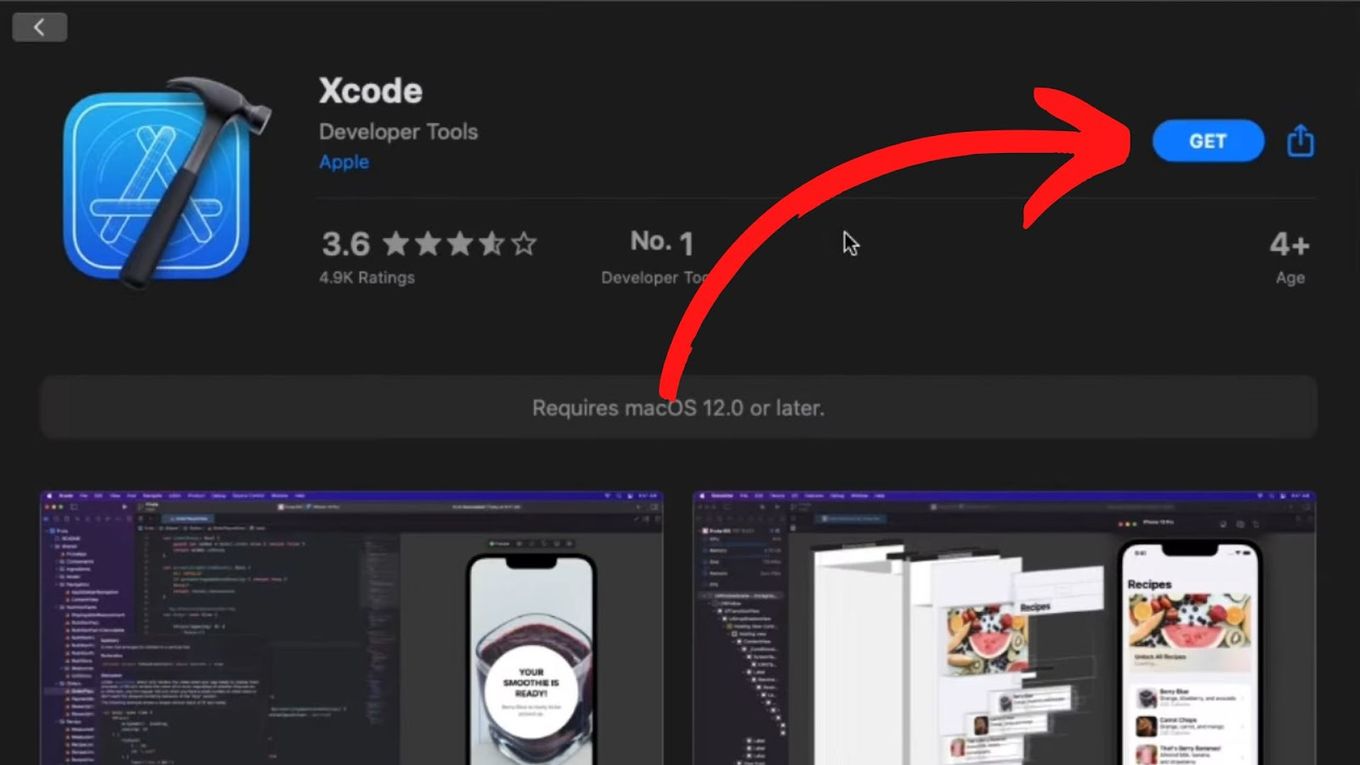
Step 2. Extract The Extension Source Code
Go to the desired extension website .
Copy the URL of the extension you want to convert.
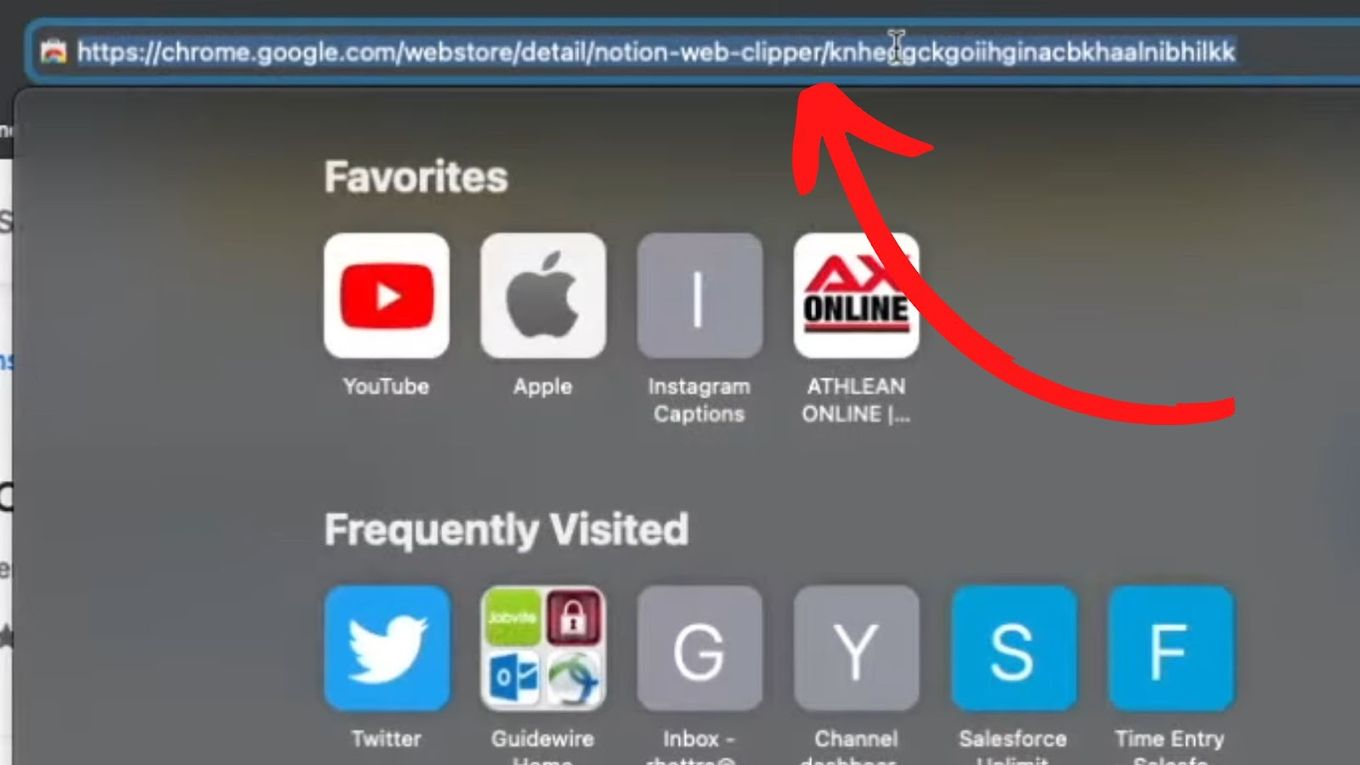
Go to crxextractor.com

You can alternatively use this CRX Extractor Chrome Extension to get the .CRX file and jump to the 6th step (extract .zip file)
Paste the URL of the extension to download the .CRX file of your extension

Click “Download”
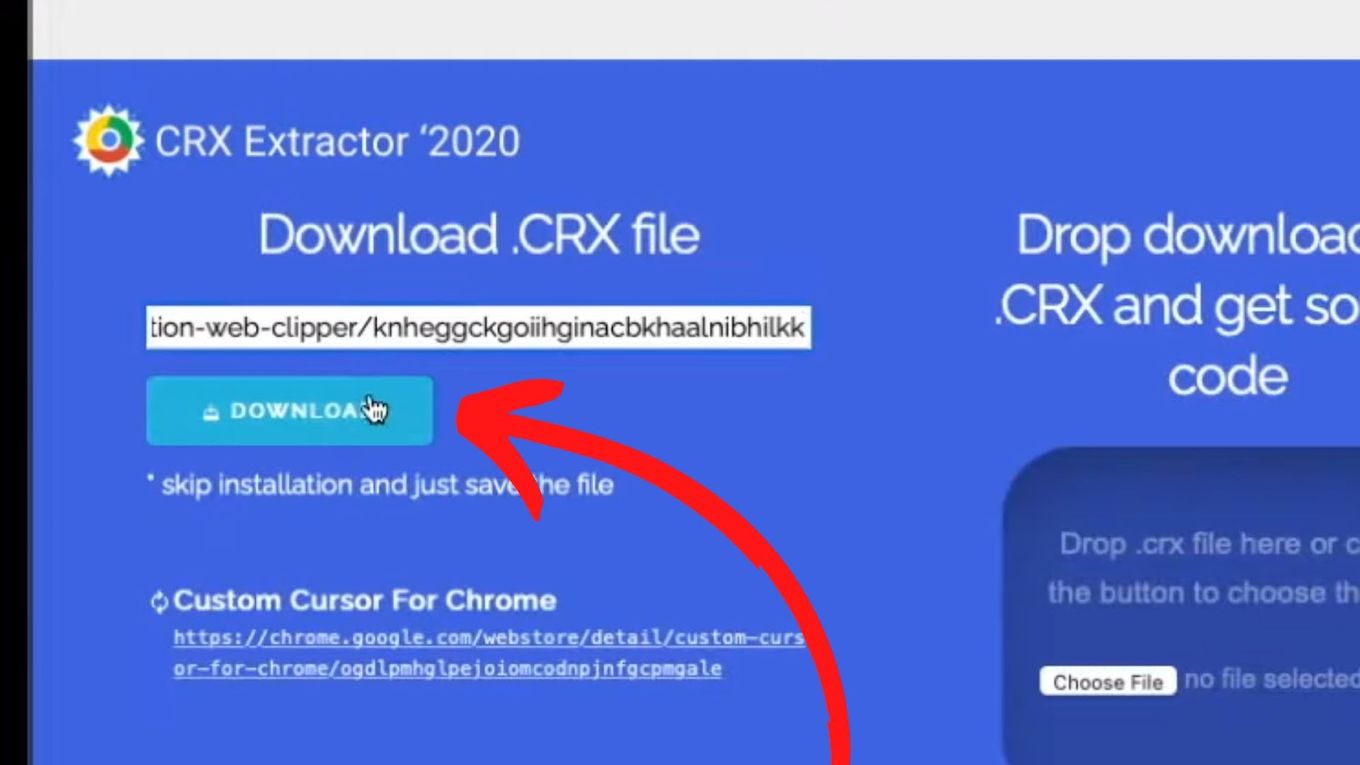
Drag and drop the downloaded .CRX file into the “Get Source Code” panel.
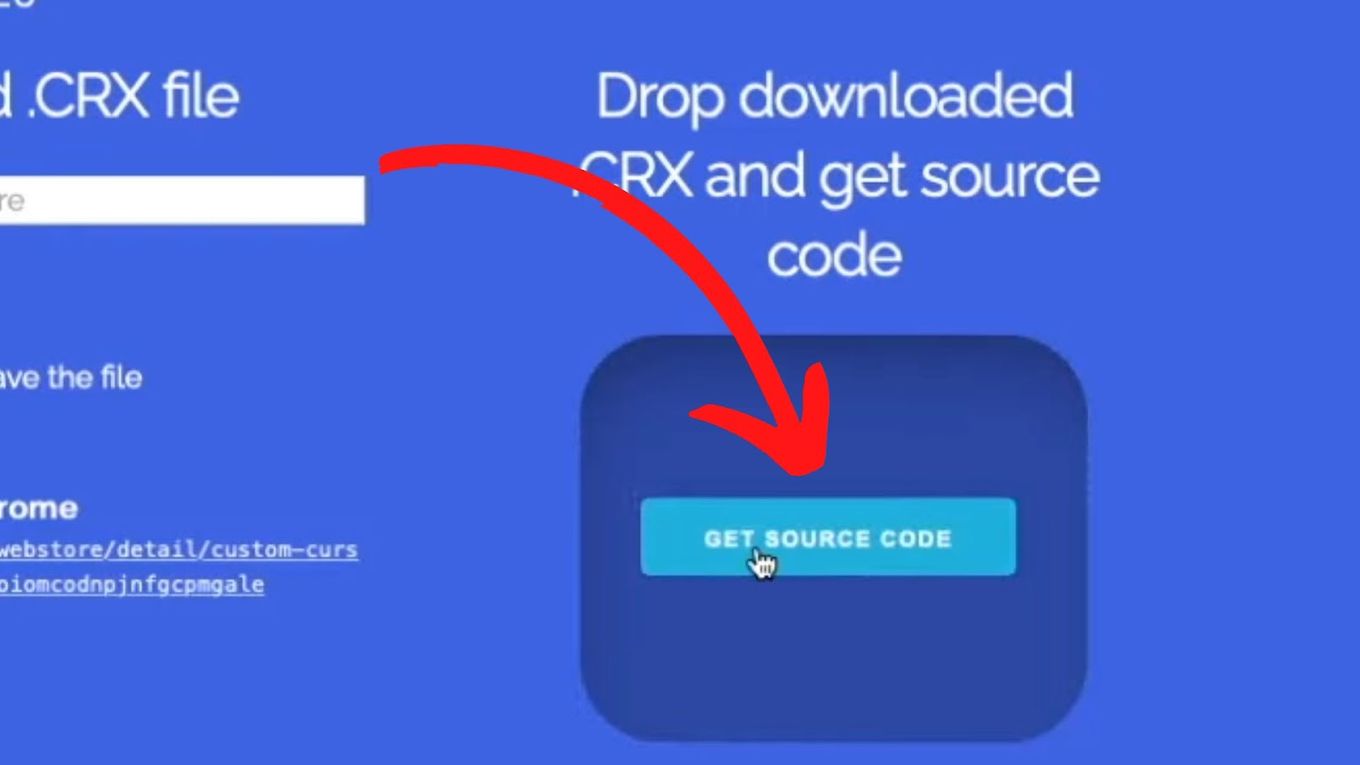
Extract the .zip file
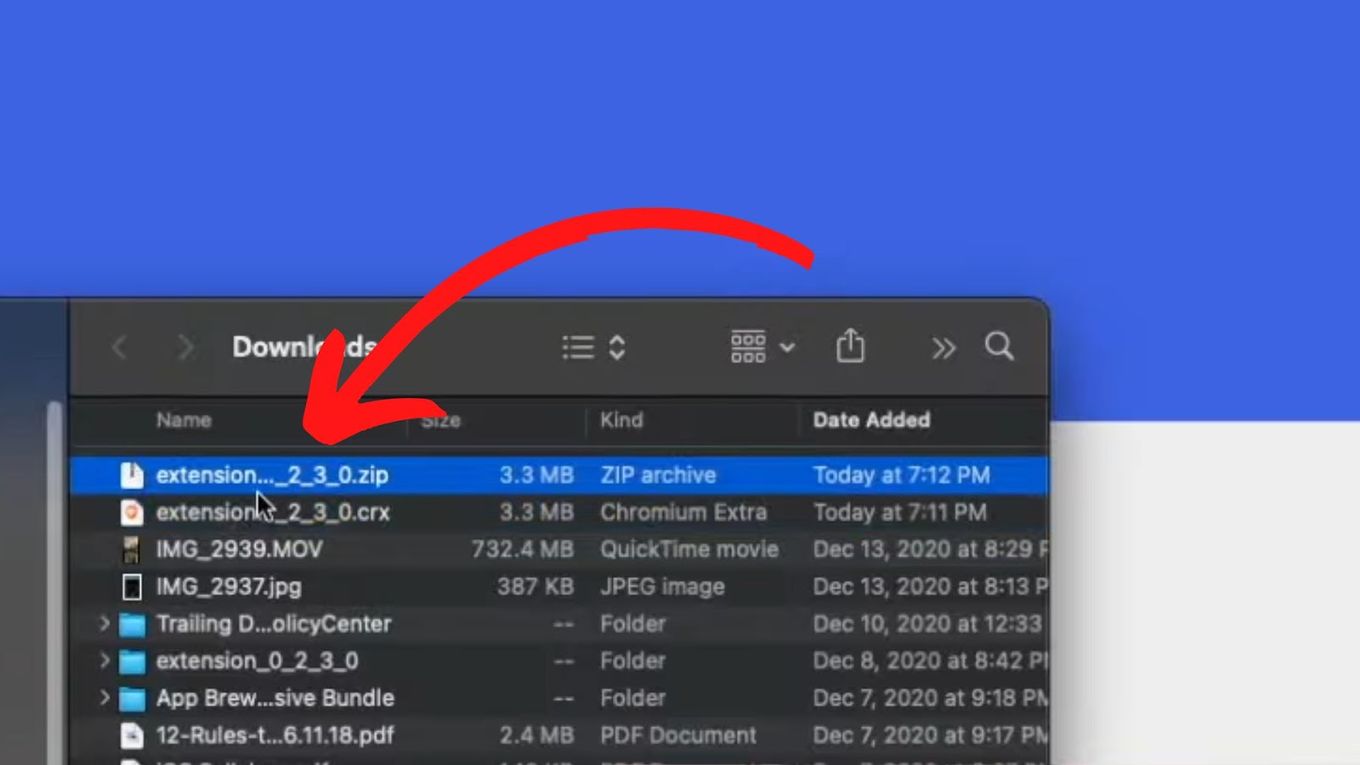
Step 3. Run Safari Web Extension Converter
This Safari Web Extension Converter will create an Xcode project, configure it with a macOS app (or iOS app in this case), and finally configure a Safari web extension with your Chrome extension files in the Xcode Project.
Open a Terminal

Enter the following command (change the Xcode path if it is different)
Press “Enter” and enter your password .
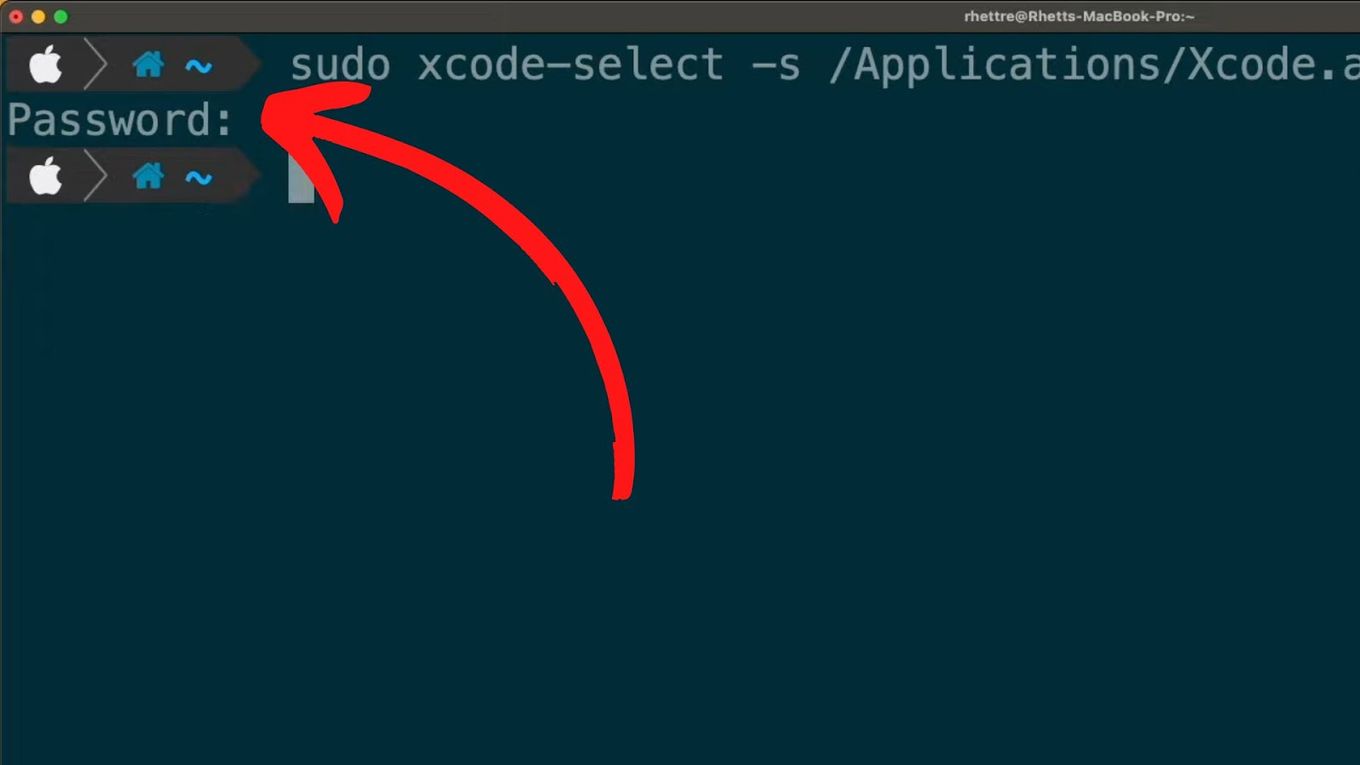
Enter the following command (change “PATH_TO_EXTENSION” for the location of the folder with the extension code that you just downloaded in step 2)
Press “Enter” and then “Y” to confirm.
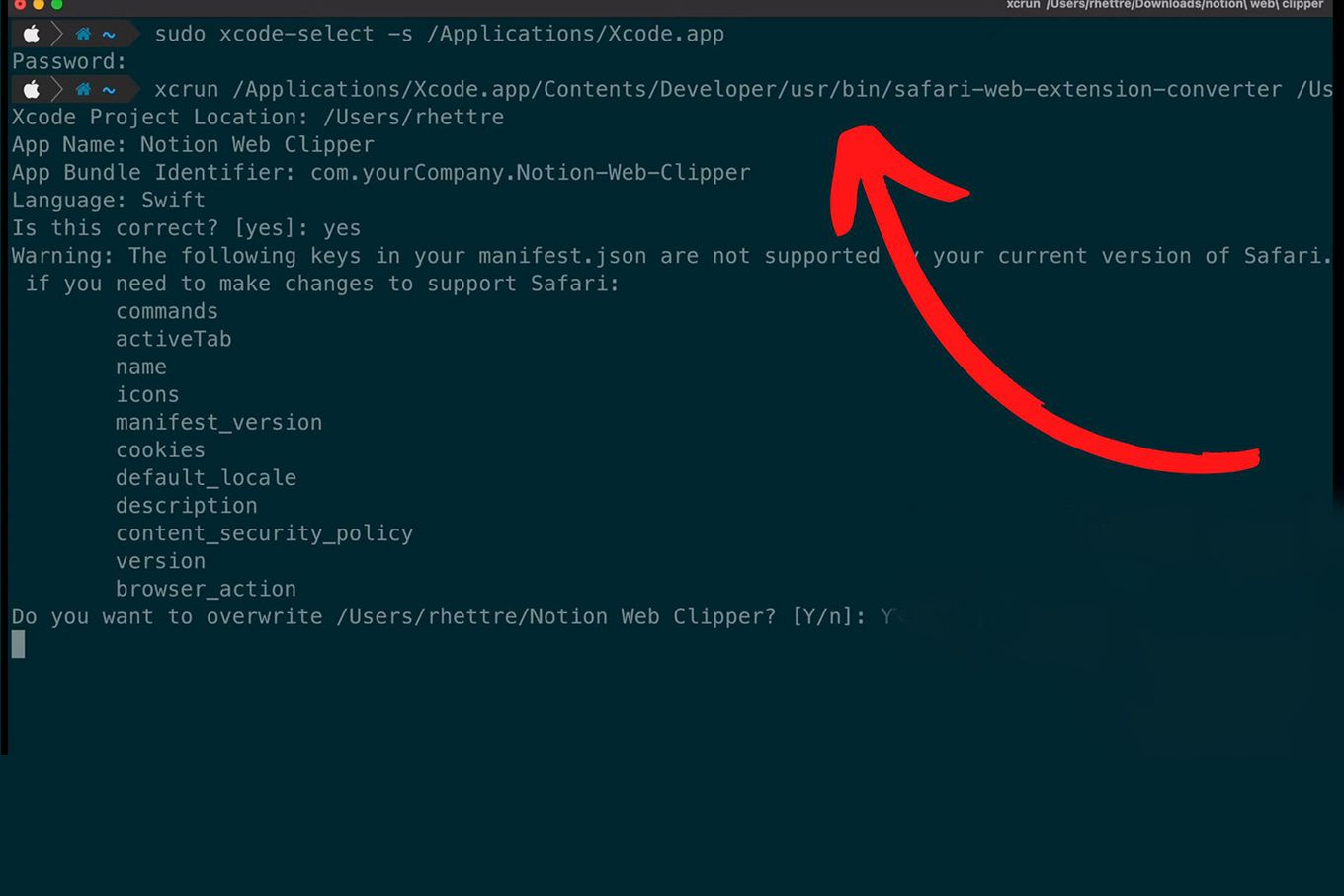
Click “Install” to add the extra XCode components required for the conversion.

Step 4. Build Your Extension For Safari [macOS version]
After the last step, Xcode will open automatically. Now follow these steps to build your extension for Safari on macOS:
Click “Play” to build your extension for Safari.
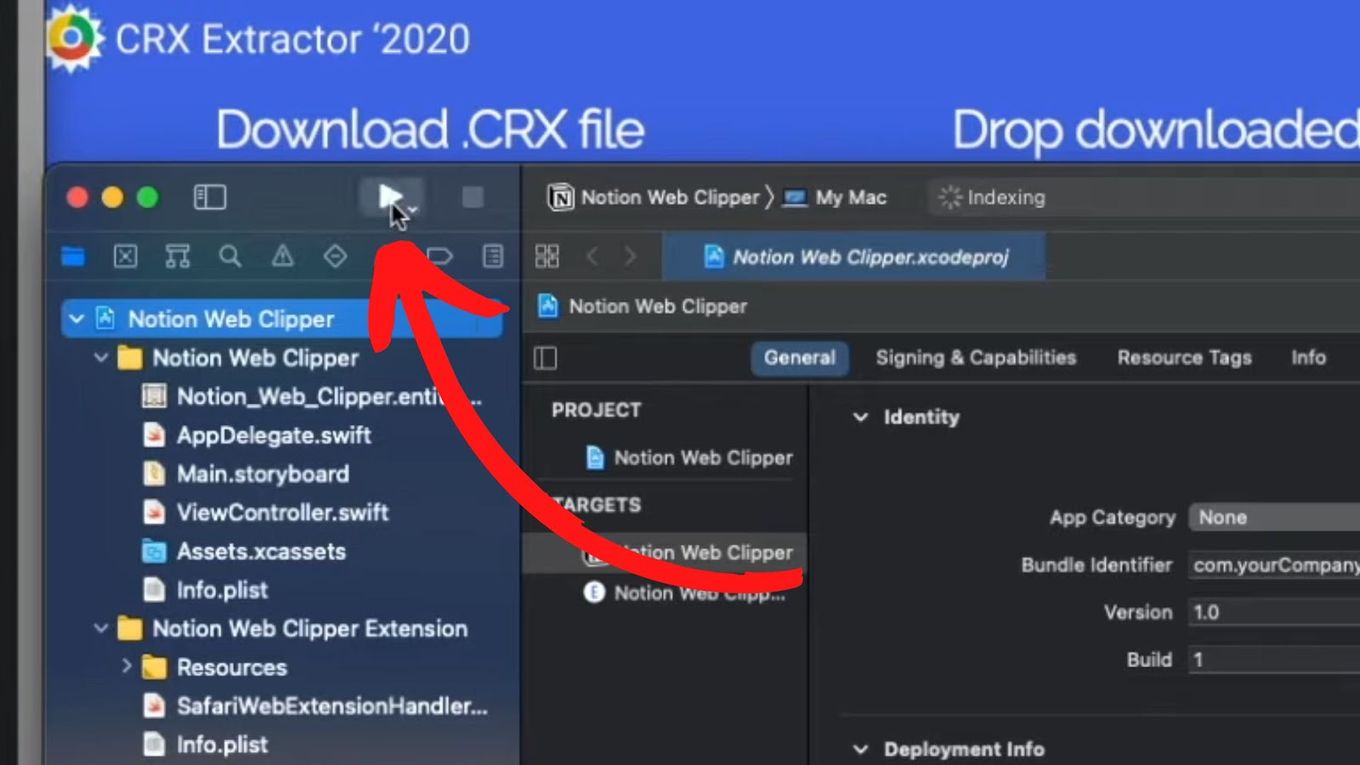
If everything goes right, a message will prompt you.
Click “Quit and Open Safari Extensions Preferences”
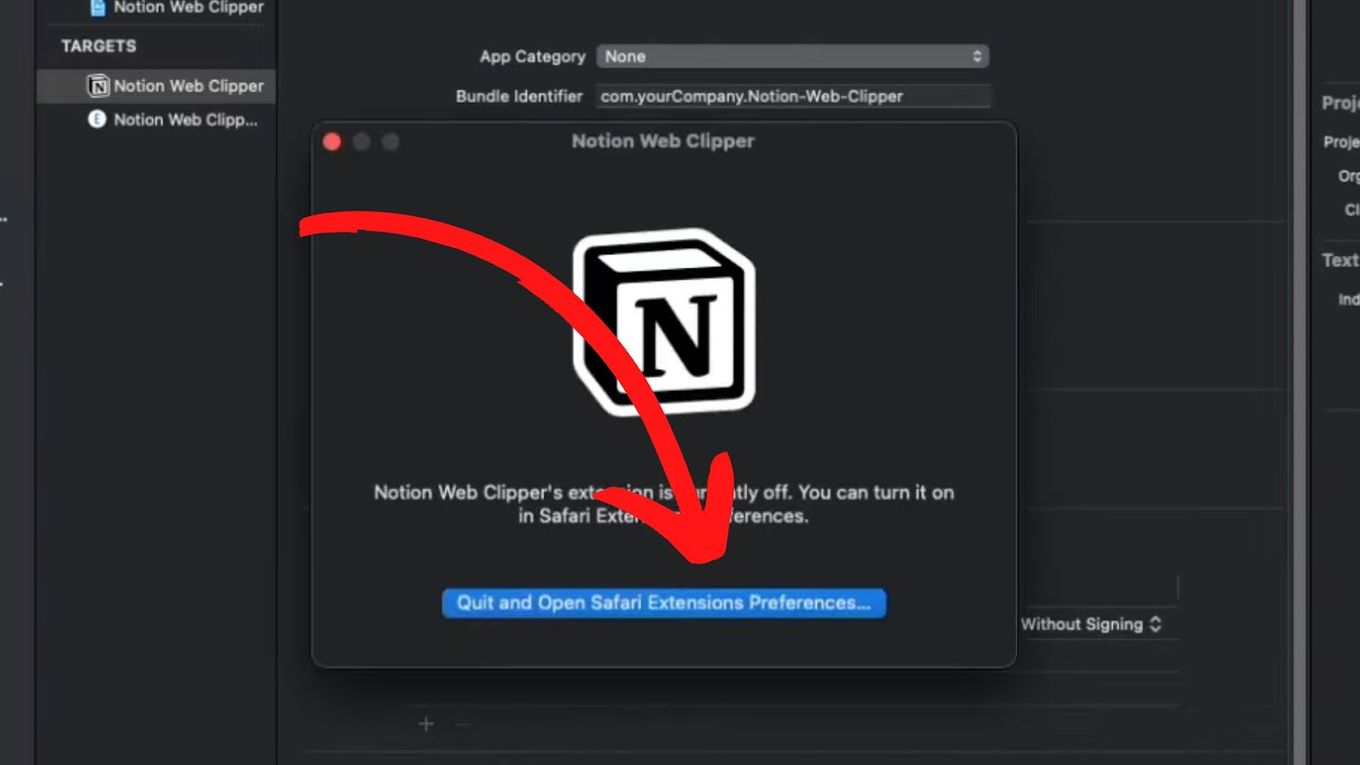
Safari extensions will open. You won’t see your extension because you would have to allow “unsigned extensions” on Safari.
However, this is not necessary for using the extension on iPads.
To allow unsigned extension on Safari, just choose “Safari > Preferences > Advanced > “Show Develop menu in menu bar” > Develop > Allow Unsigned”
Step 5. Build Your Extension for Safari [iOS version]
Your extension is ready for macOS. However, you still need to make it ready for iOS as you want to use it on your iPad. Follow these steps:
Enter the following command (change the Xcode App path if it is different)
Press “Enter” and enter your password.
Enter the following command (change “PATH_TO_XCODEPROJECT” for the location of the folder with the Xcode Project that was created in step 4. It finishes in .xcodeproj)
Press “Enter” and then “Y” to override the previous version.

Now new folders related to iOS should appear on your Xcode Extension Project.

Step 6. Deploy The Extension To Your iPad
Connect your iPad or iPhone To Your Mac
Select your iPad for your iOS Xcode Extension Project . At the top of the Xcode window, find the iOS version of your extension project and select your iPad device.
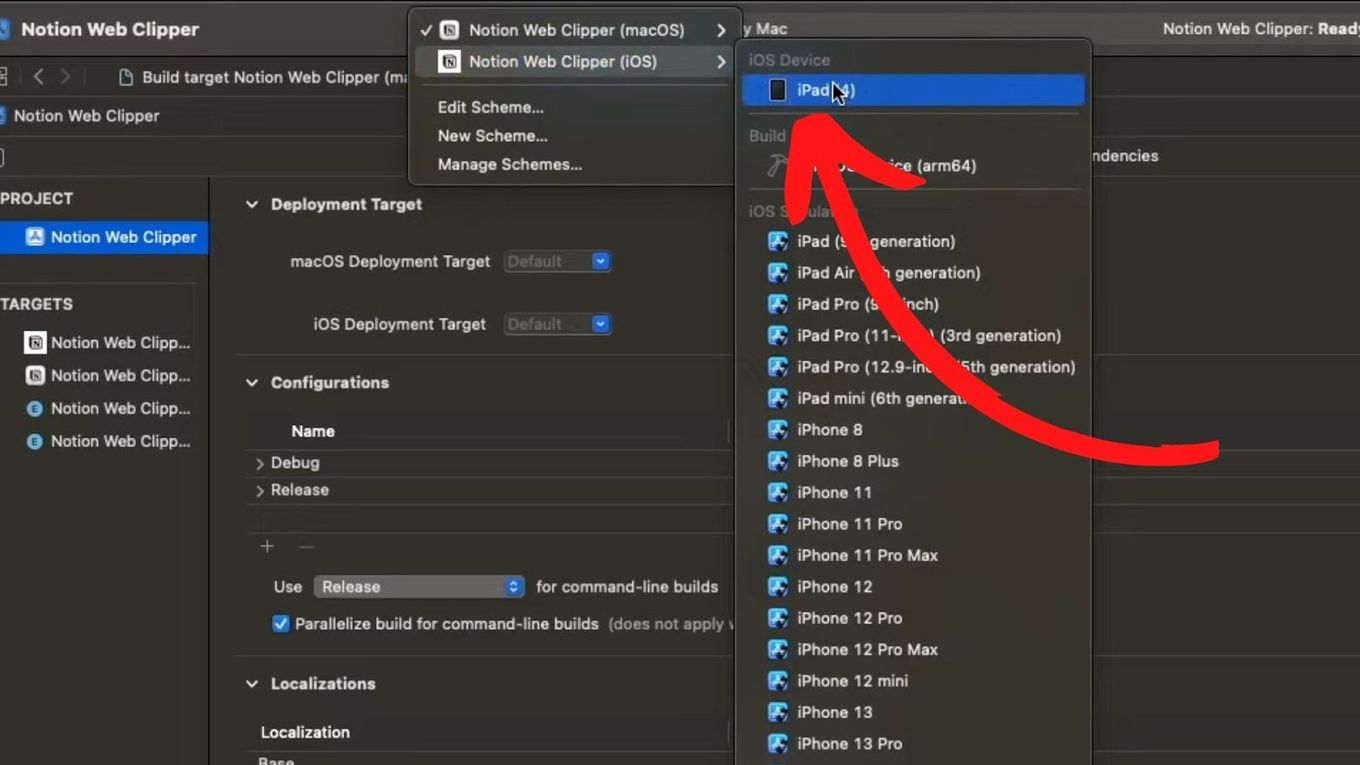
Click “Play” button to deploy your extension to your iPad
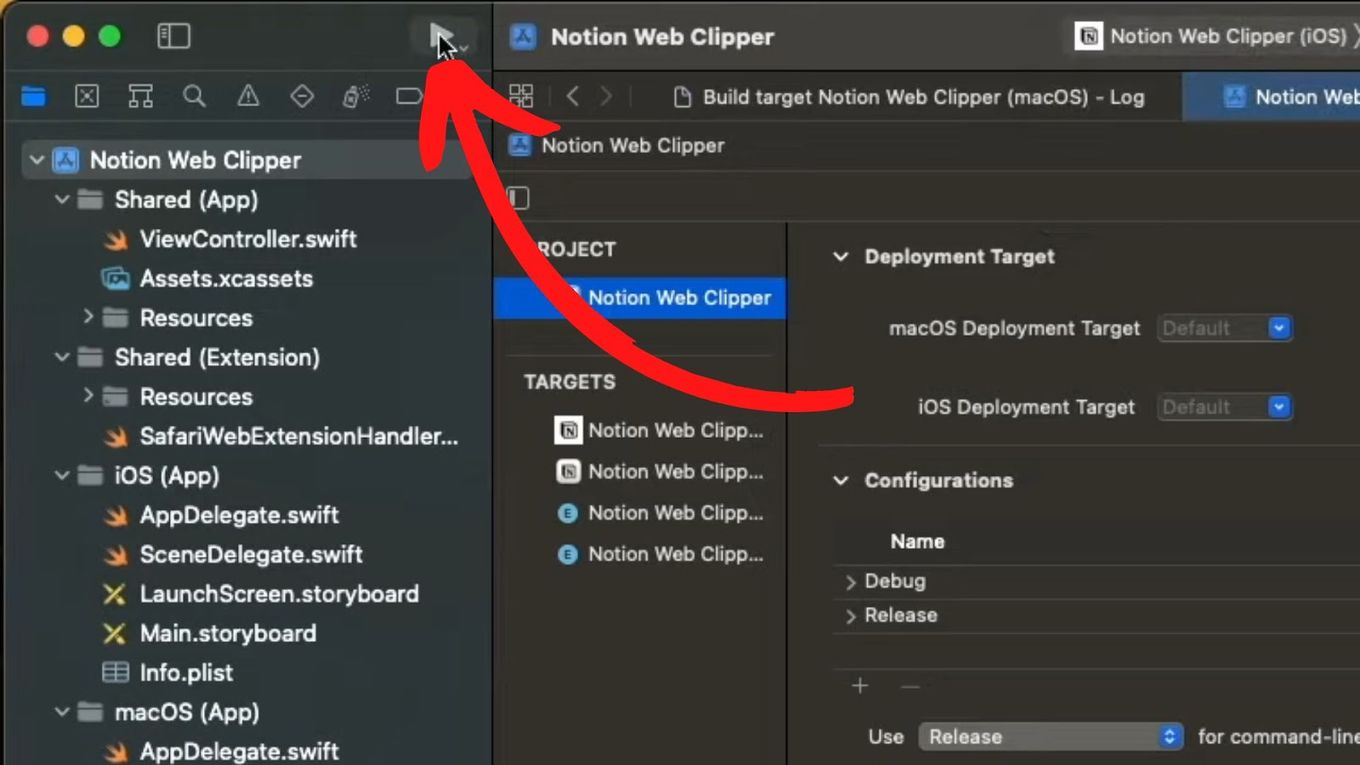
The build will fail due to signing issues. Go to the next steps to solve them.
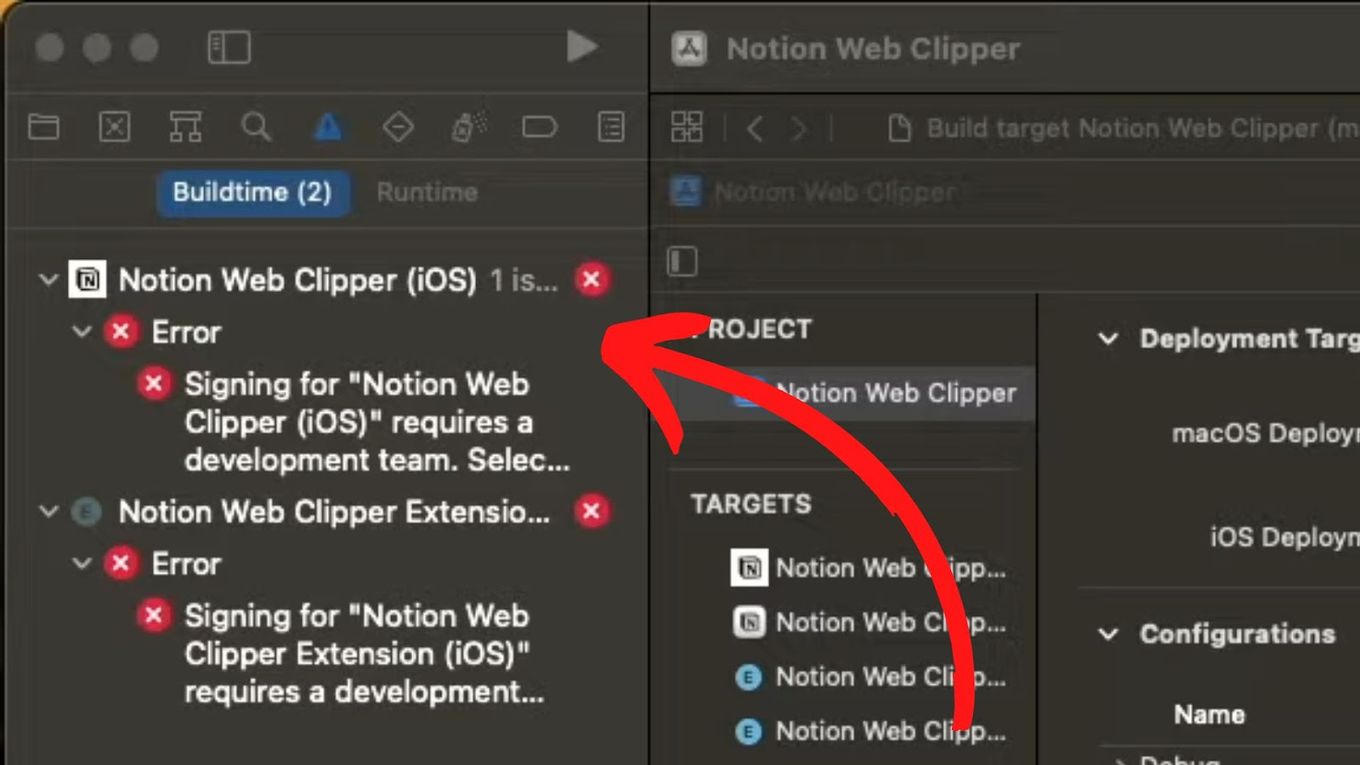
Click on “Signing and Capabilities” on the main path of your project

Change the “Team” from “None” to “Personal”.

If you do not have a team, click “Add an Account” . Click on the “Plus” button and add a new team.
Repeat the process of adding a team with all “Targets” for both “release” and “debug” versions.
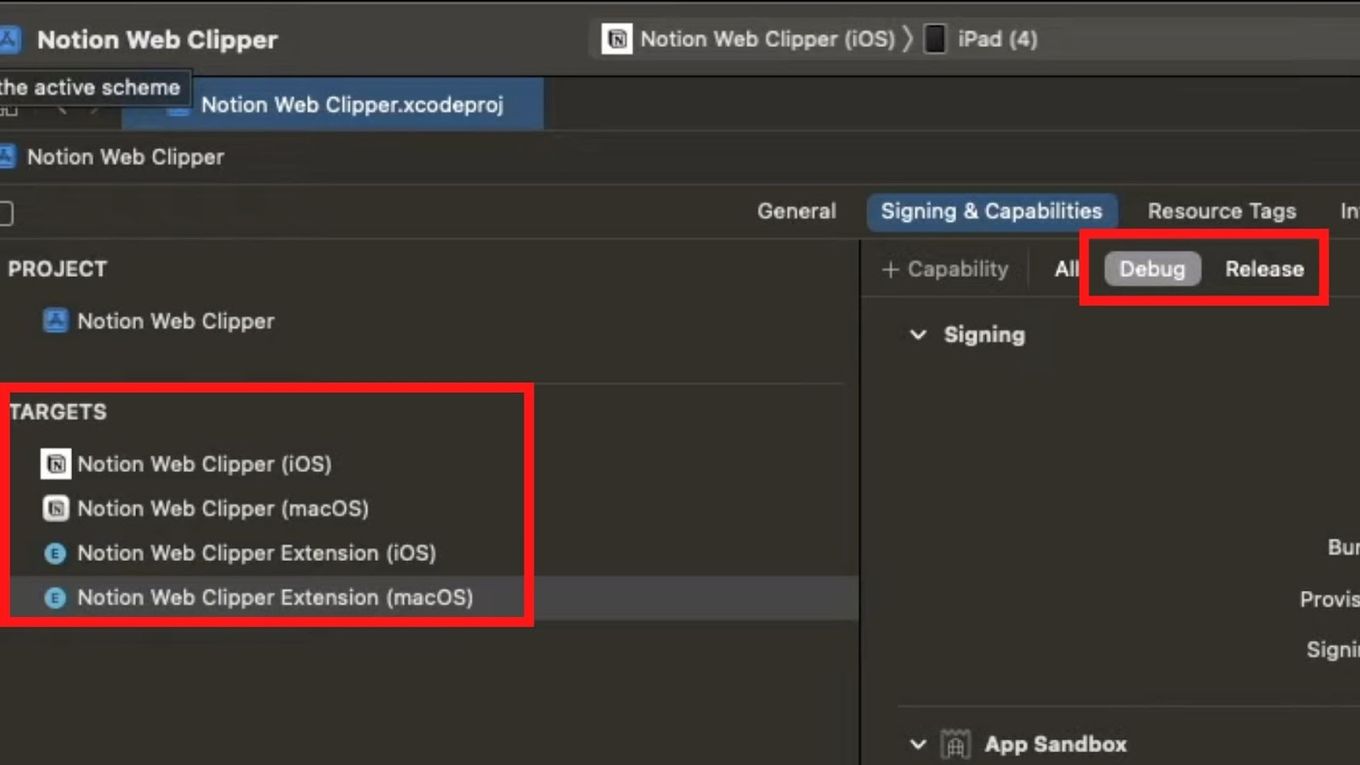
Click “Play” Again.
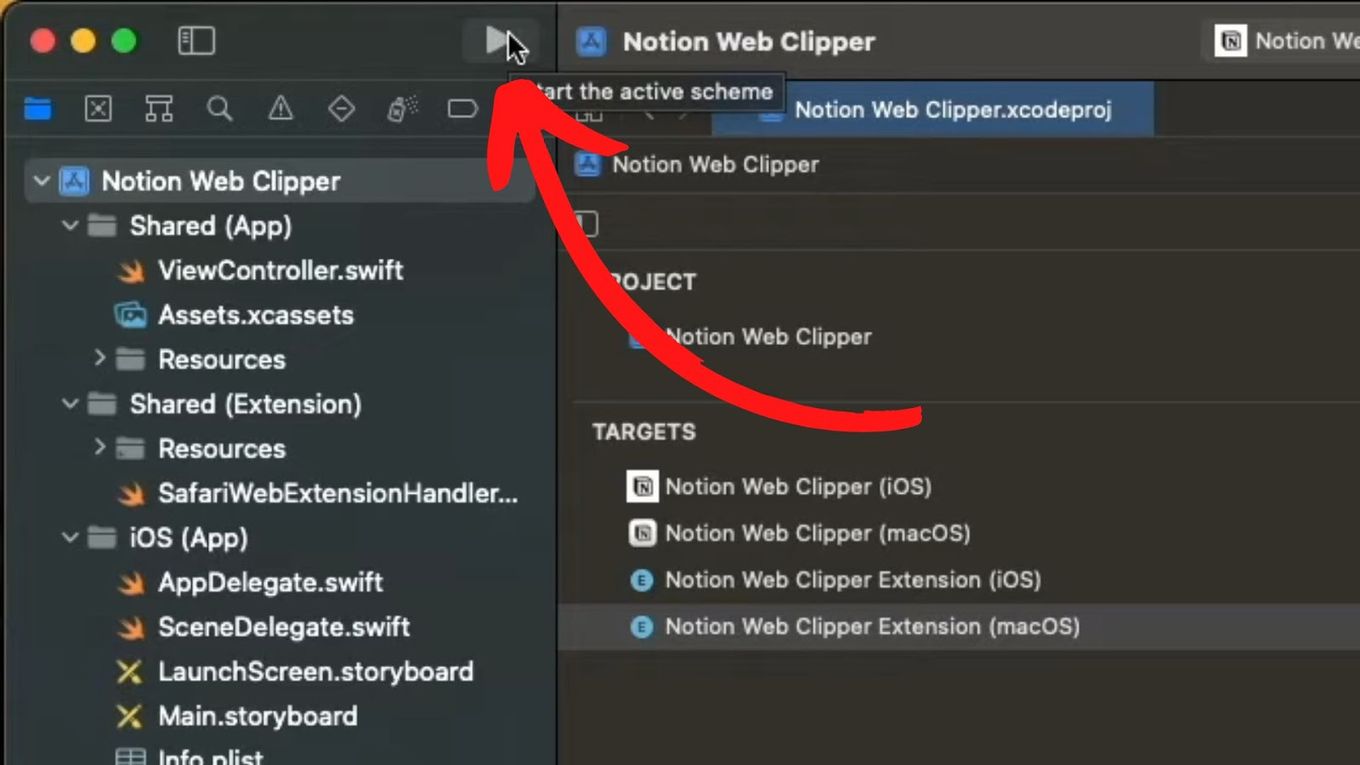
You may see some warnings, but that’s not a problem.
Related article: Fix Apple pencil not charging
Step 7. Run The Extension On Your IPad
Once the extension is deployed to your device, you have to allow apps that are not “trusted” by Apple because they are not officially done for Safari following the Apple development process. Follow these steps:
Click “Cancel” to close the “Untrusted Developer” Warning.
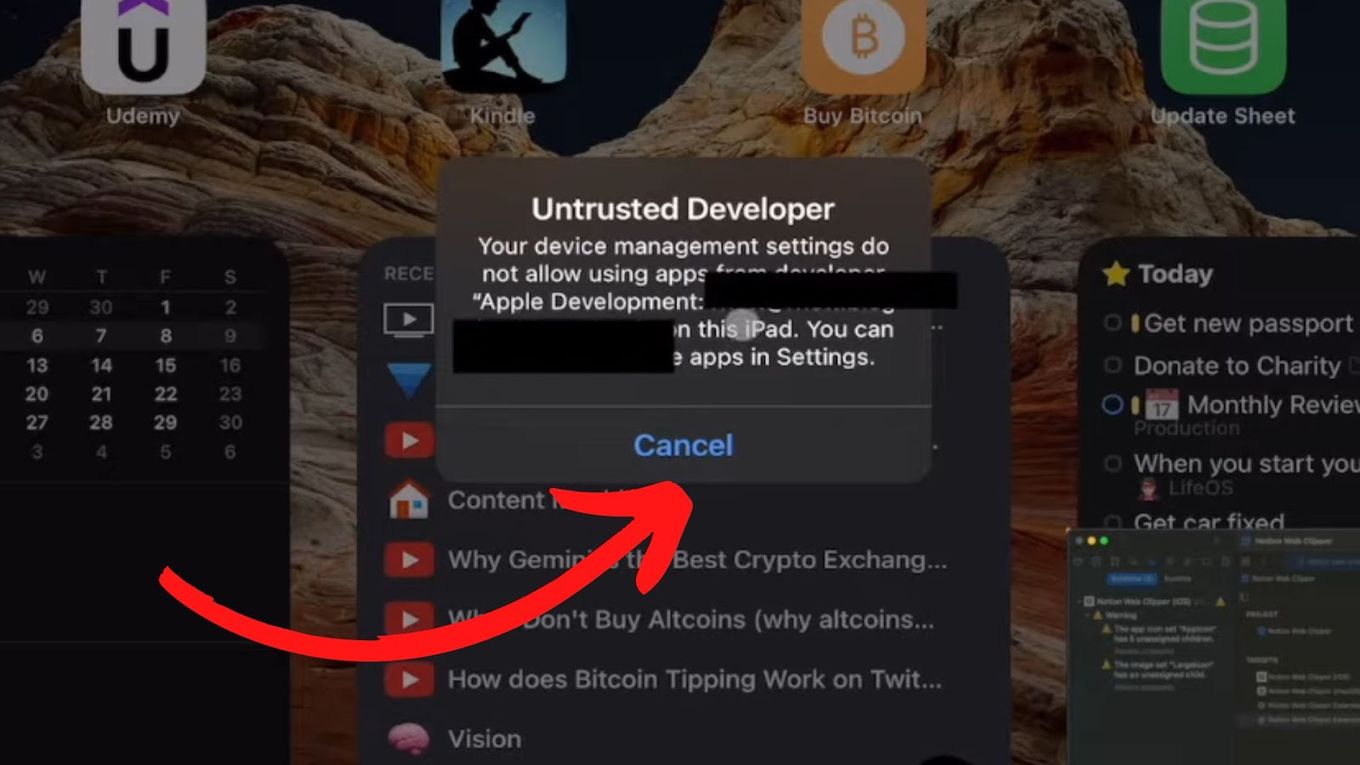
Go To “Settings > VPN & Device Management”
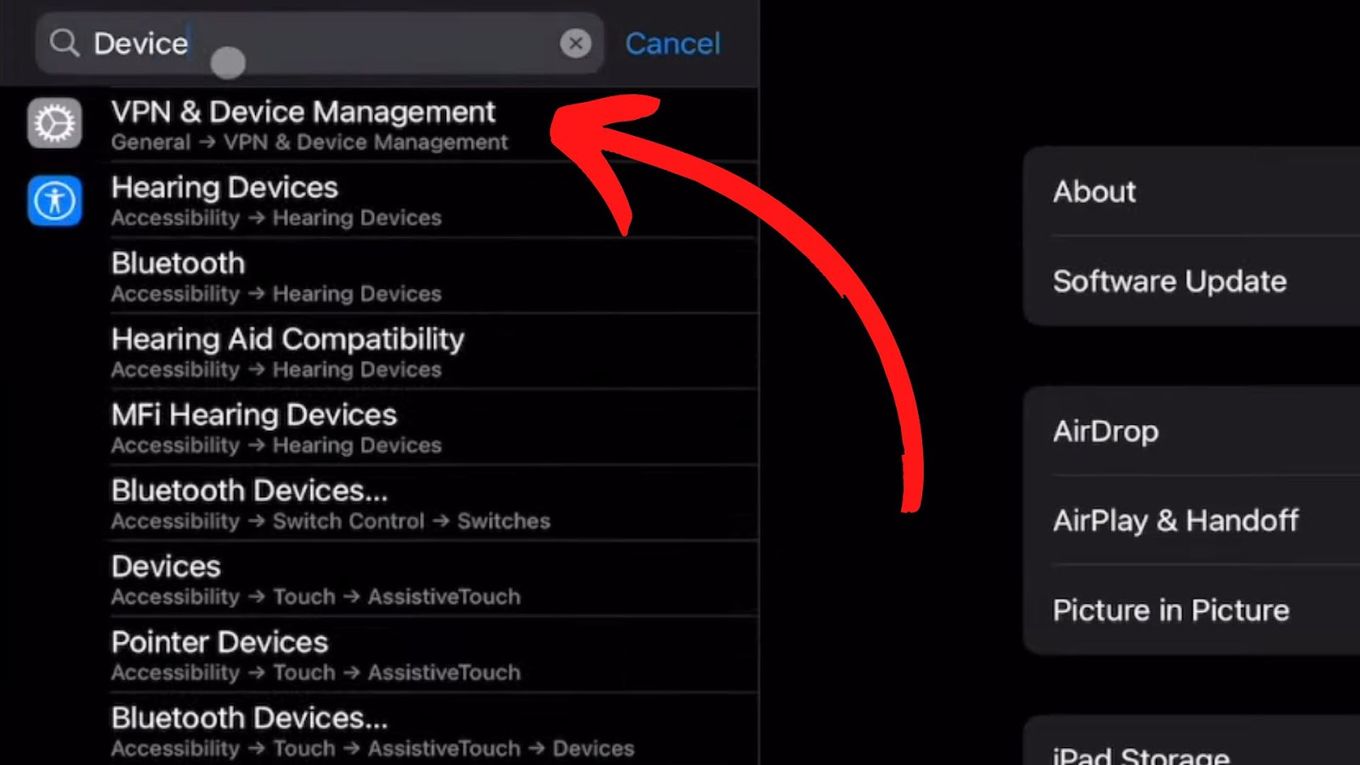
Click on the “Apple Development not trusted + Apple ID” below Developer App
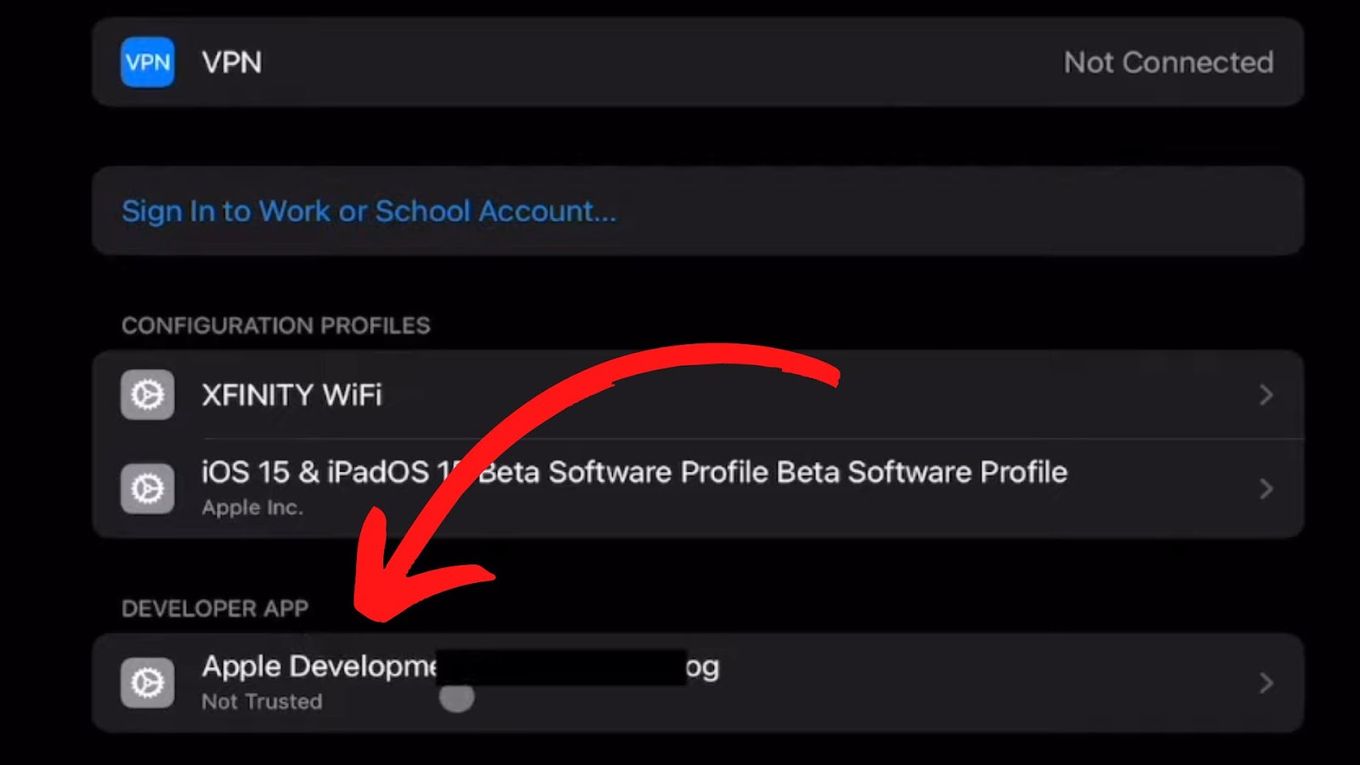
Click “Trust Apple Development:…”

Look for “Safari Extension” and click “Content Blocker”
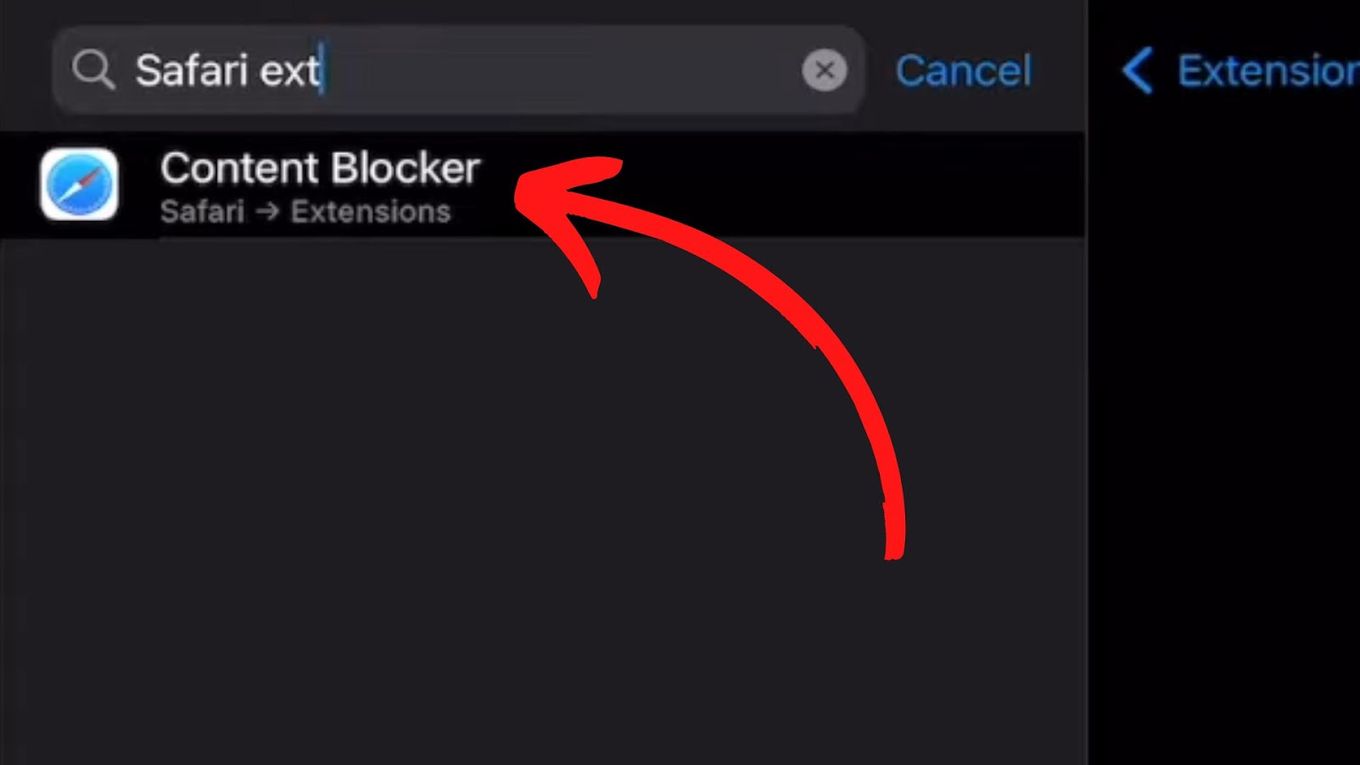
Look for your extension and click on it
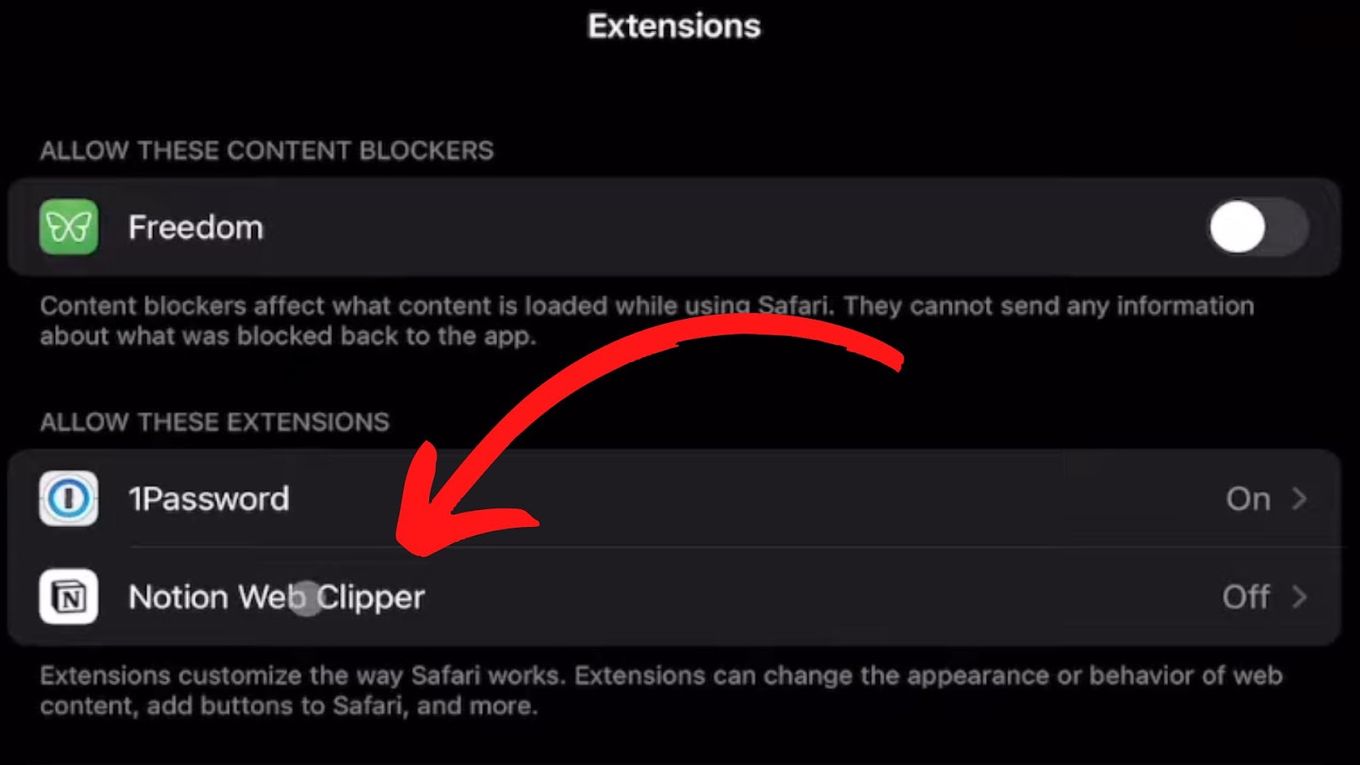
Turn on your extension

Go to Safari and open the extensions panel.

And that’s it! You can now use your desired chrome extension on iPad OS.
The only other way to use Chrome extensions on iPad (without converting them) is by mirroring your computer’s Chrome.
The Chrome Remote Desktop will perform that function. Chrome Remote Desktop is an app that lets you access your desktop through your tablet, phone, or computer.
Since you are not converting anything, you can access just about every Chrome extension available. Here’s how to easily and securely connect to your desktop from your iPad:
Step 1. Download & Install “ Chrome Remote Desktop ” On Your Computer
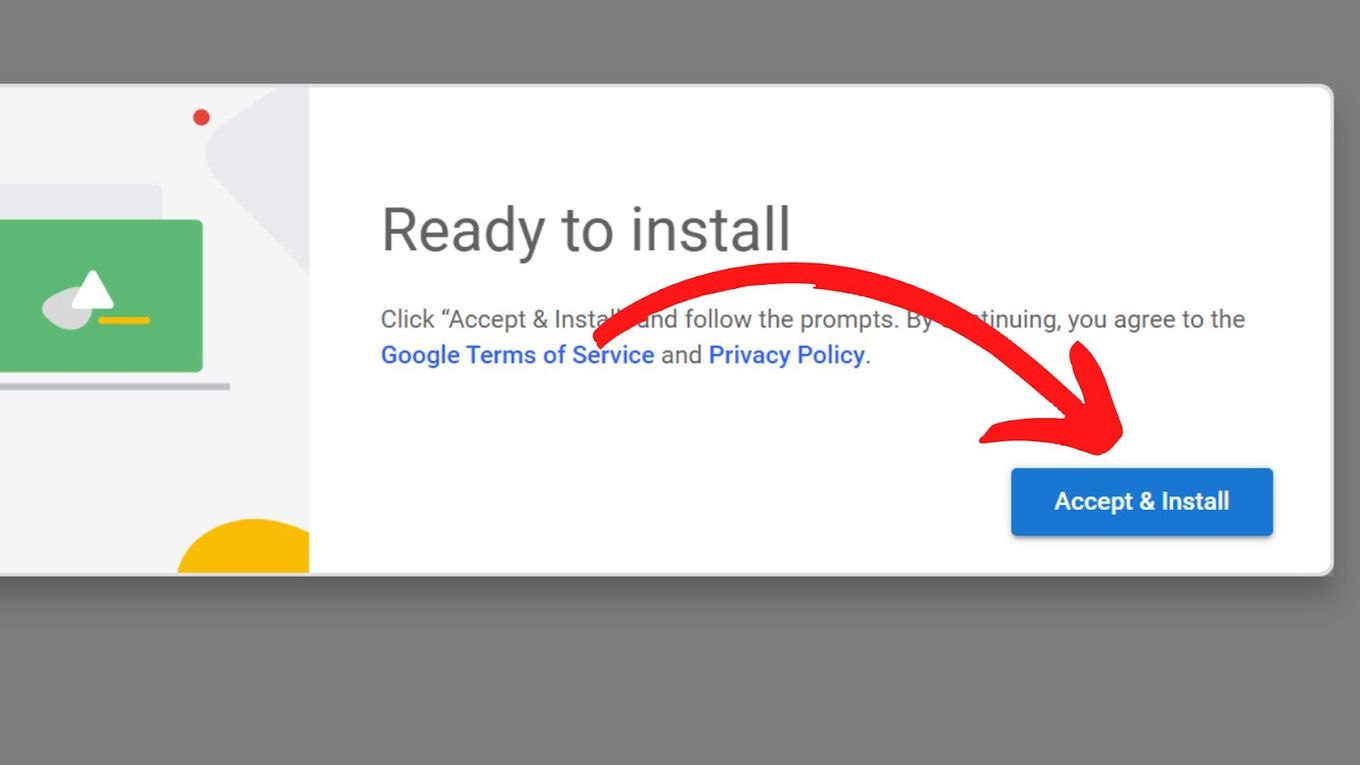
Step 2. Choose A Name For Your Computer

Step 3: Set A PIN & Click “Start”
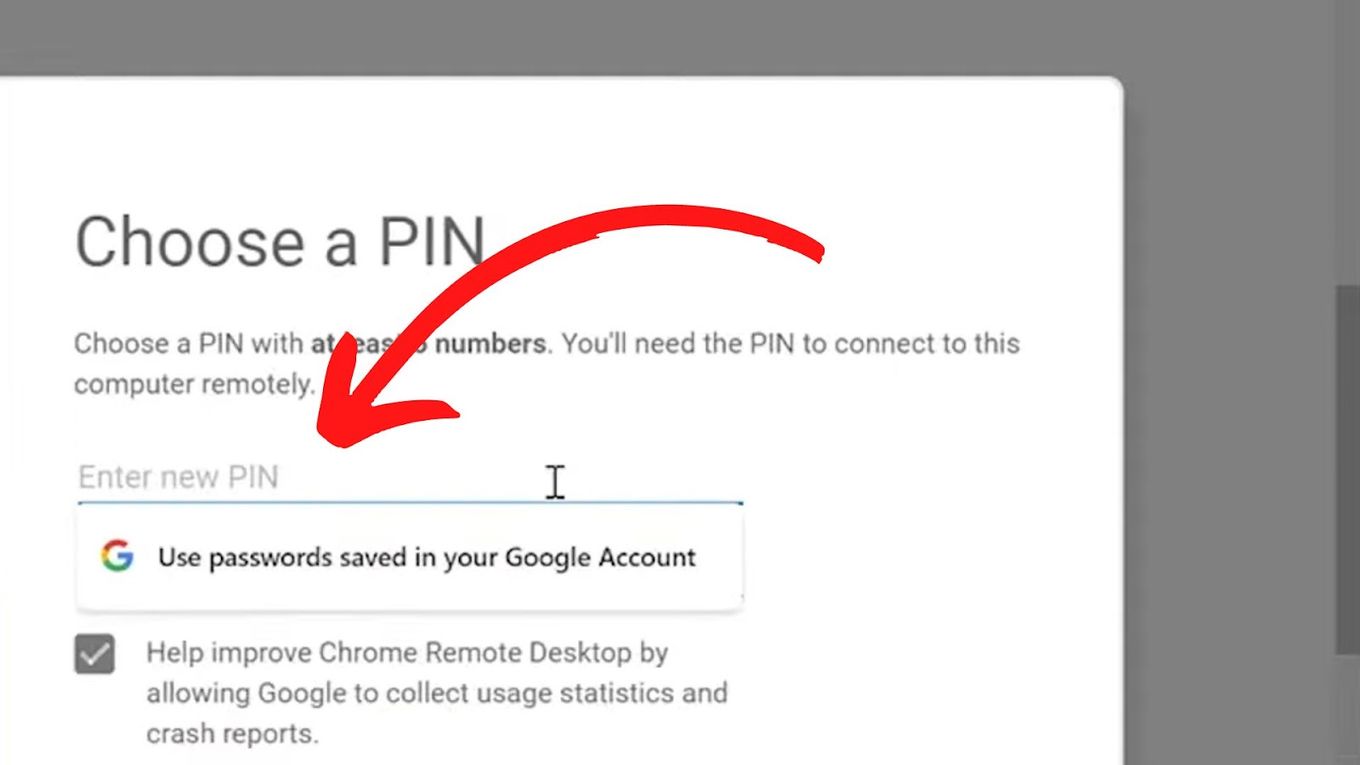
Step 4. Download “ Chrome Remote Desktop ” On Your iPad & Open It.
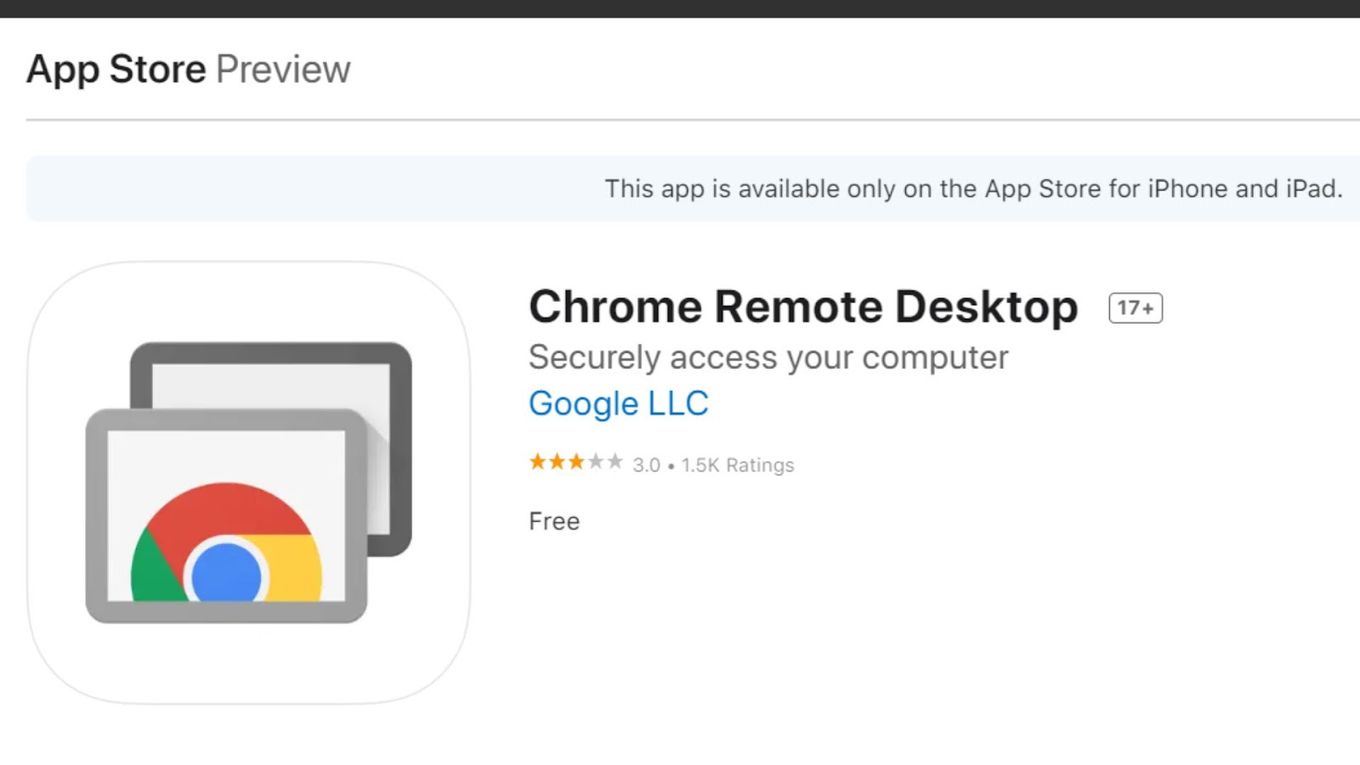
Step 5. Log In To The Same Google Account
Use the same account That You Used On Your Computer
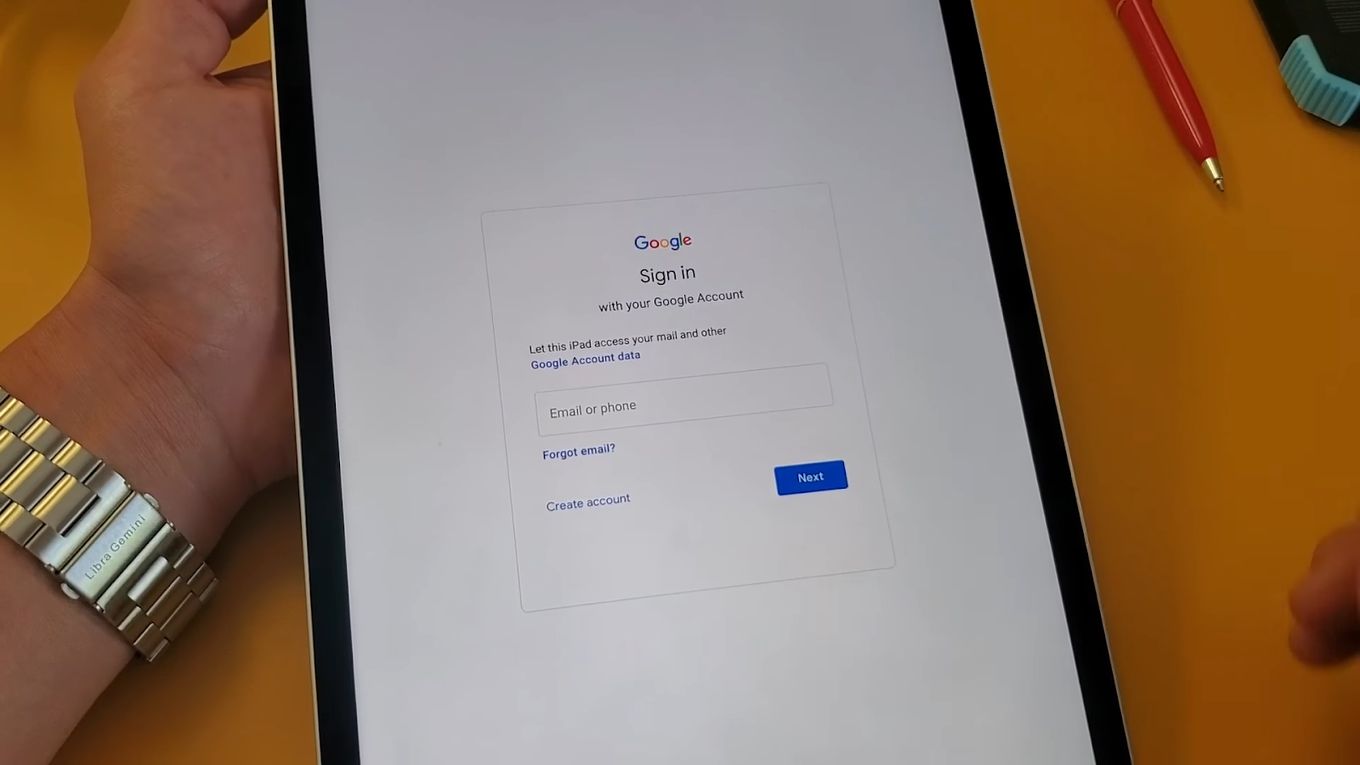
Step 6. Tap On The Name Of Your Computer
The Signed-In Computer Will Show On The List. You may be asked to enter the Pin of Step 3
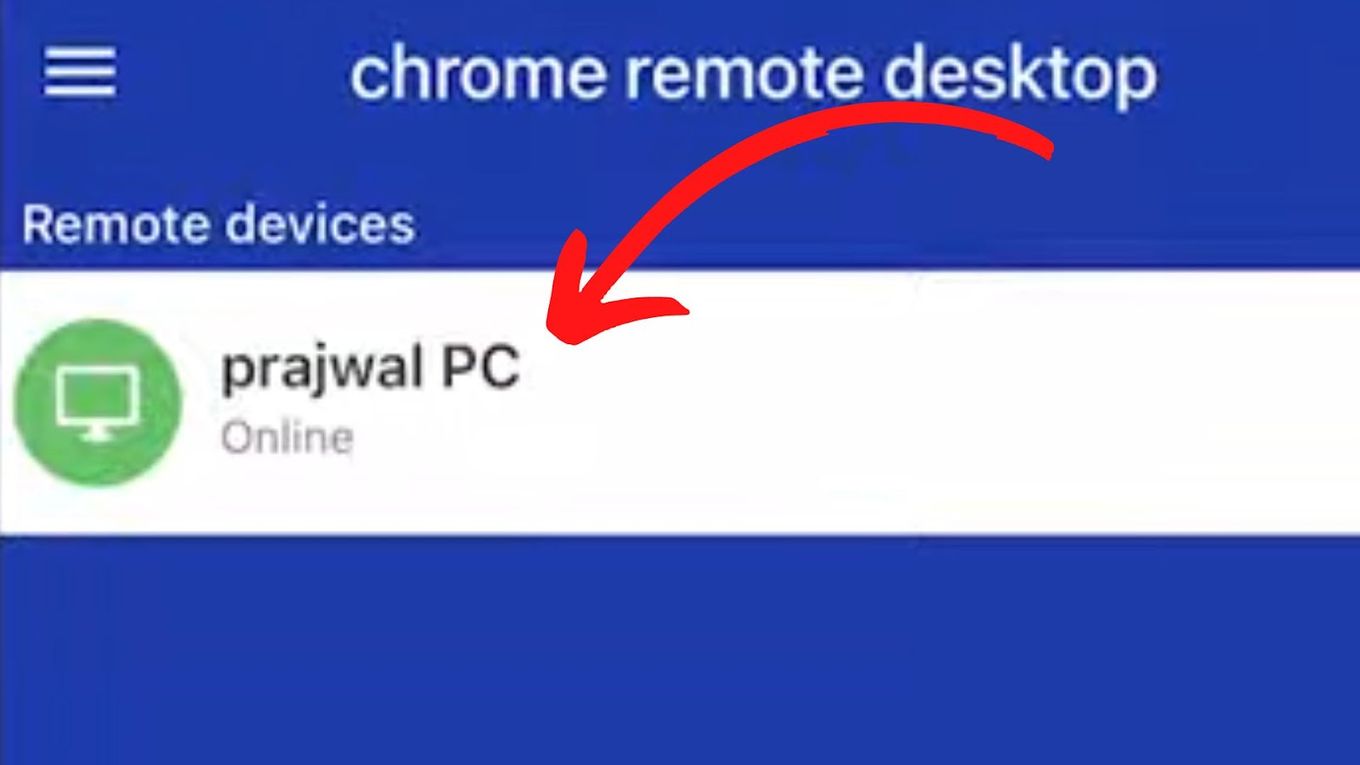
Just like that, you have complete access to and control over your computer through your iPad.
You can use multiple monitors on Chrome Remote Desktop to display each screen on a different monitor or even play games like Valorant on your Chromebook !
Yes, it’s safe to run Google Chrome on your iPad. Chrome is a respectable and well-known web browser with an extremely high-security level. As a rule of thumb applicable to all web browsers, make sure you don’t exchange sensitive or private details when using it.
However, it’s important to mention that certain concerns have been raised on how Chrome drives related ads after you’ve searched for specific content. While Chrome was initially packaged to offer extreme privacy, some gray areas have been causing concern .
Compared to other browsers, Chrome collects the highest volume of data. The data collected may sometimes relate to individual user information, but the majority is about your browsing habits.
If you aren’t worried about that kind of thing, though, Chrome for iPad is equal to Safari in terms of safety. To avoid other issues prevalent across all browsers, consider using a VPN for added safety.
Often, the primary browsing app on your iPad or iPhone may have fewer features. This is why extensions always come in handy to facilitate these missing features and improve functionality. While Apple is strict on integrating app extensions, you can still enjoy some of these extensions on your iPad.
As mentioned above, accessing Chrome extensions on iPads is impossible. Fortunately, there are ways to turn things around. As explained in this piece, using the Chrome remote desktop is one of the best and easiest ways to access Chrome extensions on your iPad and even iPhone.
Using Google Chrome on your iPad is okay, provided you are not handling sensitive information. While Chrome adds some protection layers, it’s highly recommended that you use an alternative, more secure browser when handling important data that you would want to avoid landing in the wrong hands.
- How to use Chrome Extensions on iPad
- Enable Third-Party Cookies in Safari [iPad]
- Smooth Scrolling In Chrome [How To Enable It]
- Mouse Pointing Not Showing in Chrome [How To Fix It]
- Best Chromium-based Web Browsers
Kimanthi Sammy
Kimanthi Sammy is a tech enthusiast and writer passionate about web development, design, video games, software, and tech in general. She combines creativity with technical prowess to produce captivating and informative content.
Don’t Miss…
![19 Best Architect Software for Mac 2024 [Free and Paid] architect software mac share](https://alvarotrigo.com/blog/wp-content/uploads/2023/08/architect-software-mac-share-300x150.png)
- Legal Notice
- Terms & Conditions
- Privacy Policy
A project by Alvaro Trigo
Home > News Tips
How to Convert Chrome Extension to Safari on Mac?
Updated on Monday, April 29, 2024

Approved by
Guidelines on using Chrome Extension on Safari on Mac
Both Chrome and Safari allow you to apply Extensions to extend the specific function, which brings you great convenience. However, you may install different Extensions on different browsers, thus, it might be troublesome when you shift from one browser to another without bringing the Extensions function.
Don't be frustrated, this article will teach you how to convert Chrome Extension to Safari Extension in detail.

What are Extensions and how do they work on browsers?
An extension adds features and functions to a browser, created by familiar web-based technologies, such as HTML, CSS, and JavaScript. An extension can take advantage of the same web APIs as JavaScript on a web page, however, the extension also has access to its own JavaScript APIs.
Extensions are versatile and powerful tools, which can improve the user experience greatly. Moreover, the Extensions are capable of completing more work than you think with code on a webpage.
Firstly, it can serve as an enhancer and complement a browser, which allows you to collect features and details from the web pages that you visit, improving the services of web pages greatly.
Secondly, Extensions allow you to customize the web page, in other words, the Extensions on a web page allow users to have their personalities. For example, users can add their favorite pictures and designs as the background of a web page, and users can update the appearance of a web page.
Thirdly, the Extensions make it possible for users to apply the browser in the way that they want. The users can add or remove the content from the browser. If the user would like to shield themselves from ads, an ads blocker is in their hands. If the users favor a certain city or country when surfing, there are travel guides to access these places.
Fourthly, the Extensions allow users to add new tools and features to a taskboard, and generate QR code images from URLs, hyperlinks, or page text.
Do you want to convert Chrome extensions to Safari? Read more and share this article!
How to convert Chrome extension to Safari on Mac?
Both Chome and Safari browsers enable the users to take advantage of Extensions on their websites, while when you want to switch one to another, installing Extensions again on the browser is troublesome.
Don't worry, Apple has made it easier for users to convert the Chrome extension to Safari when you change the default browser on Mac since the release of Xcode 12, which is suitable for macOS Catalina 10.15.6 and later macOS versions .
Prepare to convert Chrome extension to Safari
Before converting the Chrome extension to Safari, you need to have the extension ID that you want to convert:
- Launch Google Chrome via Finder or Spotlight Search .
- Click the three dots on the upper right of the Chrome window.
- Select More Tools in the dropdown menu and choose the Extensions option.
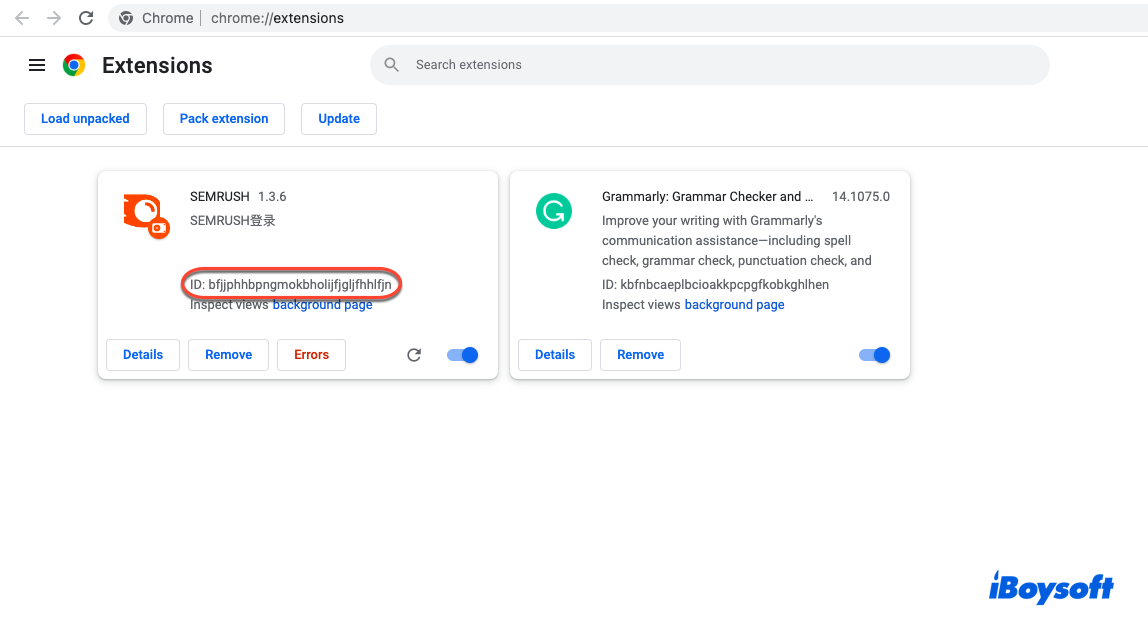
- Paste the long string of ID to Sticky notes for Mac for later usage.
Then, the path of the Google Chrome extension folder is significant. For most Macs, the following file path is suitable. The Extensions in the path stand for the extension ID that you saved.
~/Library/Application\ Support/Google/Chrome/Default/Extensions
Next, ensure that your Safari browser is updated to the Safari 14.0 version.
Finally, download and install Xcode on your Mac. The Xcode package is a little bit big, and the download time will be long, you're highly recommended to concentrate on other work when the package is downloading.
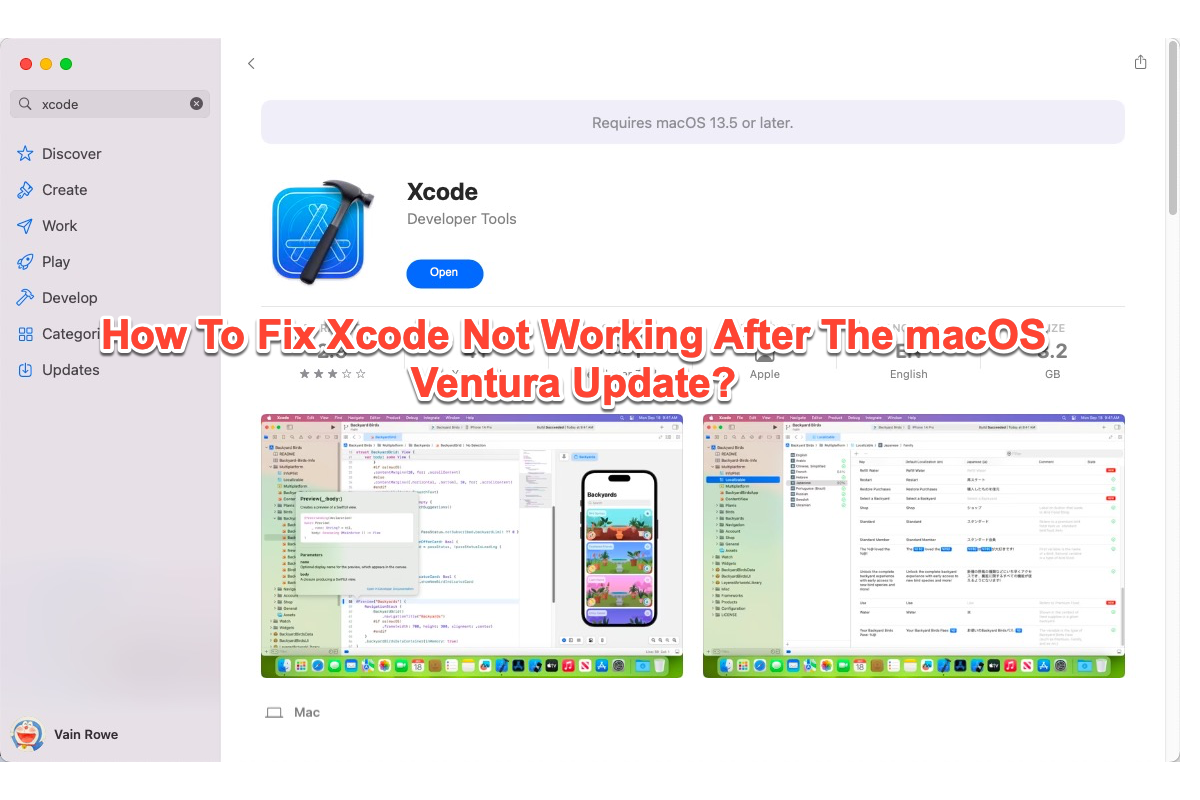
How To Fix Xcode Not Working After The macOS Ventura (Sonoma) Update?
Some users have reported that Xcode not working after the macOS Ventura update, that's troublesome in the extreme. This post tells you how to fix Xcode not working after the macOS Ventura 13 update.
Convert Chrome extension to Safari with the help of Xcode
After you have completed all the preparations, you can convert the Chrome extension to Safari now:
- Launch the Terminal app via Home Folder on Mac or Finder.
- Type the following command line in the Terminal window, replace the path with the Chrome folder path mentioned above, and replace the EXTENSION ID with the string extension ID that you write down on your Stickies for Mac. xcrun safari-web-extension-converter /big/ass/path/to/chrome/extensions/from/above/{EXTENSION ID}/{some version number}
- Hit the Enter key.
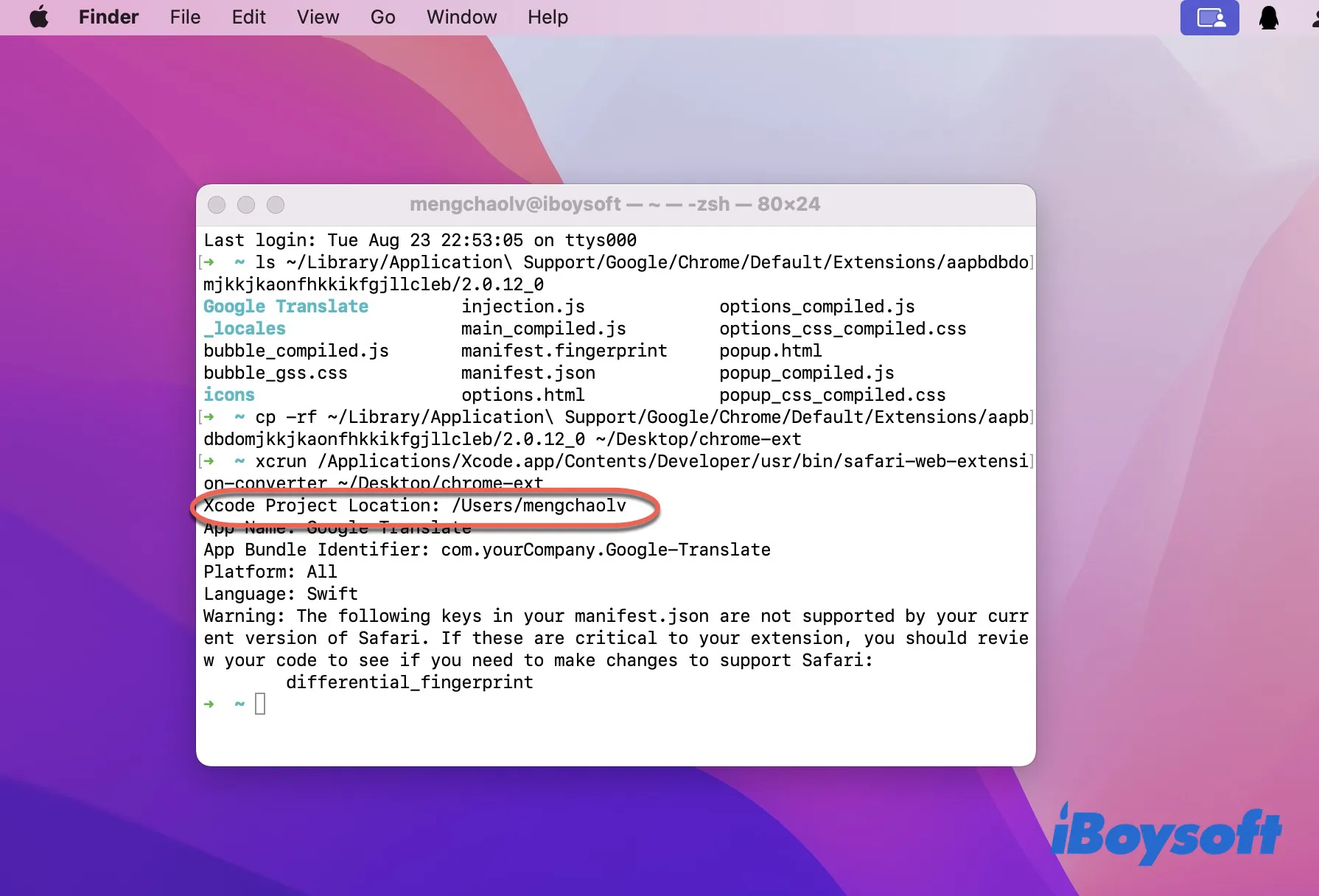
After the whole process, then you can apply the extension that converted from the Chrome browser to the Safari browser. This method includes long strings of path and command lines and lasts a long time, and your patience is indispensable.
Conclusion
Extensions are excellent helpers in providing you with more functions and features. As a matter of fact, with the help of Xcode, converting the Chrome extension to Safari is not wishful thinking, thus you need not install the Chrome extension on Safari again.
You can have a try with the guidelines of this article, which can improve the user experience and enjoy the convenience greatly. For more information about the Chrome and Safari browser, read Chrome vs Safari on Mac.
Also read:
- [Fixed] How to Recover Chrome Bookmarks on Mac?
Move Chrome extension to Safari successfully? Then share your enjoyment with others!
Vain Rowe is a new technical editor at iBoysoft. She spares no effort to learn tech knowledge during the training and after training. She has shared dozens of articles across iBoysoft website and other websites, providing solutions and information about file restoration, disk cleanup, work efficiency, and data security.
Jessica Shee is a senior tech editor at iBoysoft. Throughout her 4 years of experience, Jessica has written many informative and instructional articles in data recovery, data security, and disk management to help a lot of readers secure their important documents and take the best advantage of their devices.
No. 308, 3/F, Unit 1, Building 6, No. 1700, Tianfu Avenue North, High-tech Zone
Copyright© 2024 iBoysoft ® . All Rights Reserved.
Want to highlight a helpful answer? Upvote!
Did someone help you, or did an answer or User Tip resolve your issue? Upvote by selecting the upvote arrow. Your feedback helps others! Learn more about when to upvote >
Looks like no one’s replied in a while. To start the conversation again, simply ask a new question.
How to import chrome extension to safari in Big Sur?
I red that new version of safari is able to install chrome extension.
but I can not find any tutorial on the internet.
Could you help me how can I do that?
Posted on Nov 14, 2020 5:37 AM
Posted on Nov 14, 2020 6:23 AM
Many chrome extensions are available as Safari extensions. With Safari open, go to Safari (next to the apple symbol) and click on Safari extensions.
In regards to importing actual chrome extensions into Safari, this is what I read from a friendly website:
"Apple says developers have two options for creating Safari web extensions:
• Convert your existing extension into a Safari web extension, so you can use it in Safari on macOS and distribute it in the App Store. Xcode includes a command-line tool to simplify this process.
• Build a new Safari web extension in Xcode using the built-in template. You can then repackage the extension files for deployment in other browsers.
Safari web extensions are available in macOS Big Sur and in macOS 10.14.6 or 10.15.6 with Safari 14 installed.
Not all Chrome, Firefox, and Edge extensions will work in Safari, and developers will be required to pay $99 per year for an Apple Developer Program membership in order to port their extensions to Safari. Apple has a WWDC video and documentation with more details for developers."
Similar questions
- publish extension how to publish an extension for safari in Mac-book? If the code used for chrome extension can be used for the developer account in macbook? 103 2
- how do I put chrome browser on my MacBook Air with OS Mojave? how do I put chrome browser on my MacBook Air with OS Mojave? 460 2
- Problems downloading extensions in Safari 13 I upgraded to Safari 13/ macOS 10.13.6 - and now, I cannot download extensions from the gallery. There doesn't seem to be a button from which to deploy any extension from the gallery anywhere. Does Safari not support extensions in this configuration? 359 4
Loading page content
Page content loaded
Nov 14, 2020 6:23 AM in response to M-Reza
How To Sync Chrome With Safari

- Software & Applications
- Browsers & Extensions
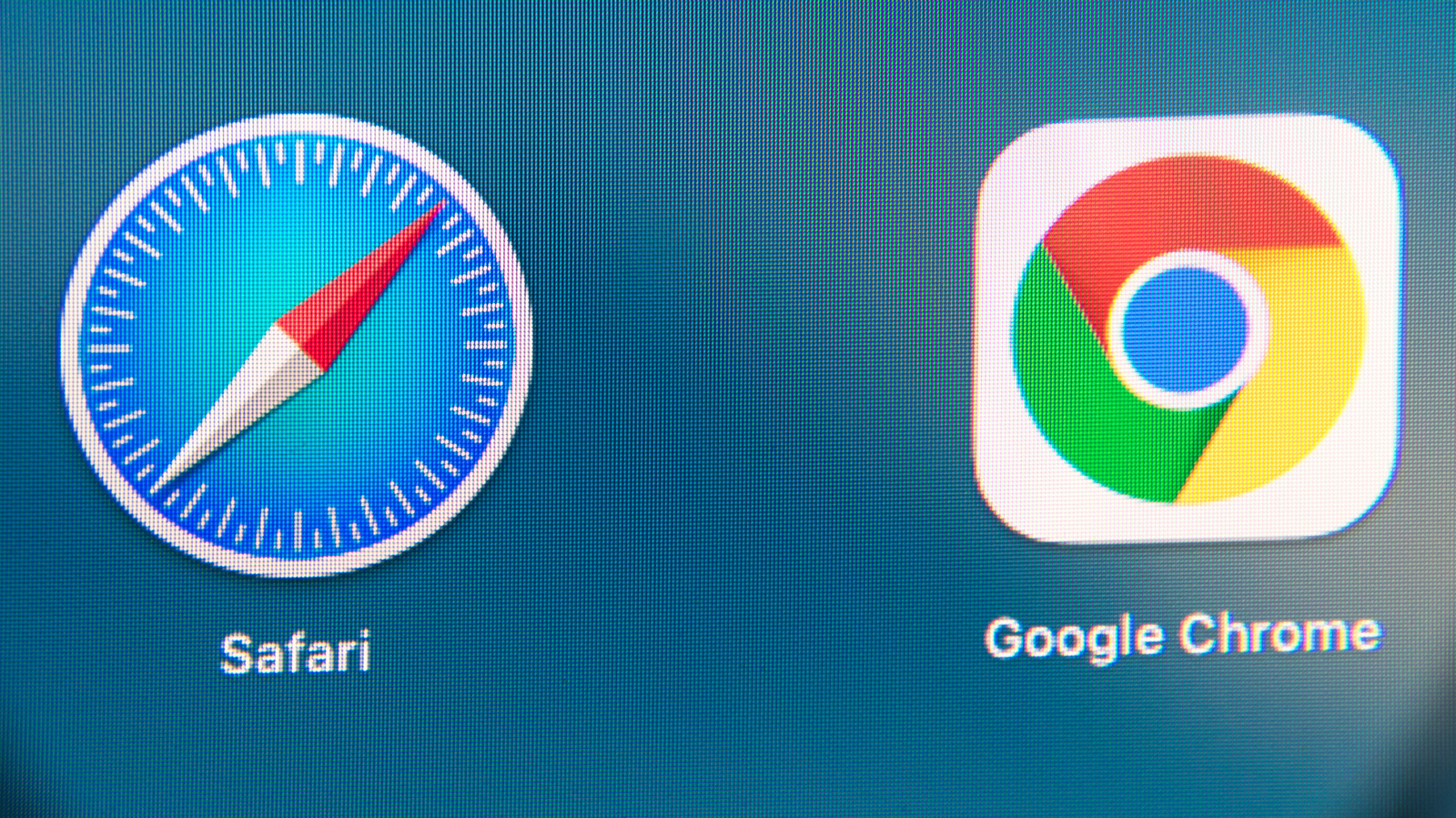
Introduction
In today's digital age, web browsers have become an integral part of our daily lives. Whether it's for work, entertainment, or staying connected, we rely on browsers to navigate the vast landscape of the internet. Among the myriad of browsers available, Google Chrome and Apple's Safari stand out as popular choices for users across the globe. Each browser offers its own set of features and functionalities, catering to the diverse needs of users.
However, many individuals find themselves using both Chrome and Safari, either due to personal preference or professional requirements. In such cases, the ability to seamlessly sync data and settings between these two browsers becomes incredibly valuable. This synchronization ensures a consistent browsing experience across different devices and platforms, allowing users to access their bookmarks, history, passwords, and extensions effortlessly.
In this comprehensive guide, we will delve into the intricacies of syncing Chrome with Safari, providing step-by-step instructions and valuable insights to streamline the process. Whether you're a tech-savvy enthusiast or a casual user, mastering the art of browser synchronization can significantly enhance your digital workflow and productivity. So, let's embark on this journey to unlock the full potential of Chrome and Safari by harmonizing their functionalities and data synchronization.
Setting Up Chrome and Safari
To begin the synchronization process between Chrome and Safari, it is essential to ensure that both browsers are set up correctly on the respective devices. Here's a detailed guide to setting up Chrome and Safari for seamless synchronization:
Chrome Setup:
Install Chrome: If Chrome is not already installed on your device, head to the official Google Chrome website and download the browser. Follow the on-screen instructions to complete the installation process.
Sign in to Chrome: Launch Chrome and sign in to your Google account. If you don't have a Google account, you can create one easily. Signing in to Chrome is crucial as it enables the synchronization of your browsing data across devices.
Customize Settings: Navigate to the Chrome settings by clicking on the three-dot menu in the top-right corner of the browser window . Here, you can customize various settings, including privacy and security preferences, as well as the appearance of the browser.
Enable Sync: Within the Chrome settings, locate the "Sync" option. Ensure that the toggle switch for sync is turned on. This action will allow Chrome to synchronize your browsing data, such as bookmarks, history, passwords, and extensions, across devices where you are signed in with the same Google account.
Safari Setup:
Access Safari Preferences: Open Safari on your Apple device and click on "Safari" in the top menu bar. From the drop-down menu, select "Preferences" to access the Safari settings.
Sign in to iCloud: In the Safari preferences window, navigate to the "General" tab. Here, ensure that the "Safari" option is checked under iCloud preferences. Signing in to iCloud is crucial for synchronizing Safari data across your Apple devices.
Customize Safari Settings: Explore the various settings available in Safari preferences to tailor the browsing experience according to your preferences. You can adjust privacy settings, manage website data, and configure other browsing-related options.
Enable iCloud Sync: Confirm that the iCloud sync feature is enabled for Safari. This step ensures that your browsing history, bookmarks, and other data are seamlessly synchronized across your Apple devices linked to the same iCloud account.
By following these steps to set up Chrome and Safari, you lay the foundation for a smooth and efficient synchronization process, allowing you to seamlessly access your browsing data across different devices and platforms.
Syncing Bookmarks
Syncing bookmarks between Google Chrome and Safari is a convenient way to ensure that your favorite websites and online resources are readily accessible across different devices and platforms. Whether you're switching between a Mac, iPhone, or Windows PC , having your bookmarks synchronized allows for a seamless browsing experience. Here's a detailed guide on how to sync bookmarks between Chrome and Safari:
Chrome to Safari:
Export Bookmarks from Chrome:
- Launch Google Chrome and click on the three-dot menu in the top-right corner.
- Navigate to "Bookmarks" > "Bookmark Manager."
- In the Bookmark Manager, click on the three-dot menu and select "Export Bookmarks."
- Save the exported HTML file to a location on your computer.
Import Bookmarks to Safari:
- Open Safari on your Mac and click on "File" in the top menu bar.
- Select "Import From" and choose "Bookmarks HTML File."
- Locate the HTML file exported from Chrome and click "Import."
Safari to Chrome:
Export Bookmarks from Safari:
- Choose "Export Bookmarks" and save the bookmarks file to a preferred location.
Import Bookmarks to Chrome:
- In the Bookmark Manager, click on the three-dot menu and select "Import Bookmarks."
- Choose the bookmarks file exported from Safari and click "Open."
Syncing Across Devices:
For continuous synchronization of bookmarks between Chrome and Safari across multiple devices, ensure that the sync feature is enabled in both browsers. By signing in to Chrome with your Google account and enabling sync, your Chrome bookmarks will be accessible on any device where you are signed in. Similarly, by signing in to iCloud and enabling Safari sync, your Safari bookmarks will be available across your Apple devices linked to the same iCloud account.
By following these steps, you can effortlessly sync bookmarks between Chrome and Safari, allowing for a harmonized browsing experience across your favorite devices. Whether it's accessing work-related resources, entertainment websites, or educational materials, having your bookmarks synchronized ensures that your digital library is always within reach.
Syncing History
Syncing browsing history between Google Chrome and Safari is a valuable feature that allows users to seamlessly access their recently visited websites across different devices and platforms. Whether you're transitioning from a Mac to a Windows PC or switching between an iPhone and an iPad, having your browsing history synchronized ensures a consistent and efficient browsing experience. Here's a detailed guide on how to sync browsing history between Chrome and Safari:
Enable History Sync in Chrome:
- Ensure that the sync feature is enabled in Chrome by signing in with your Google account and navigating to the sync settings. This step allows Chrome to synchronize your browsing history across devices where you are signed in with the same Google account.
Accessing History on Safari:
- Once history sync is enabled in Chrome, open Safari on your Mac or iOS device. By signing in to iCloud and ensuring that Safari sync is enabled, your browsing history from Chrome will be seamlessly accessible on your Apple devices linked to the same iCloud account.
Enable History Sync in Safari:
- Sign in to iCloud on your Mac or iOS device and ensure that Safari sync is enabled. This action allows Safari to synchronize your browsing history across Apple devices linked to the same iCloud account.
Accessing History on Chrome:
- After enabling history sync in Safari, launch Google Chrome on your Windows PC or Android device. By signing in to Chrome with your Google account and enabling sync, your browsing history from Safari will be available on any device where you are signed in with the same Google account.
Continuous Synchronization Across Devices:
For continuous synchronization of browsing history between Chrome and Safari across multiple devices, it is essential to keep the sync feature enabled in both browsers. By maintaining a consistent sign-in with your Google account in Chrome and iCloud account in Safari, your browsing history will seamlessly propagate across your devices, ensuring a cohesive browsing experience.
By following these steps, you can effortlessly sync browsing history between Chrome and Safari, allowing for a harmonized browsing experience across your favorite devices. Whether it's revisiting important research websites, accessing previously viewed articles, or retracing your digital footsteps, having your browsing history synchronized ensures that your recent online activities are readily available whenever and wherever you need them.
Syncing Passwords
Syncing passwords between Google Chrome and Safari is a crucial aspect of maintaining a seamless and secure browsing experience across different devices and platforms. With the increasing emphasis on online security and privacy, the ability to synchronize passwords ensures that users can access their saved credentials effortlessly while adhering to best practices for password management. Here's a comprehensive guide on how to sync passwords between Chrome and Safari:
Enable Password Sync in Chrome:
- Sign in to Chrome with your Google account and navigate to the sync settings. Ensure that the toggle switch for password sync is turned on. This action allows Chrome to synchronize your saved passwords across devices where you are signed in with the same Google account.
Accessing Passwords on Safari:
- Once password sync is enabled in Chrome, open Safari on your Mac or iOS device. By signing in to iCloud and ensuring that Safari sync is enabled, your saved passwords from Chrome will be seamlessly accessible on your Apple devices linked to the same iCloud account.
Enable Password Sync in Safari:
- Sign in to iCloud on your Mac or iOS device and ensure that Safari sync is enabled. This action allows Safari to synchronize your saved passwords across Apple devices linked to the same iCloud account.
Accessing Passwords on Chrome:
- After enabling password sync in Safari, launch Google Chrome on your Windows PC or Android device. By signing in to Chrome with your Google account and enabling sync, your saved passwords from Safari will be available on any device where you are signed in with the same Google account.
For continuous synchronization of saved passwords between Chrome and Safari across multiple devices, it is essential to keep the sync feature enabled in both browsers. By maintaining a consistent sign-in with your Google account in Chrome and iCloud account in Safari, your saved passwords will seamlessly propagate across your devices, ensuring convenient access to your credentials while maintaining robust security measures.
By following these steps, you can effortlessly sync passwords between Chrome and Safari, ensuring that your saved credentials are readily available whenever and wherever you need them. Whether it's accessing online accounts, logging into secure portals, or managing your digital identities, having your passwords synchronized enhances both convenience and security in your browsing endeavors.
Syncing Extensions and Add-ons
Syncing extensions and add-ons between Google Chrome and Safari is a valuable aspect of ensuring a consistent browsing experience across different devices and platforms. Extensions and add-ons enhance the functionality of web browsers, offering features such as ad-blocking, password management, productivity tools, and more. Synchronizing these extensions and add-ons allows users to seamlessly access their preferred browser enhancements, regardless of the device or platform they are using.
Enable Extension Sync in Chrome:
- Sign in to Chrome with your Google account and navigate to the sync settings. Ensure that the toggle switch for extension sync is turned on. This action allows Chrome to synchronize your installed extensions across devices where you are signed in with the same Google account.
Accessing Extensions on Safari:
- Once extension sync is enabled in Chrome, open Safari on your Mac or iOS device. By signing in to iCloud and ensuring that Safari sync is enabled, your installed extensions from Chrome will be seamlessly accessible on your Apple devices linked to the same iCloud account.
Enable Extension Sync in Safari:
- Sign in to iCloud on your Mac or iOS device and ensure that Safari sync is enabled. This action allows Safari to synchronize your installed extensions across Apple devices linked to the same iCloud account.
Accessing Extensions on Chrome:
- After enabling extension sync in Safari, launch Google Chrome on your Windows PC or Android device. By signing in to Chrome with your Google account and enabling sync, your installed extensions from Safari will be available on any device where you are signed in with the same Google account.
For continuous synchronization of installed extensions between Chrome and Safari across multiple devices, it is essential to keep the sync feature enabled in both browsers. By maintaining a consistent sign-in with your Google account in Chrome and iCloud account in Safari, your installed extensions will seamlessly propagate across your devices, ensuring a cohesive browsing experience.
By following these steps, you can effortlessly sync extensions and add-ons between Chrome and Safari, ensuring that your preferred browser enhancements are readily available whenever and wherever you need them. Whether it's enhancing productivity, customizing your browsing experience, or bolstering security measures, having your extensions and add-ons synchronized enriches your digital interactions.
In conclusion, the seamless synchronization of browsing data and settings between Google Chrome and Safari offers a myriad of benefits, enhancing the overall browsing experience for users across different devices and platforms. By following the comprehensive guide outlined in this article, individuals can effectively harmonize their favorite browsers, ensuring that bookmarks, browsing history, passwords, and extensions are readily accessible whenever and wherever they are needed.
The ability to sync bookmarks between Chrome and Safari enables users to maintain a consistent digital library, ensuring that their favorite websites and online resources are easily accessible across various devices. Whether it's for work-related research, leisurely reading, or educational pursuits, having synchronized bookmarks streamlines the browsing experience, eliminating the need to manually recreate bookmark collections on different devices.
Furthermore, the synchronization of browsing history facilitates a seamless transition between devices, allowing users to revisit recently viewed websites without interruption. This feature is particularly valuable for individuals who rely on multiple devices for their daily browsing activities, ensuring that their digital footprint remains consistent and easily traceable.
The synchronization of passwords between Chrome and Safari not only enhances convenience but also reinforces online security practices. By seamlessly accessing saved credentials across devices, users can navigate their online accounts and platforms with ease, without compromising on security measures. This streamlined access to passwords contributes to a more efficient and secure browsing experience.
Additionally, the synchronization of extensions and add-ons ensures that users can leverage their preferred browser enhancements across different platforms. Whether it's for productivity tools, ad-blocking, or specialized functionalities, having synchronized extensions allows users to tailor their browsing experience to their preferences, regardless of the device they are using.
In essence, the ability to sync Chrome with Safari empowers users to transcend the limitations of individual devices, creating a cohesive and personalized browsing environment that adapts to their needs and preferences. By leveraging the synchronization features offered by these browsers, individuals can seamlessly transition between devices, accessing their personalized browsing environment with ease and efficiency.
Leave a Reply Cancel reply
Your email address will not be published. Required fields are marked *
Save my name, email, and website in this browser for the next time I comment.
- Crowdfunding
- Cryptocurrency
- Digital Banking
- Digital Payments
- Investments
- Console Gaming
- Mobile Gaming
- VR/AR Gaming
- Gadget Usage
- Gaming Tips
- Online Safety
- Software Tutorials
- Tech Setup & Troubleshooting
- Buyer’s Guides
- Comparative Analysis
- Gadget Reviews
- Service Reviews
- Software Reviews
- Mobile Devices
- PCs & Laptops
- Smart Home Gadgets
- Content Creation Tools
- Digital Photography
- Video & Music Streaming
- Online Security
- Online Services
- Web Hosting
- WiFi & Ethernet
- Browsers & Extensions
- Communication Platforms
- Operating Systems
- Productivity Tools
- AI & Machine Learning
- Cybersecurity
- Emerging Tech
- IoT & Smart Devices
- Virtual & Augmented Reality
- Latest News
- AI Developments
- Fintech Updates
- Gaming News
- New Product Launches
Learn To Convert Scanned Documents Into Editable Text With OCR
Top mini split air conditioner for summer, related post, comfortable and luxurious family life | zero gravity massage chair, when are the halo awards 2024, what is the best halo hair extension, 5 best elegoo mars 3d printer for 2024, 11 amazing flashforge 3d printer creator pro for 2024, 5 amazing formlabs form 2 3d printer for 2024, related posts.
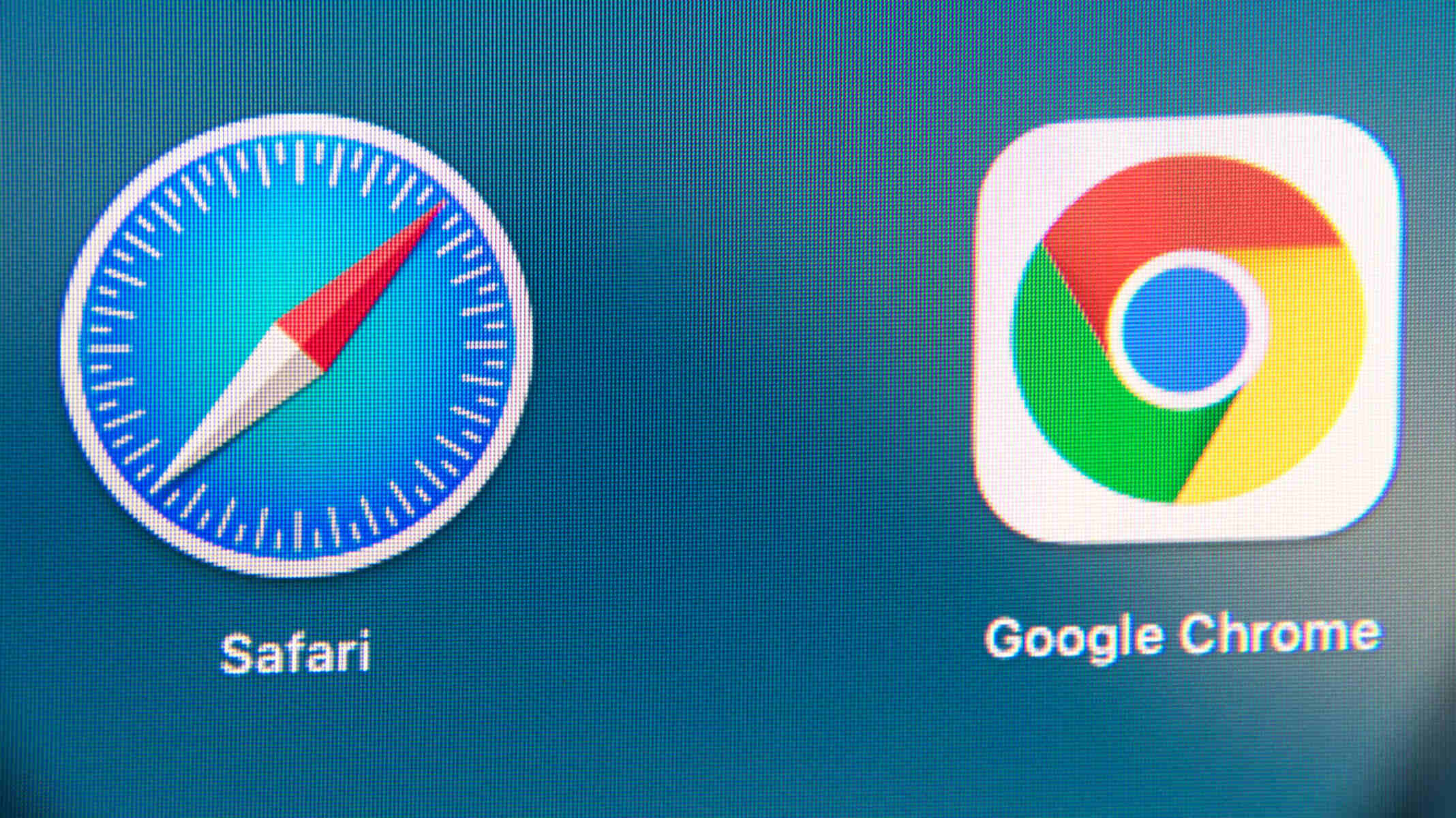

How To Sync Chrome Bookmarks With Safari

How To Transfer Bookmarks From Safari To Chrome

How Do I Import Bookmarks From Safari To Chrome
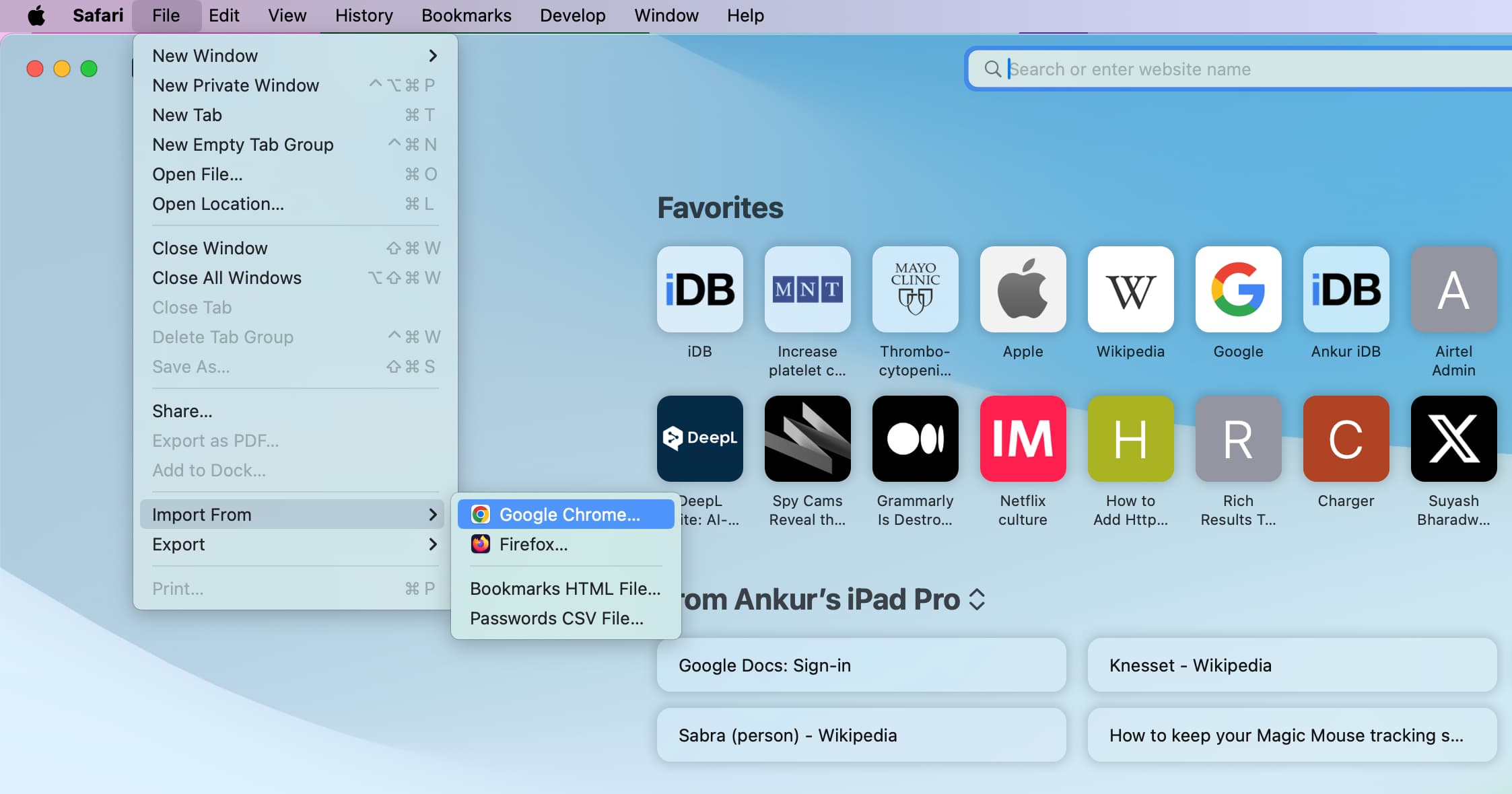
How To Transfer Saved Passwords From Chrome To Safari

How To Remove Google Account From Browser
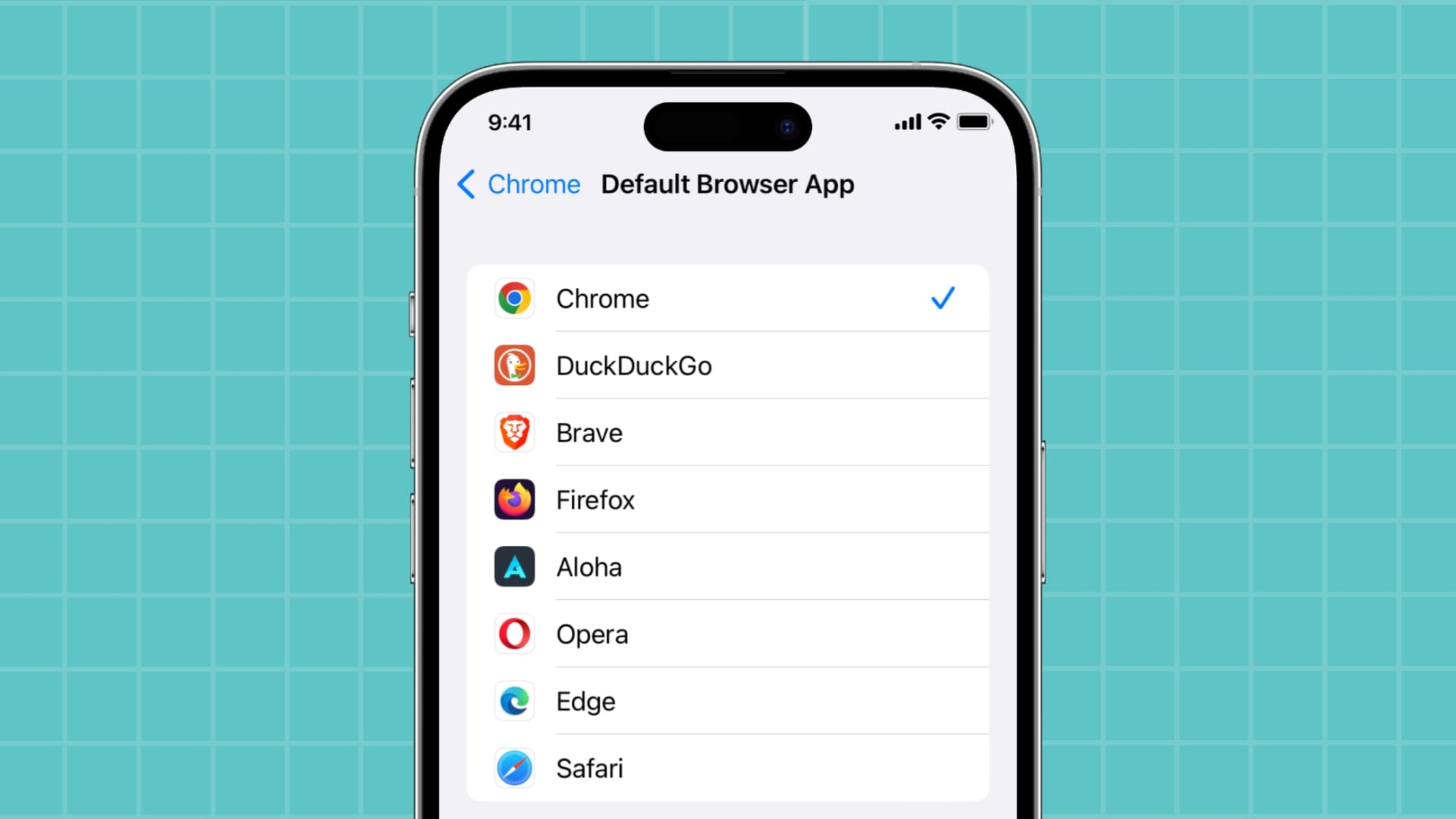
How To Change Browser From Safari To Chrome
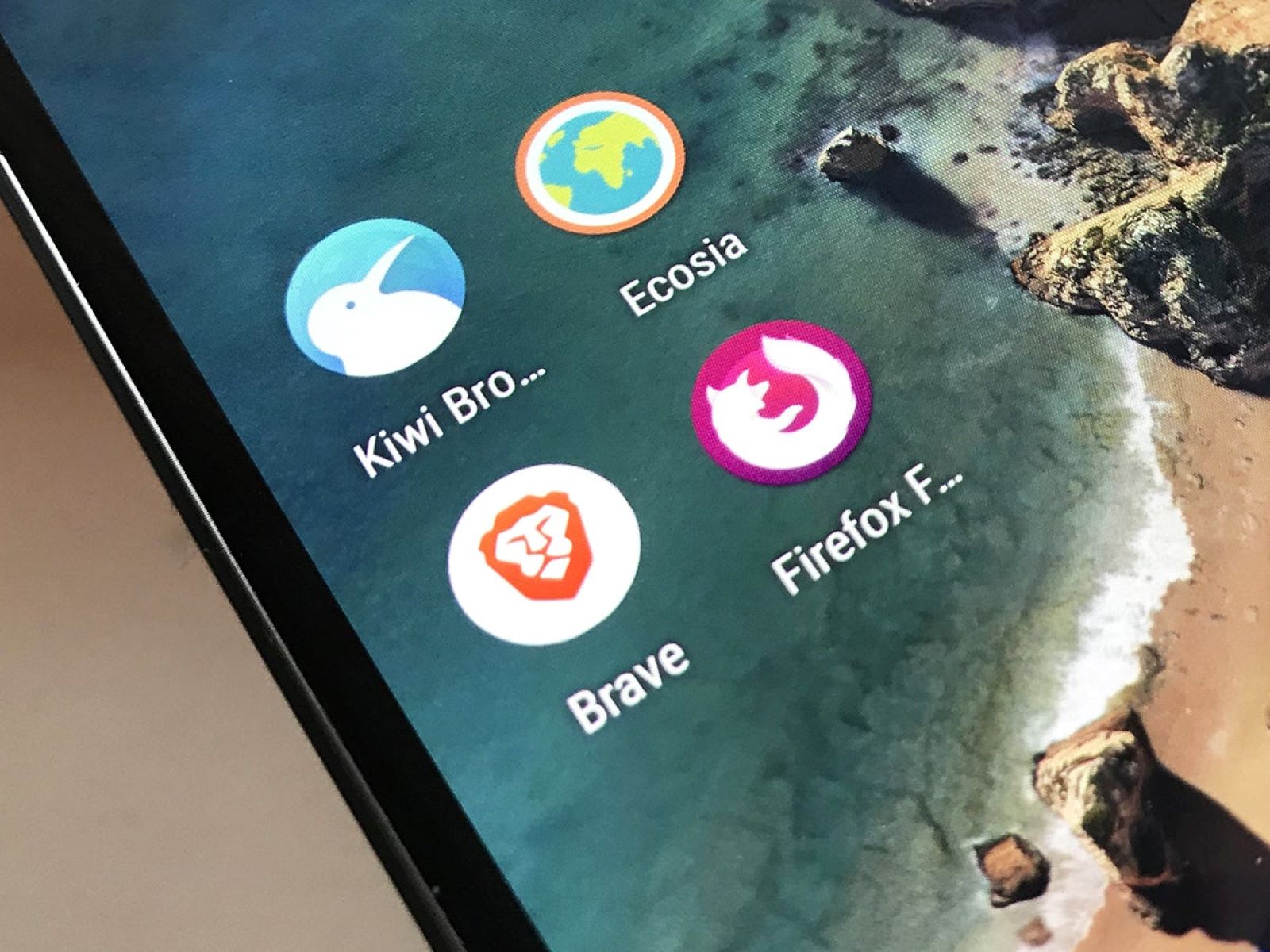
Where Is The Browser On My Phone

Microsoft Edge vs Chrome: Which Browser Is Better?
Recent stories.

Fintechs and Traditional Banks: Navigating the Future of Financial Services

AI Writing: How It’s Changing the Way We Create Content

How to Find the Best Midjourney Alternative in 2024: A Guide to AI Anime Generators

How to Know When it’s the Right Time to Buy Bitcoin

Unleashing Young Geniuses: How Lingokids Makes Learning a Blast!

- Privacy Overview
- Strictly Necessary Cookies
This website uses cookies so that we can provide you with the best user experience possible. Cookie information is stored in your browser and performs functions such as recognising you when you return to our website and helping our team to understand which sections of the website you find most interesting and useful.
Strictly Necessary Cookie should be enabled at all times so that we can save your preferences for cookie settings.
If you disable this cookie, we will not be able to save your preferences. This means that every time you visit this website you will need to enable or disable cookies again.
You are using an outdated browser. Please upgrade your browser to improve your experience.
How to use Safari Extensions in 2022 — and five of our favorites

Safari Extensions are small utilities added on top of the Safari browser on your Apple device. Through these utilities, they dynamically change the browsing experience. Safari Extensions offer tools to change up your browsing experience just the way you want.
Here are five of our favorites.
Dark Reader
Compatible with: iPhone, iPad , and Mac
Price: $4.99
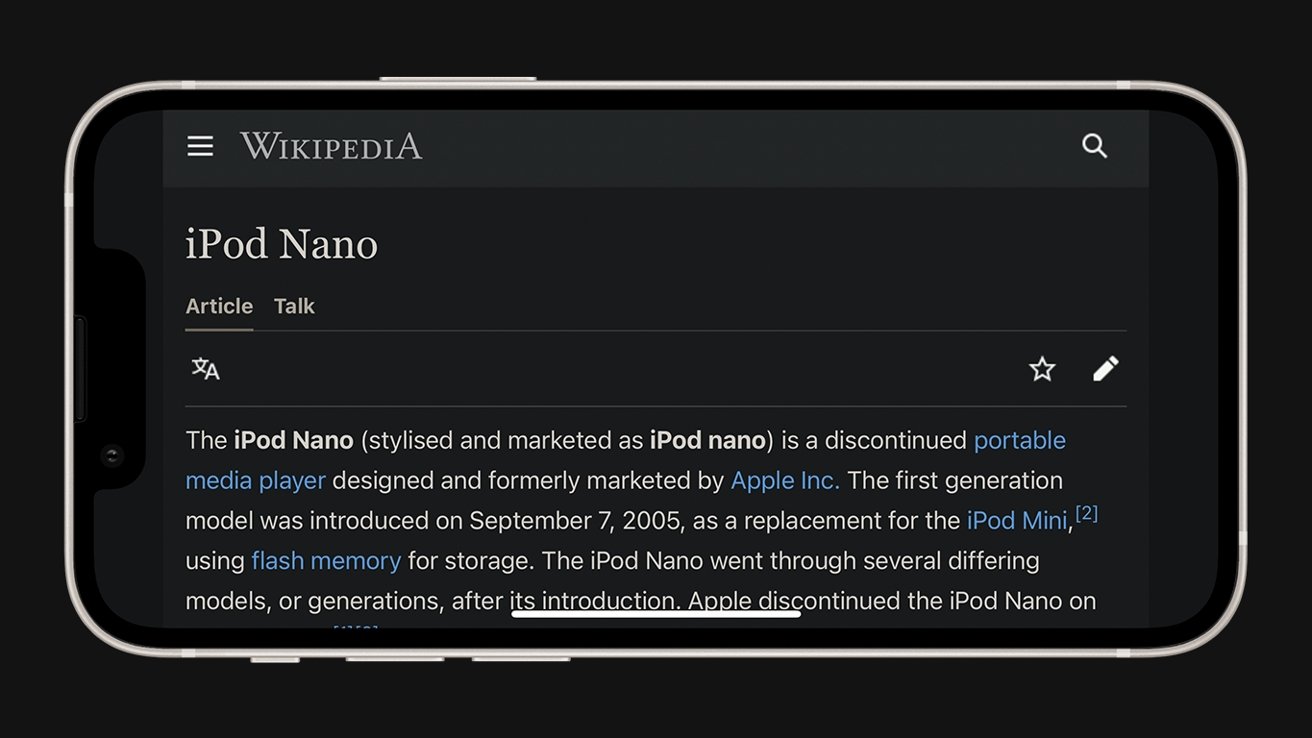
Many devices have adopted a Dark Mode for a more comfortable viewing experience at night. However, many websites still lagged behind, and continue to only offer light-colored backgrounds. Dark Reader is a powerful way to make these websites just as comfortable to look at at night.
Turn the extension on, and Dark Reader automatically turns every site into a white-on-black version.
It intelligently works around photos and links, and simple controls make it easy to turn off when need be if a site is better served in its regular appearance.
Yet, its more granular options give users a lot of control — from the exact color of the background to precise sliders to adjust brightness and contrast.
Among dark mode extensions available as extensions, Dark Reader stands out as the perfect balance of ease-of-use and detailed control. It works across all Apple devices that support Safari Extensions.
Compatible with: iPhone/iPad and Mac
Price: Free

The popular coupon-finding extension is available for the iPhone, iPad, and Mac.
When the user goes online shopping on their device, Honey automatically fills the coupon field with valid codes to save money at checkout.
Its lightweight package means it will not affect browsing when the user is not shopping, yet it's efficient when a code comes in handy. It'll automatically appear when a code is found when on iPhone.
Honey is famous for its comprehensive database of coupon codes and is the most extensive extension of its kind on the Internet.
OverPicture
Compatible with: Mac
Price: $2.99
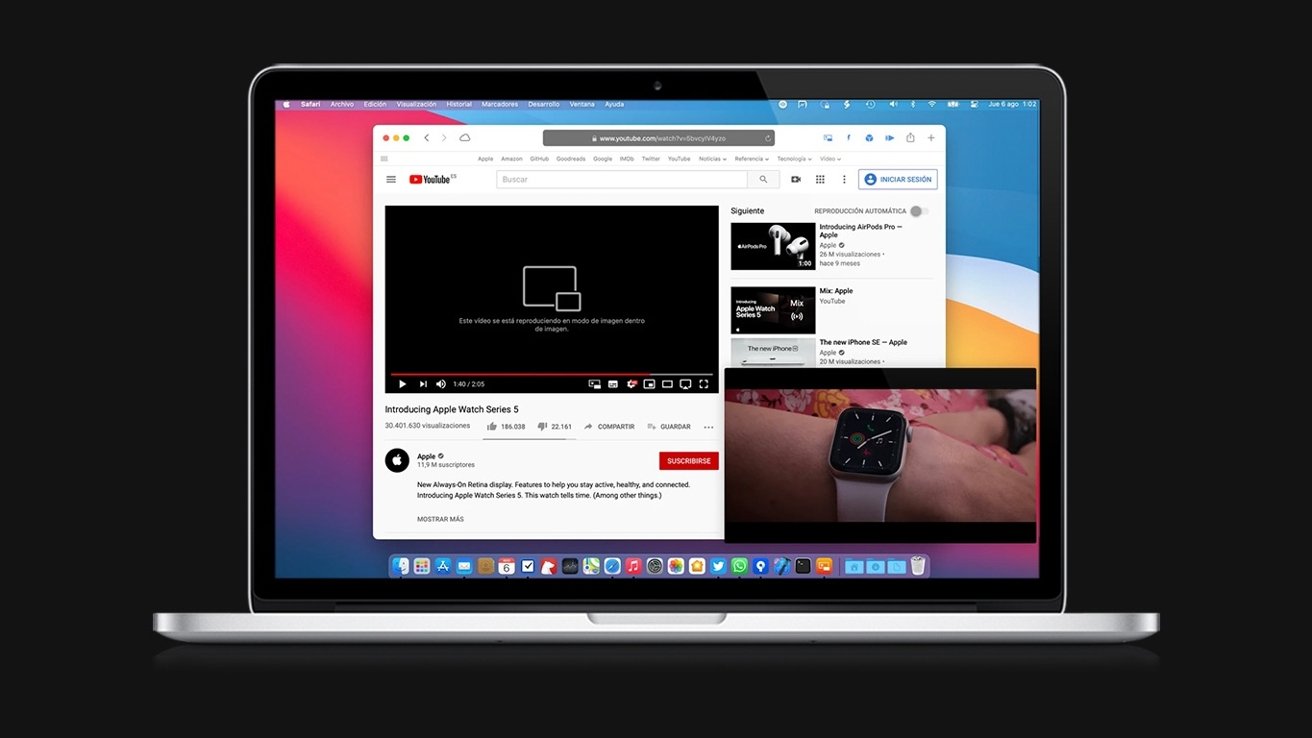
While Picture-in-Picture is slowly rolling out for certain YouTube users on iPhone and iPad , it has yet to arrive on the Mac.
OverPicture implements a simple interface on top of YouTube in Safari to allow users to take YouTube videos in Picture-in-Picture. In addition, users can watch a smaller version of the video as it floats over their work by clicking an integrated toggle in the video player.
The Apple-like interface means that it is instantly familiar to those who have already sued the feature on iPhone and iPad.
It is the simplest way to get the functionality for the Mac, and it fits in with the design of the software.
Compatible with: iPhone, iPad, Mac
Price: Free to install, requires subscription for full functionality
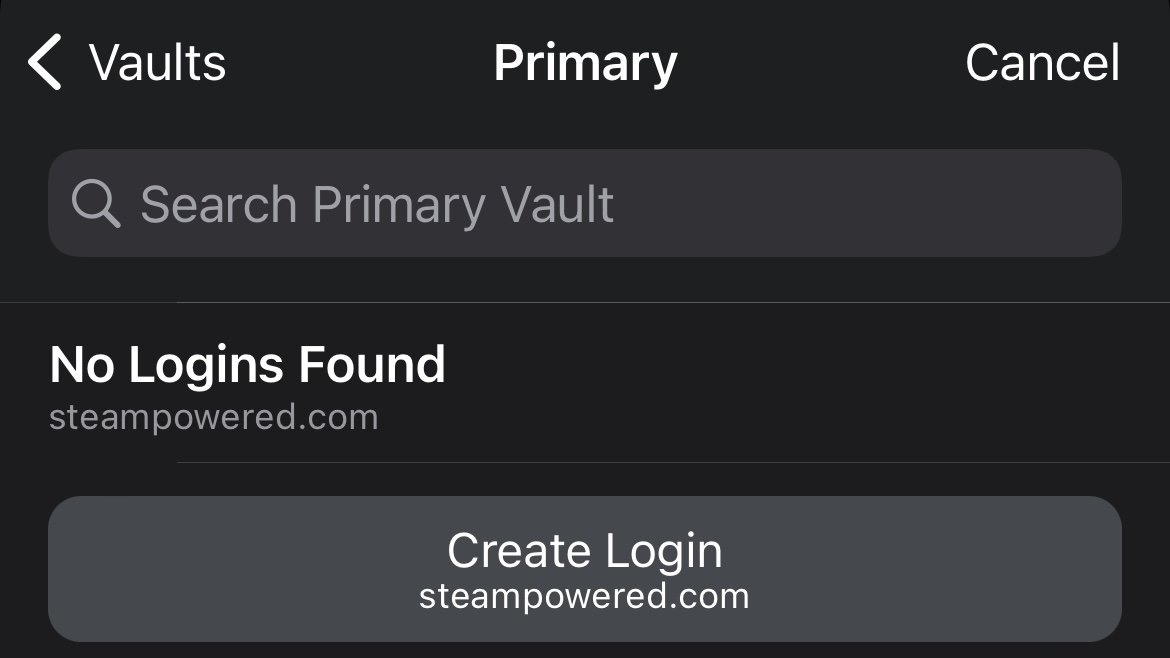
The password utility 1Password helps users organize passwords and strengthen their security by generating hard-to-crack passwords.
The extension will automatically fill these passwords in for the user, freeing the user from memorizing tricky passwords themselves.
Featured in numerous "best password manager lists," the utility is simple to invoke when needed and does not interrupt when the user is browsing.
Compatible with: iPhone/iPad, Mac
Price: Free for basic functionality, paid tiers for more features
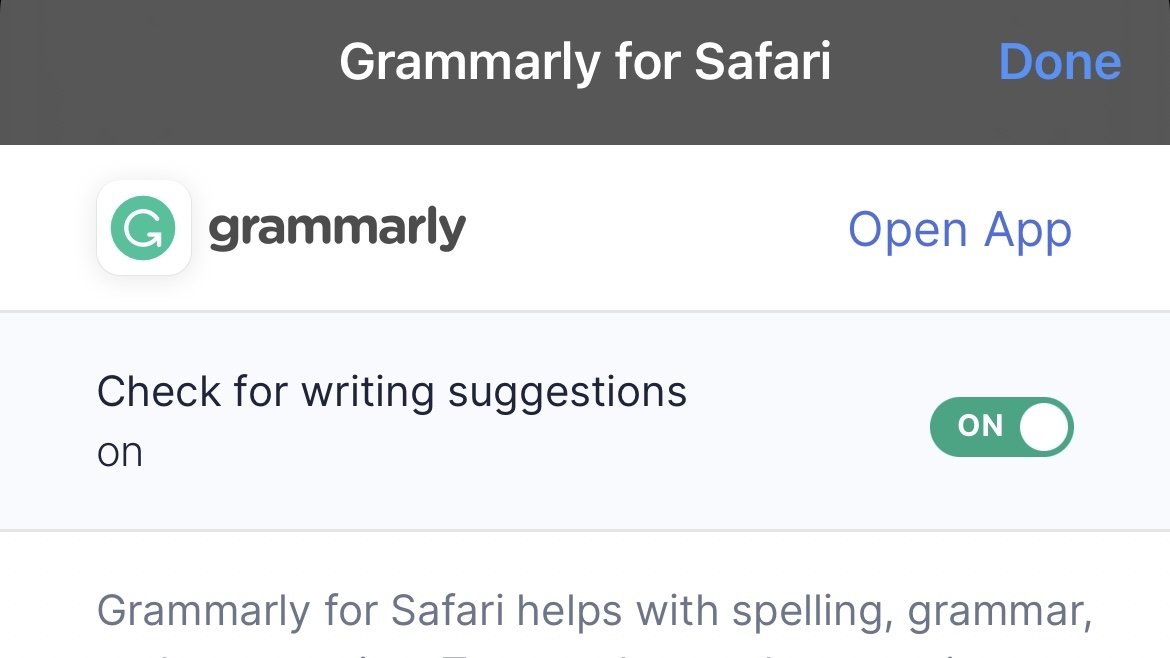
The recipient of many software design awards, Grammarly is an extension that aims to improve users' writing.
The extension automatically suggests better word choices, corrects spelling and gives fixes to sentences in a compact window to the side.
It also intelligently adapts to different writing scenarios. So whether it's a formal business email or a casual text chat between friends, Grammarly promises to optimize the writing for the user in a simple, easy-to-use extension.
However, before you can use Safari Extensions, you'll need to turn them on. The steps are a little different for iPhone, iPad, and Mac.
How to turn on Safari Extensions on iPhone and iPad
- Launch Settings on your device.
- Tap Safari .
- Under General, tap Extensions .
- Select the extension you want enabled and turn it on.
Return to Safari on your iPhone or iPad, and tap the puzzle icon in your address bar. You can see the Safari Extension has been enabled.
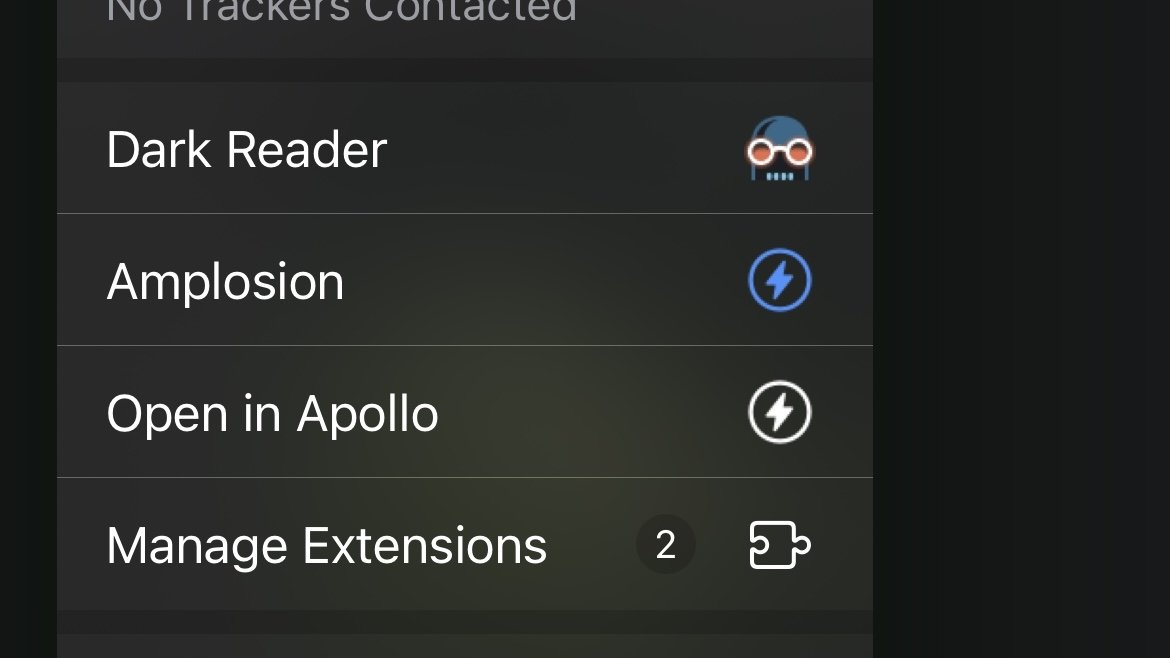
How to turn on Safari Extensions on Mac
- In the Menu Bar, click Safari .
- Click Preferences .
- In Safari Preferences, click Extensions .
- You should see all available Safari Extensions in a vertical list to the left. Click the checkbox of your chosen extension to turn it on.
You should now see the icon of the Safari Extension you have enabled show up next to the other toggles and settings in the Address Bar.
If you would no longer like a Safari Extension to be enabled, here's how to disable it.
How to turn off Safari Extensions on iPhone and iPad
- Select the extension you want disabled and turn it off.
Return to Safari on your iPhone or iPad, and tap the puzzle icon in your address bar. You can see the Safari Extension has been disabled.
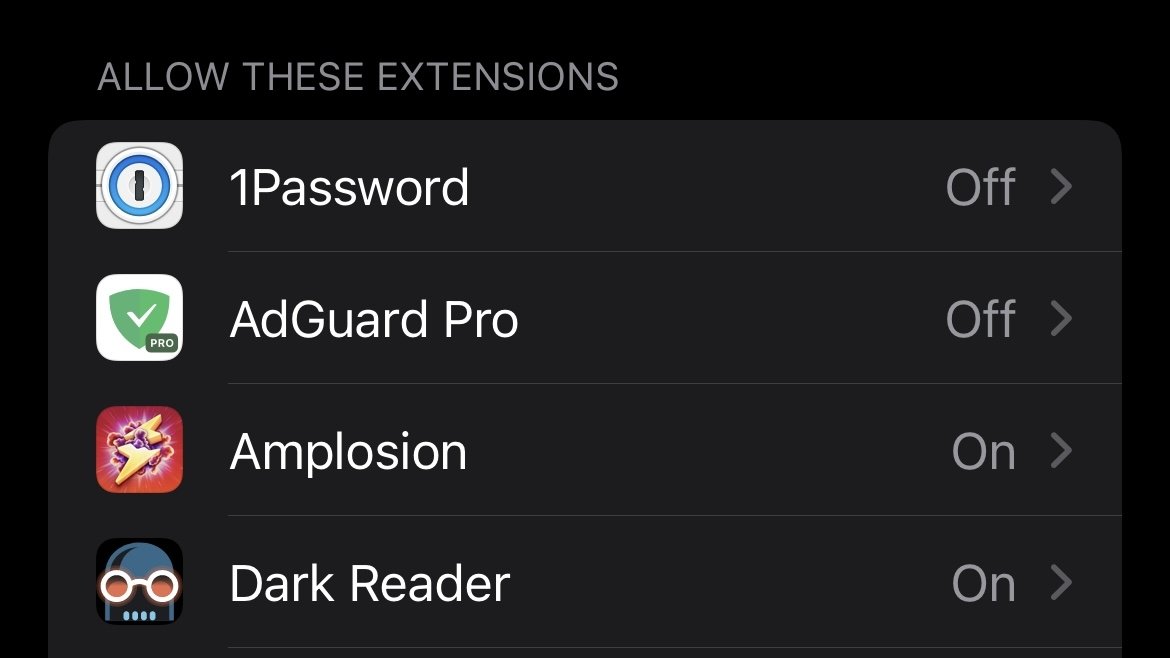
- You should see all available Safari Extensions in a vertical list to the left. Uncheck your chosen extension to turn it off.
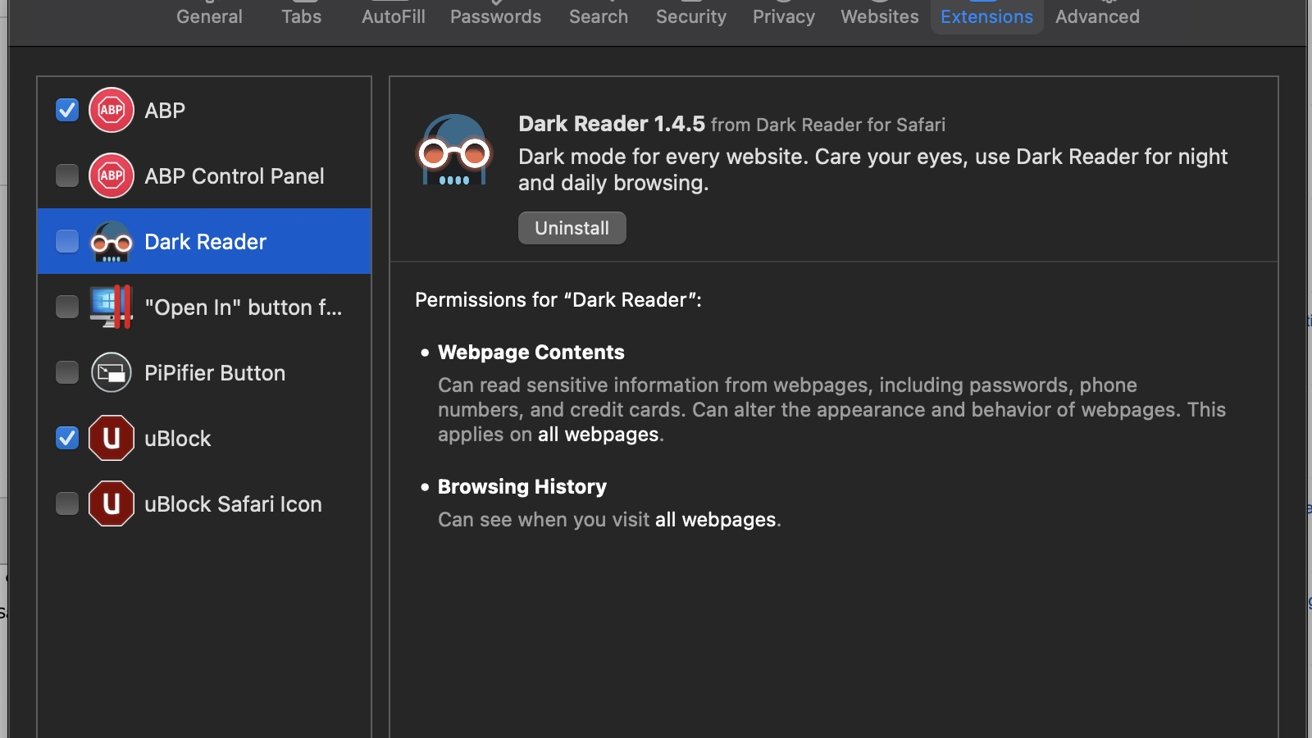
You should no longer see the icon of the Safari Extension you have just enabled in the Address Bar.
Top Stories

Amazon discounts the Apple Studio Display to $1,299 ($300 off)

An inside look at Apple's various internal iOS variants that aid development
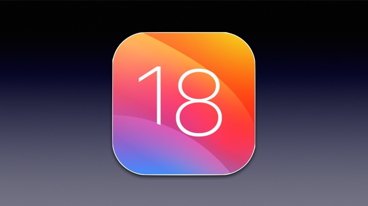
What to expect in iOS 18: AI, new look, redesigned stock apps, and more

New iPad Pro models will get the best OLED tablet display ever made

New iPhone 16 leak blows the cover off of screen sizes & camera bump

New iPad Air & iPad Pro models are coming soon - what to expect
Featured deals.

Save up to $350 on every Apple M3 MacBook Pro, plus get up to $80 off AppleCare
Latest exclusives.

Apple's iOS 18 AI will be on-device preserving privacy, and not server-side

Apple's macOS 15 to get rare cognitive boost via Project GreyParrot

Apple Notes in iOS 18 looks to up the ante with Microsoft OneNote
Latest comparisons.

M3 15-inch MacBook Air vs M3 14-inch MacBook Pro — Ultimate buyer's guide

M3 MacBook Air vs M1 MacBook Air — Compared

M3 MacBook Air vs M2 MacBook Air — Compared
Latest news.

How to transfer files between two Macs with a cable
Even with AirDrop's convenience for Mac users, transferring large files or navigating software incompatibilities often requires a more robust solution. Here are some options for using a cable.

Apple starts replacing titanium Apple Cards from original 2019 batch
Apple has begun notifying users of the first-generation titanium Apple Card rolled out in 2019 about its upcoming expiration and replacement.

iPad at war: How the iPad is crucial to the Ukraine war effort
The iPad is being used for an unusual purpose in the Ukraine-Russia conflict — they're helping the Ukraine Air Force use modern weapons on older fighter jets.

Samsung has reportedly had difficulties adapting its production line to the two-stack OLED needed for the new iPad Pro line, which is said to be the best OLED tablet panel on the market.

More Matter products, and a big new Sonos app update on the HomeKit Insider Podcast
On this episode of the HomeKit Insider Podcast, we check out a new humidifier that uses moss, new Matter products, and Sonos' giant app update.

The releases of iOS 18 and iPadOS 18 is shaping up to be Apple's biggest OS refresh in a decade. On top of expected machine learning and AI advancements, the stock apps and overall look will be getting a makeover.

Retro gold rush: these emulators are coming to the App Store soon
Apple is allowing emulators on App Store. Here's what's on the way so you can play your favorite retro games on your iPhone, updated on April 29.

Browser developers gripe about Apple promoting them in the EU
EU iPhone owners now get shown a list of browsers instead of solely launching Safari, but some of the firms behind those other browsers think it's terrible how users are being told about them.

Latest Videos

All of the specs of the iPhone SE 4 may have just been leaked

When to expect every Mac to get the AI-based M4 processor
Latest reviews.

Unistellar Odyssey Pro review: Unlock pro-level astronomy with your iPhone from your backyard

Ugreen DXP8800 Plus network attached storage review: Good hardware, beta software

Espresso 17 Pro review: Magnetic & modular portable Mac monitor

{{ title }}
{{ summary }}

How to Block Websites From Employee Use
If you plan to create restrictions, here are a few tips to follow:
1. Be transparent with employees.
If you decide to restrict websites, make sure you tell your staff. You should explain what websites and categories you’re restricting and why. Your employees will appreciate the transparency and won’t waste time contacting IT if they have problems accessing a blocked website.
Ralph Labarta, chief technology officer at Engage PEO, recommended including the information in an internet use policy. “The policy should include a protocol for accessing sites that are blocked but may need legitimate access, a warning that attempting to thwart site restrictions is a violation of the policy and a warning that all site activities are monitored.”
If you’re considering blocking social media websites, create a social media policy first and step in only if a problem arises, suggested Jonathan Prichard, founder and CEO of MattressInsider.
“Instead of restricting access, create a companywide social media policy,” he said. “This document should include guidelines for what you expect in terms of time spent on social media sites during office hours. Give them the structure, [and] allow them to make decisions for themselves.”
2. Use a browser extension.
The easiest way to block a website or category of websites on Google Chrome or Mozilla Firefox is with BlockSite. With this browser add-on, you can block specific websites, such as Facebook, adult websites or URLs that contain specific words.
BlockSite also works on Chrome’s incognito mode. If you’re worried that your employees will access BlockSite to manage blocked websites, you can set up a password to limit access.
3. Use employee monitoring software.
For a more extreme solution, consider purchasing employee monitoring software, which can track almost every move your employees take, such as how many minutes they are inactive and even their keystrokes. If you are concerned about data breaches and network security consider reading our Teramind review , our best pick for protecting your business and employees against security threats.
Some of the best employee monitoring software also offers content-filtering features that allow you to regulate websites and certain topics, such as weapons, drugs and nudity. You can also block individual websites by manually adding them to the list of prohibited websites. In addition, you can create notifications and alerts that are triggered when an employee browses restricted content.
4. Block websites from the Wi-Fi network.
If you have many employees or your employees regularly use multiple devices, it may be best to block websites from being accessed via your company’s Wi-Fi network. This way, these settings apply to all people on the network, and you don’t have to keep updating individual devices.
Bottom Line: There are multiple ways to block employees from accessing inappropriate websites during company time.
How to block a website in Google Chrome
Blocking websites in Chrome is not part of the regular installation process, but it is possible. Computer Hope gives these step-by-step instructions on how to block a website in Chrome:
- Go to the Chrome website, and visit the Block Site Extensions.
- On the top right of the page, click Add to Chrome.
- Click Add Extension to confirm the installation of the extension. Once you see the Thank You page, you know the extension has been installed.
- On the top right of the window, click the button with three dots, which is the Customize and Control Google Chrome button.
- From the menu, select More Tools. Then, select Extensions.
- The Block Site Options page opens to allow you to enter the websites you want to block. Type the website in the box, and click Add Page. That website is now blocked.
How to block a website in Firefox
There are also ways to block websites in Firefox, even though it does not come with the default installation. Computer Hope provides these step-by-step instructions on how to block a website on Firefox:
- From the list of menus at the top of the browser, select Add-ons and Themes.
- Look for a search bar in the top-right corner. Type “BlockSite” into the search bar. The top result should be the BlockSite add-on. Click on the name or description. Next, click “Add to Firefox.”
- After the program installs, you will have to restart Firefox to finish the installation.
How to block a website in Safari
Macs with parental control features can block websites on the Safari browser, which comes preinstalled on Apple devices. Here’s how to access this menu:
- Navigate to the Apple logo in the upper-left corner of the screen.
- Select System Preferences and then Screen Time.
- Next, click on Content & Privacy. You will then be given a list of options for restricting web content. Click on “Limit Adult Websites.” If there is a particular website you wish to block, click on the “Customize” button. You can then enter the URL you wish to block.
- Finally, click the Ok button to save your settings.
You can also use a firewall or antivirus system, or block websites at the Wi-Fi network level instead of the individual device level, depending on the computer’s location and the browser you’re using.
How to block a website in Microsoft Edge
The Microsoft Edge browser is preinstalled on many Windows computers, and you can adjust these browser settings to block or restrict certain websites. Notably, these settings are geared toward parental controls, so the navigation refers to “adult” and “child” accounts. To block sites on Microsoft Edge, follow these steps:
- Ensure you are logged in to the “adult” Microsoft account, which modifies the child’s Microsoft account.
- Visit family.microsoft.com.
- Find the account in question on the Your Family page, and select it.
- Navigate to the section labeled Web Browsing.
- Turn on “Block inappropriate websites.”
- Once you turn on this setting, you can add to the list of websites you do not want that account to visit.
In addition to using these settings, you can install an antivirus system, block sites at the Wi-Fi network level or use a firewall. The best setting for your needs depends on the control you need and the browser being used. These options may be better for establishing settings across multiple devices or accounts. You can also modify each computer to block websites through administrator settings, but this may be too complicated or advanced for some users.
How to block a website on an iPhone or iPad
You can configure an iPhone or iPad to block websites that fit your criteria. For example, you can block all adult websites or only specific keywords.
Here’s how to block websites:
- Open the Settings app.
- Scroll down to select Screen Time.
- Go to Content & Privacy Restrictions.
- Tap the button at the top of this menu to turn on Content & Privacy Restrictions if it’s not already selected.
- Go to Content Restrictions, and tap that menu item.
- Scroll down to Web Content, and tap to limit adult websites or provide a list of allowed websites.
Here’s how to block searches:
- Follow steps 1 through 5 above.
- Instead of scrolling down to the Web Content section of the menu, tap the Web Search Content and Explicit Language menus. From there, you can disallow web search content or web searches that use explicit language.
Don’t forget to set a password to ensure that the settings cannot be undone without your permission.
Bottom Line: There are tools and settings that allow you to block websites on whatever devices and browsers your employees are using. Be sure your company policy around internet use covers all devices that will be connected to the business’s network.
How to block a website on an Android device
Android devices can block undesirable websites and searches in several ways. Some of these methods are more technologically advanced than others. Because Android devices utilize the Chrome browser, you can adjust those settings on each device. There are also apps that enforce these restrictions on the device. Here are your options:
- Browser extension: You can download and install BlockSite on the Google Chrome browser. Search for BlockSite in the browser extension area, and follow the instructions to install it.
- Antivirus software: Some antivirus software that can be installed on an Android device doubles as a website blocker.
- Firewall: One of the more technologically advanced options is to install a firewall that blocks access to unwanted content on both Wi-Fi and data networks.

Navigation Menu
Search code, repositories, users, issues, pull requests..., provide feedback.
We read every piece of feedback, and take your input very seriously.
Saved searches
Use saved searches to filter your results more quickly.
To see all available qualifiers, see our documentation .
- Notifications
Improve your Bilibili homepage by redesigning it, adding more features, and personalizing it to match your preferences. (English | 简体中文 | 正體中文 | 廣東話)
BewlyBewly/BewlyBewly
Folders and files, repository files navigation.
English | 官话 - 简体中文 | 官話 - 正體中文 | 廣東話

Just make a few small changes to your Bilibili homepage.

👋 Introduction
BewlyBewly is a browser extension for BiliBili that aims to enhance the user experience by redesigning the BiliBili UI. The design is inspired by YouTube, Vision OS, and iOS, resulting in a more visually appealing and user-friendly interface. This project uses the vitesse-webext template for development. Without this template, it may not be possible to develop this project.
⬇️ Installation
Online installation.
Even in the Edge browser, we strongly recommend you install it in the Chrome web store. In terms of review speed, the Chrome web store is faster than Edge Add-ons.
Additionally, the Chrome Web Store version of BewlyBewly will address and fix critical bugs more quickly.
- Chrome: https://chromewebstore.google.com/detail/bewlybewly/bbbiejemhfihiooipfcjmjmbfdmobobp
- Edge (NOT RECOMMENDED): https://microsoftedge.microsoft.com/addons/detail/bewlybewly/kceadhehfjdiakpiphpjgolbgehjdmja
- Firefox: https://addons.mozilla.org/lt/firefox/addon/bewlybewly/
To Firefox users
When using the Firefox browser, remember to enable all permissions shown in the picture below for normal use of BewlyBewly

Local Installation
CI : Automatically build with the latest code
Releases : Stable version
Edge & Chrome (RECOMMENDED)
Ensure you installed extension.zip .
Opening the edge://extensions page in the Edge or chrome://extensions page in Chrome, simply drag and drop the downloaded extension.zip file into the browser to complete the installation.
Ensure you installed extension.zip and decompress this file.
- Type in edge://extensions/ in the address bar and press Enter
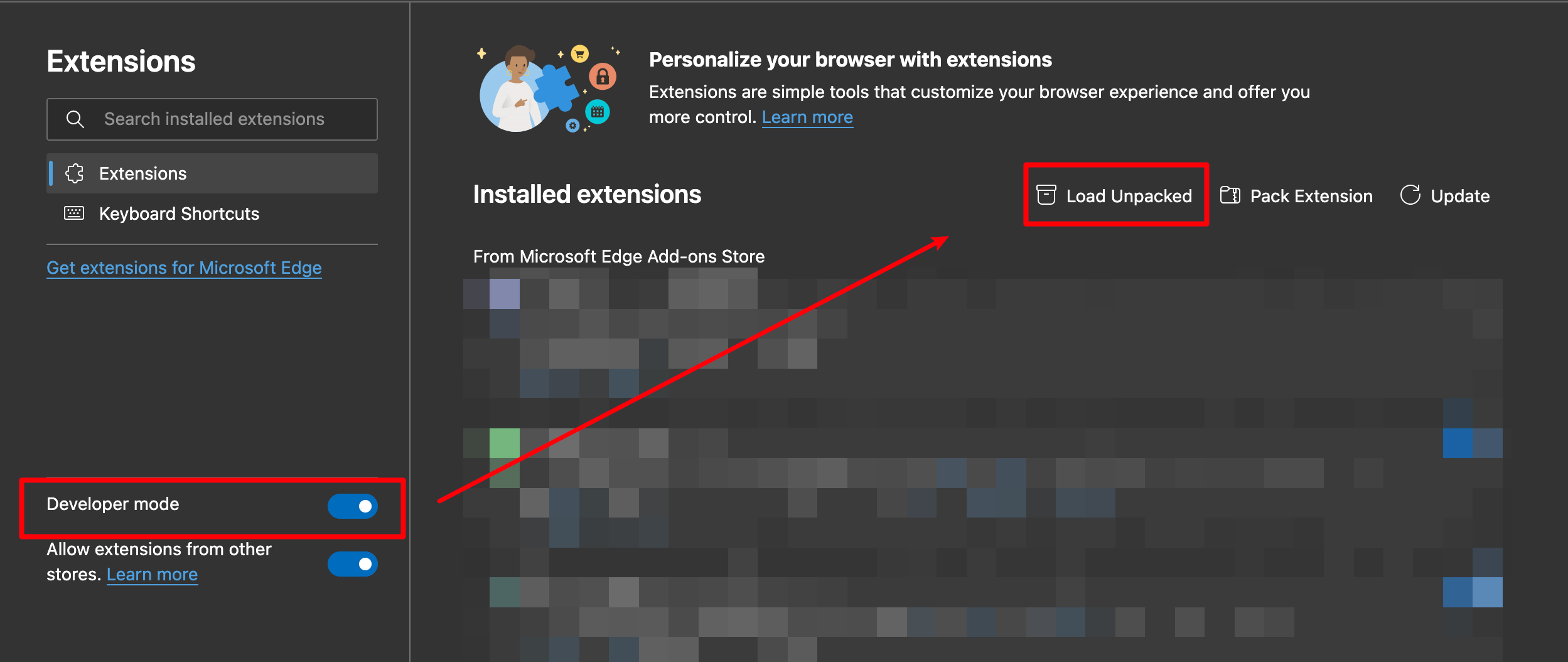
- Load the decompressed extension folder in your browser
- Type in chrome://extensions/ in the address bar and press Enter
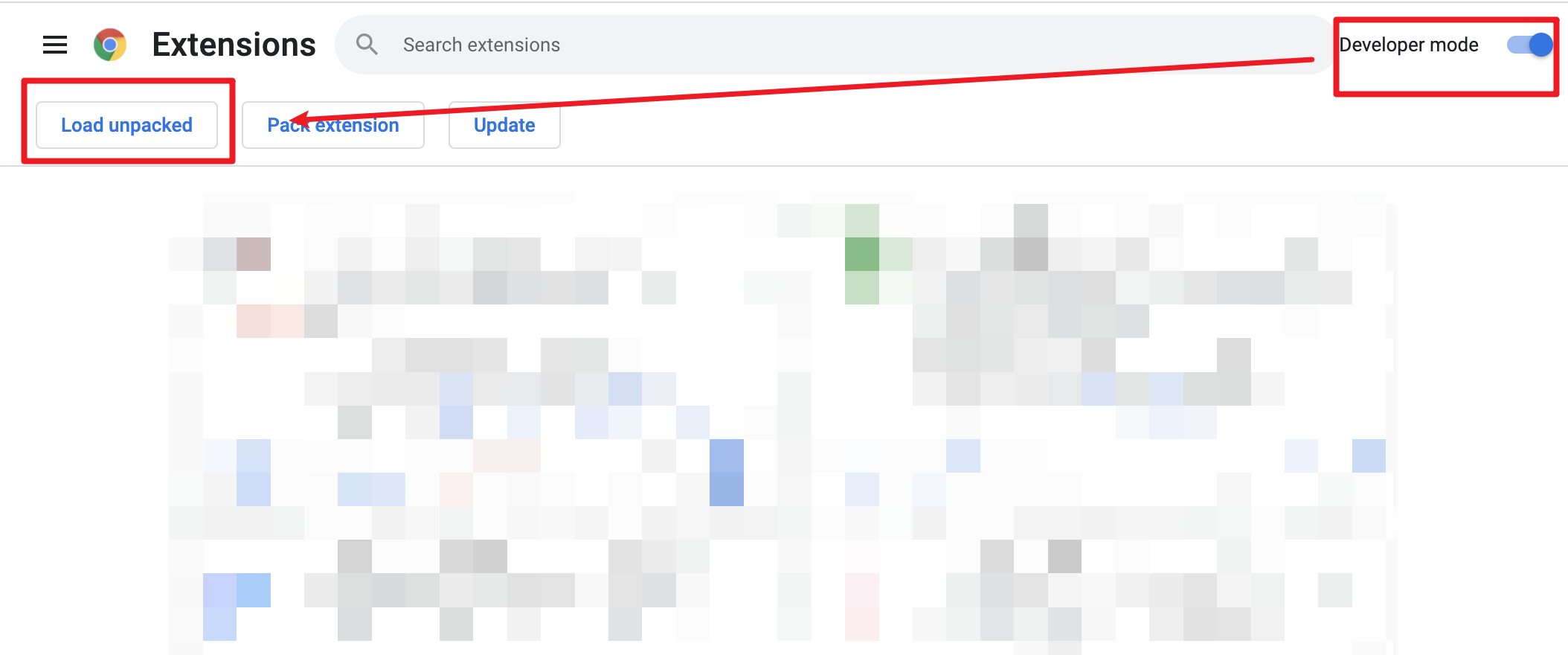
🤝 Contribution
See CONTRIBUTION.md
Contributors
- vitesse-webext - The template used for this project
- UserScripts/bilibiliHome , bilibili-app-recommend - Reference source for obtaining the access key
- Bilibili-Evolved - Partial implementation of functionalities
- bilibili-API-collect
Releases 53
Contributors 11.
- TypeScript 35.7%
My 5 must-have Firefox extensions and what I use them for

Firefox is a much better browser than the market share would indicate. With just one big exception (tab management), I would go so far as to say it's the best browser available to nearly all platforms.
It's a shame that Firefox gets overlooked but for those who do know how well the browser works, you get it. For those who might be on the fence about using Firefox, the extensions feature might help sway you.
Also: Google delays killing third-party cookies in Chrome again. What you need to know
My favorite extensions level up the open-source browser for me and my workflows. Each of these extensions is free to install and use and helps add a bit of extra security and efficiency to the browser.
With that said, let's get to the extensions.
1. uBlock Origin
uBlock Origin is the king of content blocking for Firefox. With over 7 million downloads, the numbers speak for themselves. Most think this extension is little more than an "ad blocker" but that's selling it short.
Also: YouTube videos may no longer play if you use a third-party ad blocker
uBlock Origin is a wide-spectrum content blocker that blocks ads, trackers, coin miners, popups, prefetching, hyperlink auditing, and more. uBlock Origin works with the help of various lists of known threats and issues. Out of the box, the extension uses EasyList (for ads), EasyPrivacy (for tracking), Peter Lowe's Ad server list (for ads and tracking), Online Maclicous URL Blocklist, and uBO's own list. There are other lists you can enable but the default collection works very well.
If I could only install one extension to Firefox, this would be it. I would even go so far as to say uBlock Origin should come pre-installed on Firefox; it's that good (and necessary). In this modern era, visiting certain types of websites is a security and privacy crapshoot but uBlock Origin helps tilt the odds in your favor.
2. Privacy Badger
Unlike the wide-spectrum nature of uBlock Origin, Privacy Badger focuses on one thing: invisible trackers. What makes Privacy Badger so important is that it learns as it is used. Instead of relying on lists, this extension discovers trackers based on behavior.
Privacy Badger also automatically opts you out of data sharing and selling as well as tracking. If that weren't enough, Privacy Badger also automatically removes link click tracking on both Facebook and Google, so those sites cannot track the links you've clicked on.
Also: The best secure browsers for privacy in 2024
Use Privacy Badger along with uBlock Origin (along with Firefox's built-in security measures) and you've got one of the most secure browsers on the planet.
3. Bitwarden Password Manager
Continuing with our theme of security, you should be using a password manager . When you do adopt a password manager, I highly recommend Bitwarden.
Also: How to use Bitwarden Identities to secure your most sensitive data
Not only does it have a robust feature set, end-to-end encrypted vaults, and apps for desktop, mobile, and web, but it also has a browser extension. One of the reasons many refuse to use a password manager is that it adds yet another step in their already busy day. To that end, they'll allow their web browser to store passwords for easy logins. Unfortunately, web browsers aren't nearly as safe as legitimate password managers.
With the Bitwarden Password Manager Firefox extension , you get the best of both worlds. Not only do you have the extra security layers of a real password manager, but also the simplicity and efficiency of easy logins.
4. Sideberry
The only area where Firefox struggles is tab management. Out of the box, Firefox's idea of tab management is pretty much the same as it ever was… none. That's a shame, given how browsers like Opera and Safari have created some of the best tab management options available.
Also: 5 ways to improve your Chrome browser's security
Although Firefox doesn't have an extension to rival Opera's Workspaces , it does have Sideberry , which adds a sidebar where you can better manage your tabs with a flat list, tree view, grouped tabs (folders), colorizations, automatic unloading, and custom tab titles. Ever since I started using Arc Browser on MacOS, I've come to really enjoy side tabs. The only thing I wish Sideberry could do is hide Firefox's default tab bar.
5. ClearURLs
How many times have you wanted to share a link with someone, only to find the link a never-ending stream of characters that extends far beyond the necessary address? All of those extraneous characters are tracking elements and look something like this:
The above link is for a vinyl copy of Rush's "Moving Pictures" album on Amazon. The only bit you really need is this:
With the ClearURLs extension, when you click on the Amazon listing, it strips away all of the tracking bits and presents only the necessary link. To me, that's a must-have.
And there you have it, five extensions that help level up Firefox's security and efficiency. If you don't find an extension here that tickles your browser fancy, you can always check the Firefox extension market and find an exhaustive list of possible add-ons to help make Firefox the web browser you've always wanted and needed.
7 features that make Brave such a good browser
The best mobile vpns: expert tested, the best vpn services of 2024: expert tested.

COMMENTS
Convert the Extension: In the Extension Builder, click on the '+' button and select 'Add Extension'. Navigate to the folder containing your unzipped Chrome extension and click 'Select'. Safari will then convert the Chrome extension to a format it can use. Install the Extension: Once the conversion process is complete, click on ...
Apple is shipping an extension converter to let you port your extension quickly. When you run it, it'll tell you if everything is going to work as expected. You can then package it in an Xcode ...
Enable the extension. Once installed, you'll need to enable the extension to use it. Here's how: Open Settings. Tap Safari. If you installed a content-blocking extension like Adblock, you'll see it under "Allow these content blockers." Other extensions will appear under "Allow these extensions."
To use an extension when browsing privately: Choose Safari > Settings. Click Extensions. Select the extension in the sidebar, then select "Allow in Private Browsing" on the right. Whether or not you're browsing privately, you can also restrict the extension's access to certain websites. Click the Edit Websites button to view the extension ...
Here you will need to type two commands. First, to select Xcode, type sudo x-code -s <xcode app path> in the terminal. Then to convert your extension, type cxrun safari-web-extension-convert <extension path>. While running, choose 'Yes' as the default option if anything comes in between.
In this video I take you through how to get Chrome Extensions in Safari. Apple created a tool, the Safari web extension converter, that you can run through t...
Last year, Apple opened Safari's extensions to use the same technologies as Chrome extensions: JavaScript, HTML, and CSS, aka standard web technologies. In theory, developers could get their extensions running on Safari with little or no extra work. In practice, even this was too much of a bother. Chrome has around 65% of the browser market.
Articles index Porting your Chrome extension to Safari April 29 2021 by Jeff Johnson. Safari version 14 for macOS, released last year, added support for the cross-platform Web Extensions API.The intention was to make it much easier to port your Chrome extensions to Safari, by allowing you to use the same code on each platform.
How to add extensions. Tap on the Settings app. Scroll down to and select Safari > Extensions. Any extensions that you've already installed will be listed here. Tap on "More Extensions" if ...
When you create a Safari Web Extension, you can help people get common online tasks done more quickly and efficiently — all while using the same extension model and APIs found in extensions for Google Chrome, Mozilla Firefox, and Microsoft Edge browsers.
Before using Chrome iPad extensions, you must go through a conversion process first. Since Chrome extensions are not supported on an iPad, they must first be 'adapted' for Safari. You can do that with xCode and the Safari web extension converter. Here are the steps to use chrome extensions in Safari on your iPad: You will need Xcode 12.2 to ...
In this video I take you through how to permanently add Chrome Extensions to Safari. Apple created a tool, the Safari web extension converter, that you can r...
5. A Safari warning will pop up, click "Quit and Open Safari Extensions Preferences". 6. Check the box for your new extension. - * If it doesn't show then that means you need to enable developer menu mode. - * Safari -> Settings/Preference -> Advanced -> Show Develop menu in menu bar. - * Develop -> Allow unsigned extensions.
How to port existing web extensions to Safari 14 on new macOS Big Sur. We will port Notion Web Clipper in this tutorial.Notion Web Clipper: https://addons.mo...
Guidelines on using Chrome Extension on Safari on Mac. Both Chrome and Safari allow you to apply Extensions to extend the specific function, which brings you great convenience. However, you may install different Extensions on different browsers, thus, it might be troublesome when you shift from one browser to another without bringing the ...
In regards to importing actual chrome extensions into Safari, this is what I read from a friendly website: "Apple says developers have two options for creating Safari web extensions: • Convert your existing extension into a Safari web extension, so you can use it in Safari on macOS and distribute it in the App Store. Xcode includes a command ...
Import Bookmarks to Chrome: Launch Google Chrome and click on the three-dot menu in the top-right corner. Navigate to "Bookmarks" > "Bookmark Manager." In the Bookmark Manager, click on the three-dot menu and select "Import Bookmarks." Choose the bookmarks file exported from Safari and click "Open."
so i know that it is possible to use extensions on safari for chrome, but wanted to know if chrome on iPhone supports extensions? 3. 5 Share. Add a Comment. Sort by: kapilbhavsar144. • 2 yr. ago. no unfortunately, only safari supports extensions. 1.
When your browser is open, go to Safari (next to the apple symbol) and select Safari extensions. Safari Web Extensions will allow you to add Google Chrome, Firefox, or Edge extensions to the browser. A share extension is available for use in content blockers and apps on iOS and Macs. Apps on both platforms can be extensions for developers.
Launch Settings on your device. Tap Safari. Under General, tap Extensions. Select the extension you want enabled and turn it on. Return to Safari on your iPhone or iPad, and tap the puzzle icon in ...
2. In a word, no. Safari Extensions and Chrome Extensions are designed for two different web browsers. Just like you can't (natively) run a Mac app on Windows or Linux, you can't run a Chrome Extension on Safari. Some developers write extensions for multiple browsers (Chrome, Firefox, Safari, etc.) but they must be written for the browser they ...
To see your converted extension in Safari, follow the instructions in Running your Safari web extension. Add iOS to your existing Xcode project. If you have an existing Xcode project with a macOS Safari web extension, and you want to add support for iOS to it, use the converter with the --rebuild-project option.
Apple's Safari browser supports extensions but is not compatible with Chrome extensions. However, you can install the Chrome browser on a Mac if you need to access a Chrome extension.
Go to the Chrome website, and visit the Block Site Extensions. On the top right of the page, click Add to Chrome. Click Add Extension to confirm the installation of the extension.
How to set up the Map Redirect Safari extension . Start by downloading the Map Redirect for Map Links app from the App Store ($1.99). When you open the app, it will give you directions to set it ...
Opening the edge://extensions page in the Edge or chrome://extensions page in Chrome, simply drag and drop the downloaded extension.zip file into the browser to complete the installation. Another installation method for Edge & Chrome . Edge. Ensure you installed extension.zip and decompress this file.
Firefox is a much better browser than the market share would indicate. With just one big exception (tab management), I would go so far as to say it's the best browser available to nearly all ...